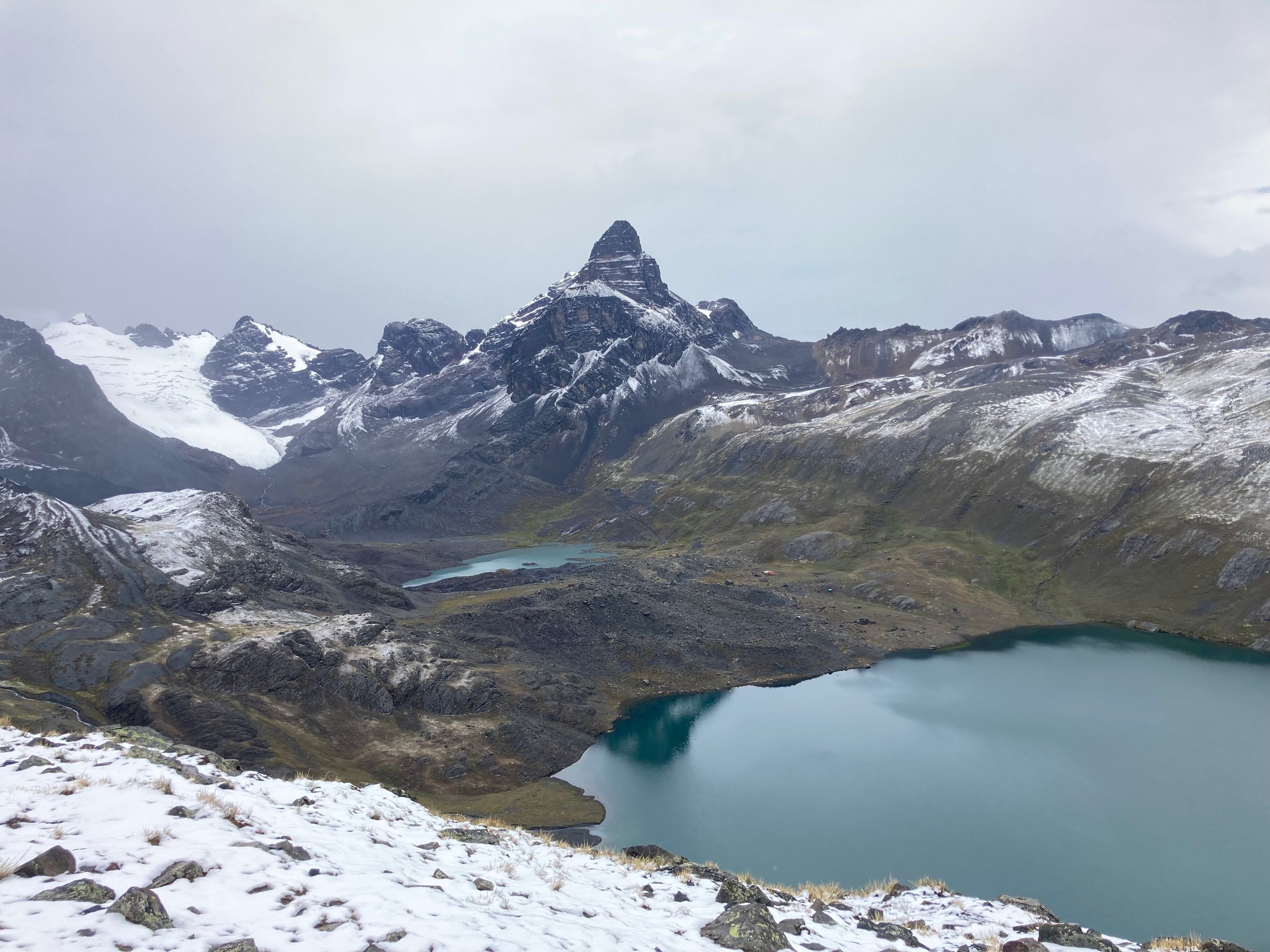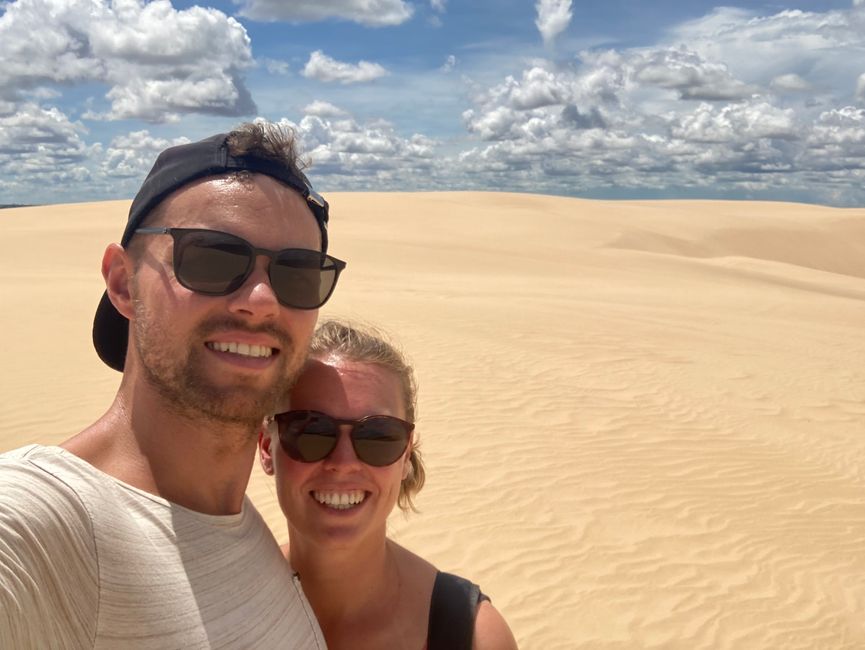Bolivia: La Paz and Lake Titicaca
ተሓቲሙ: 09.07.2023
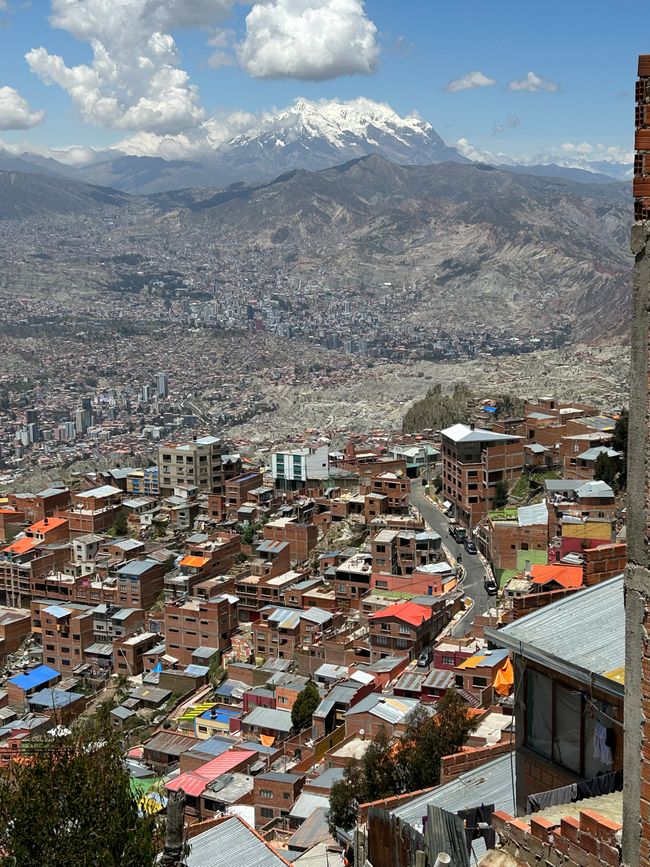
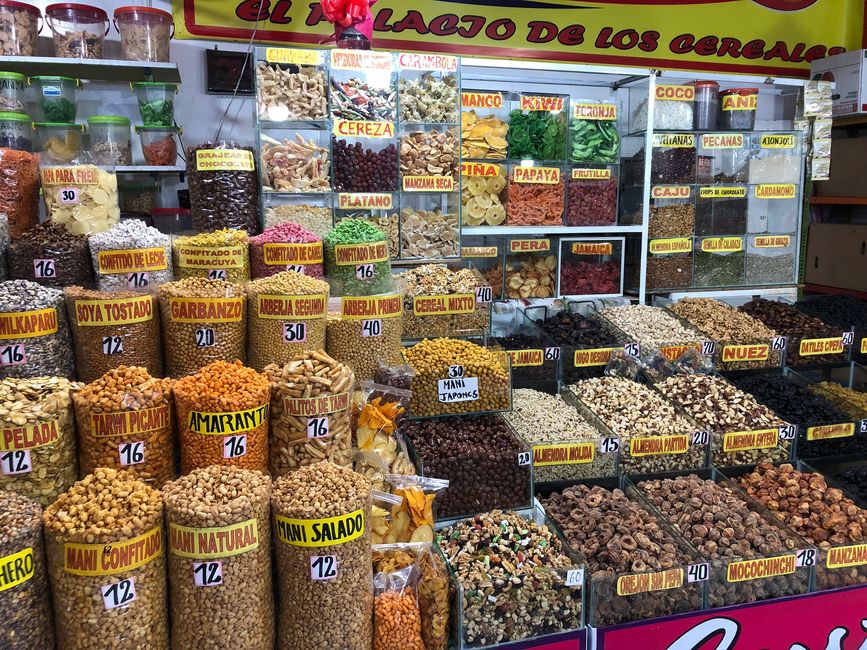
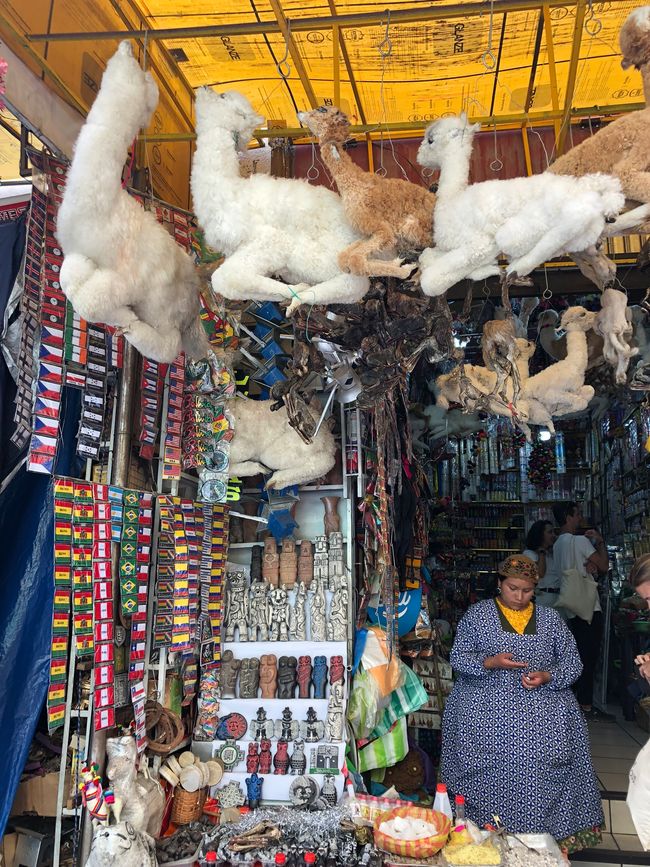
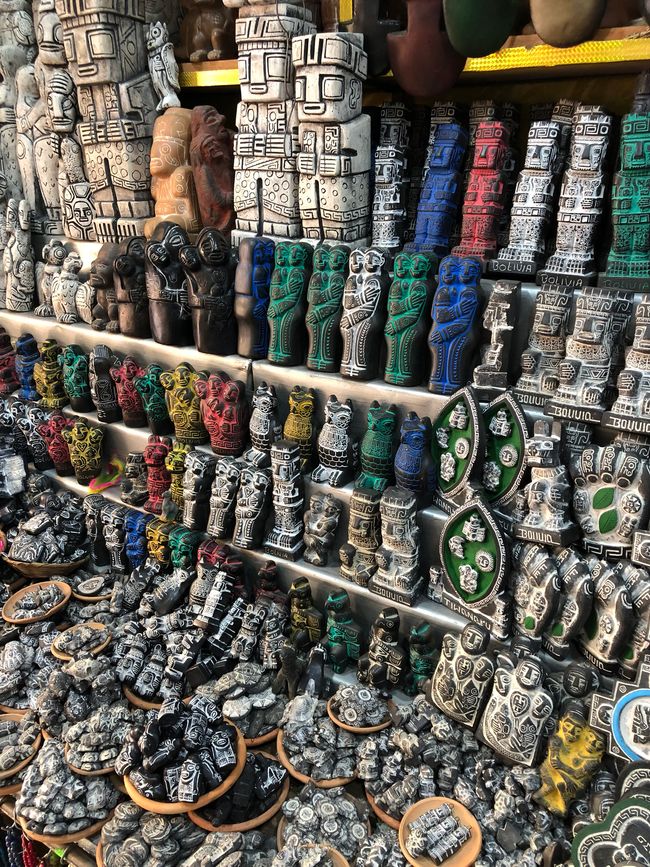
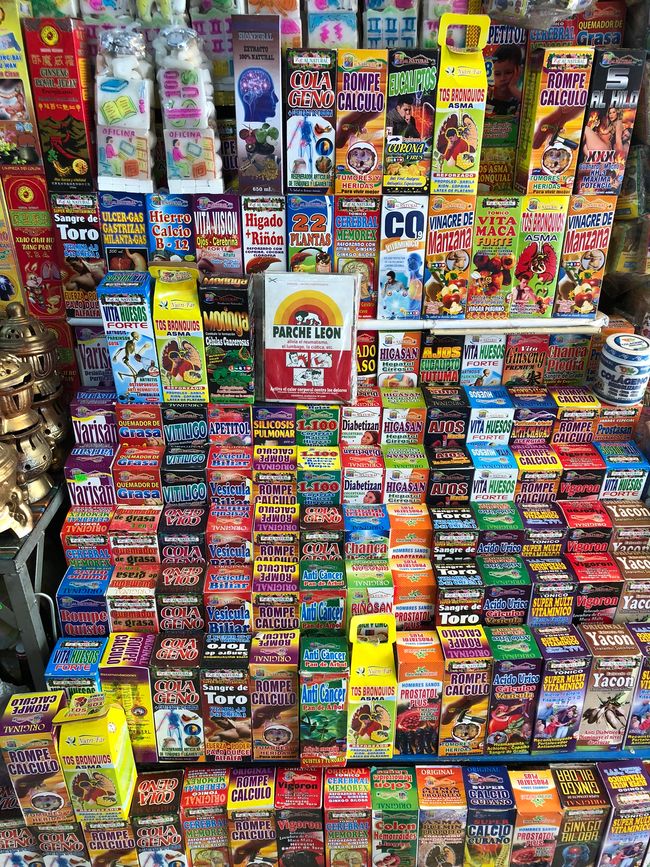
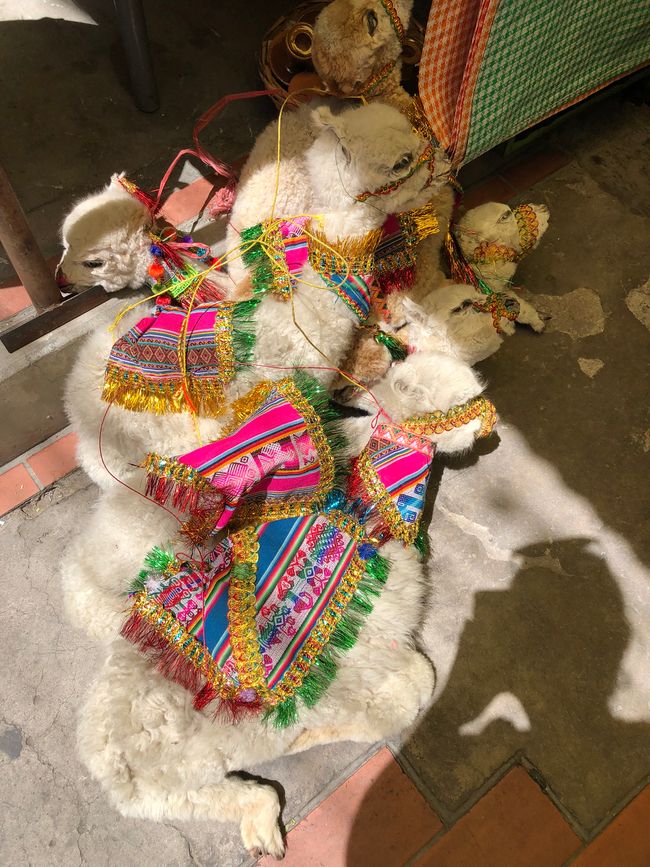
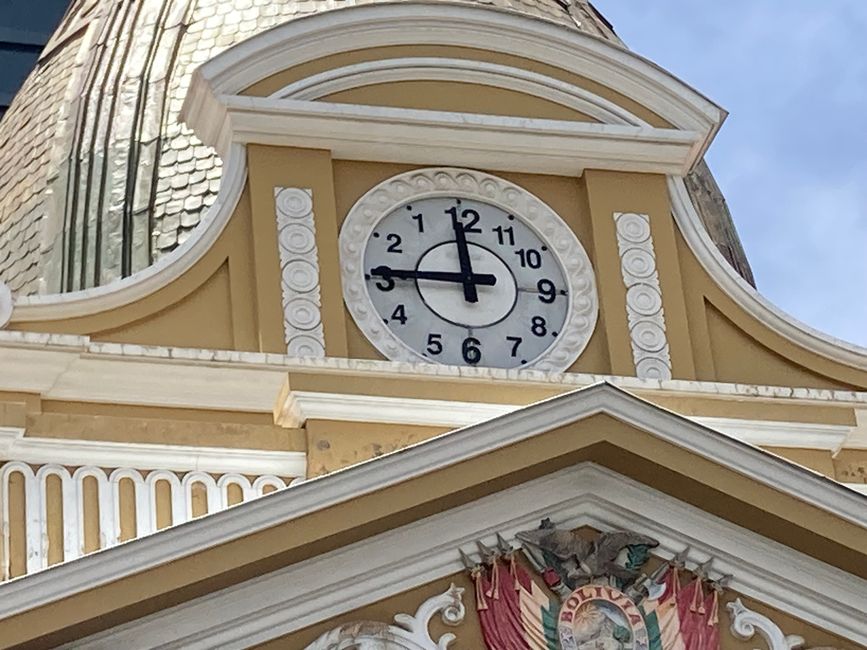
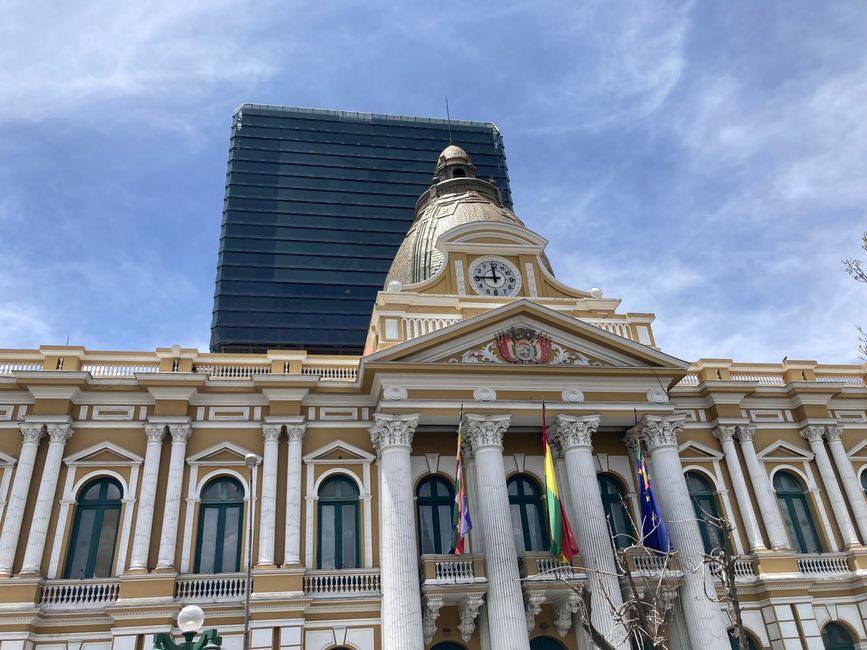
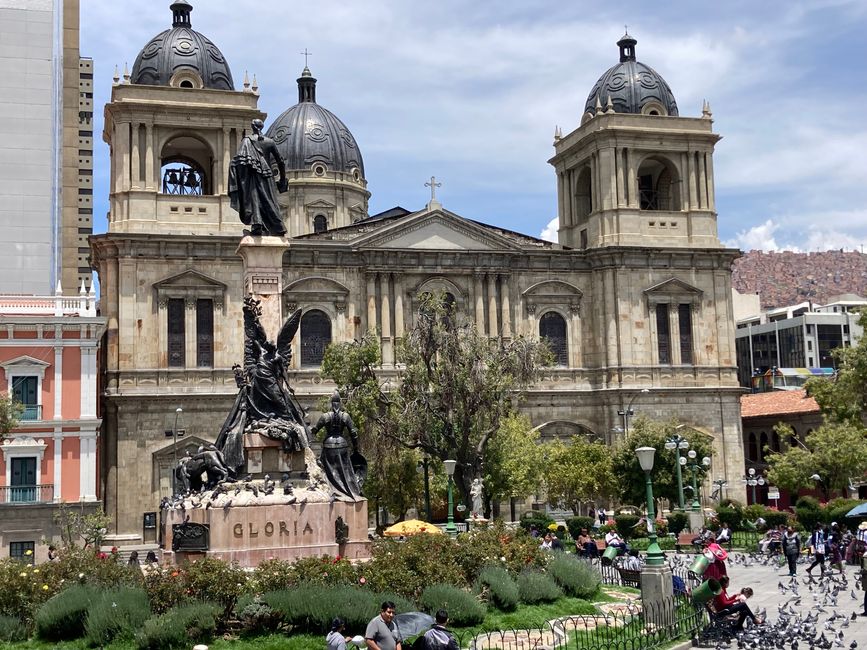
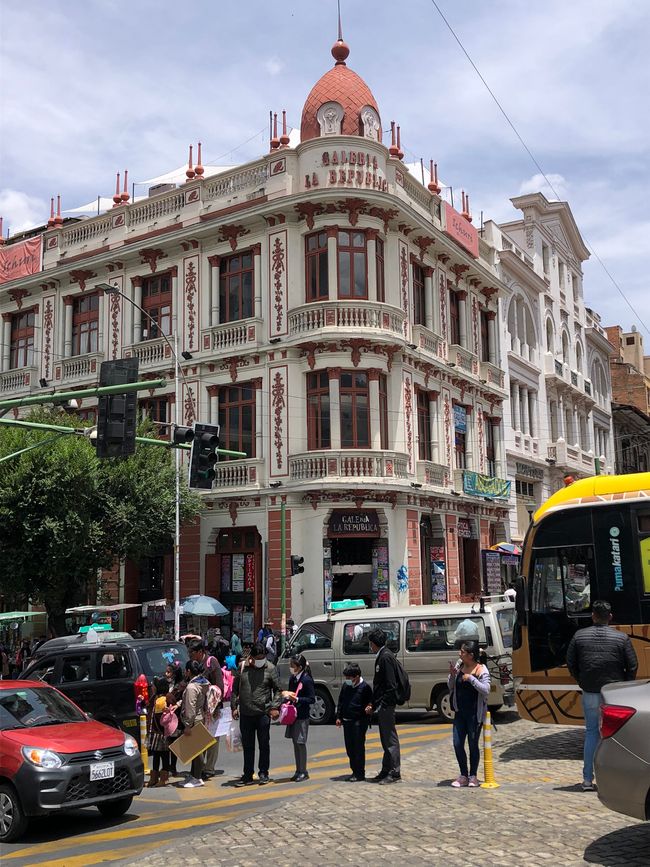
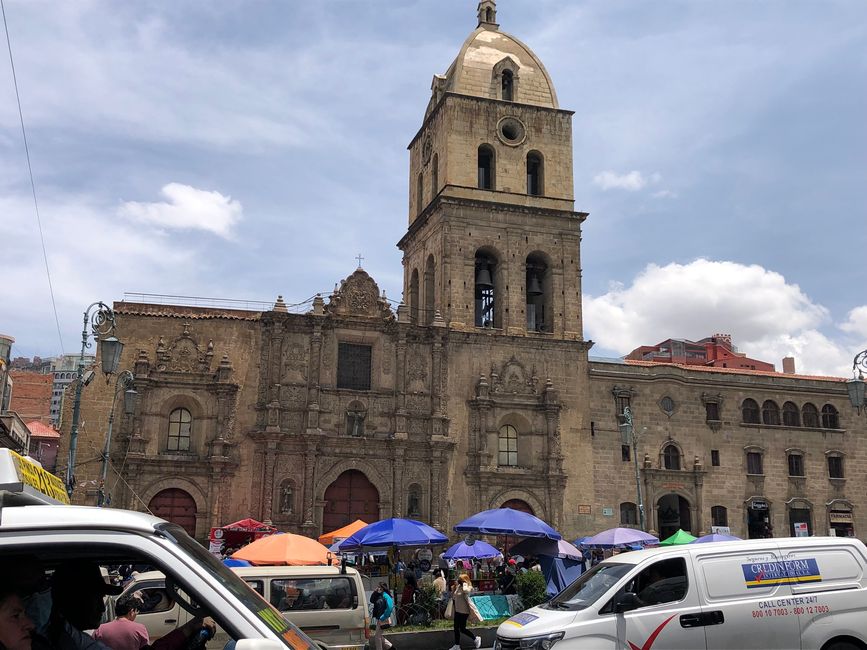
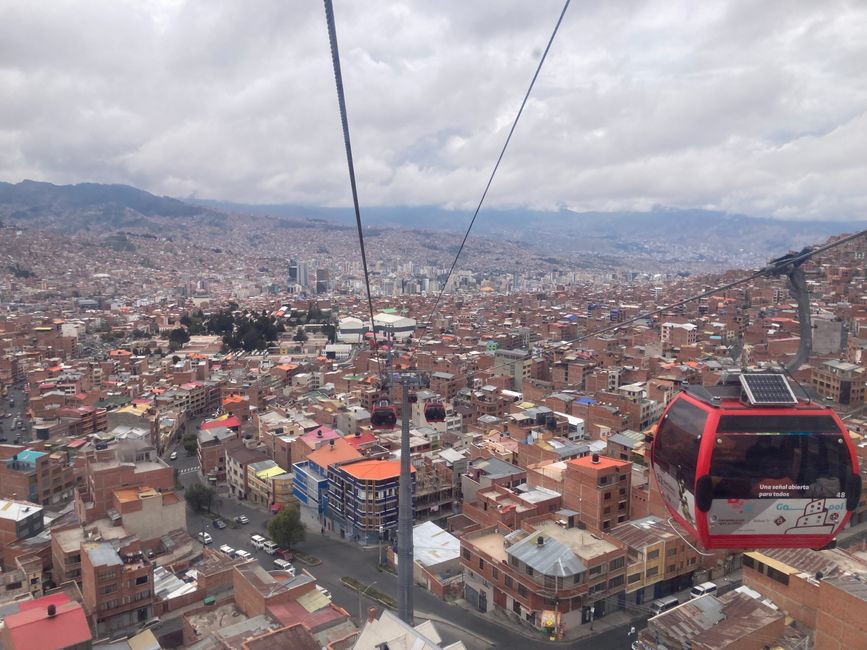
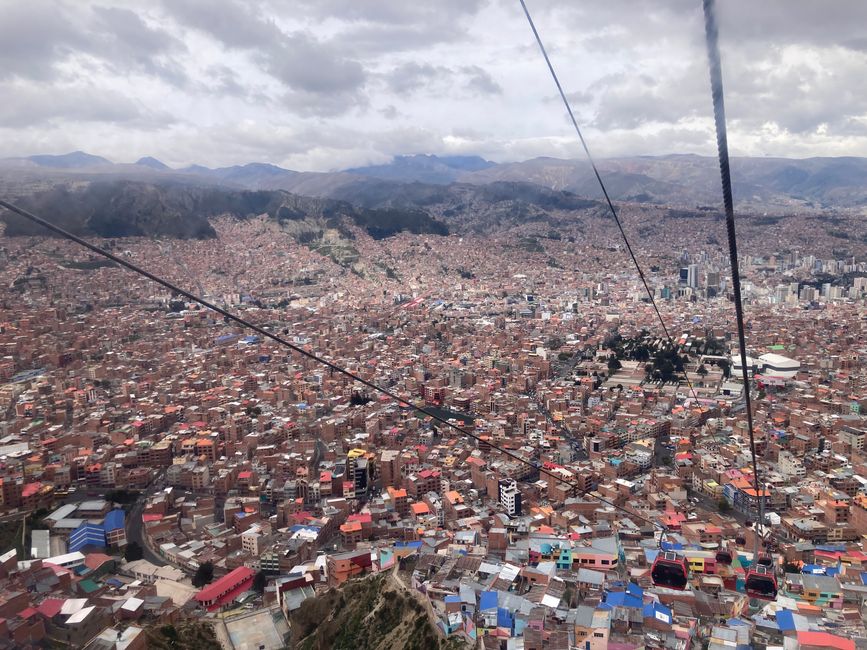
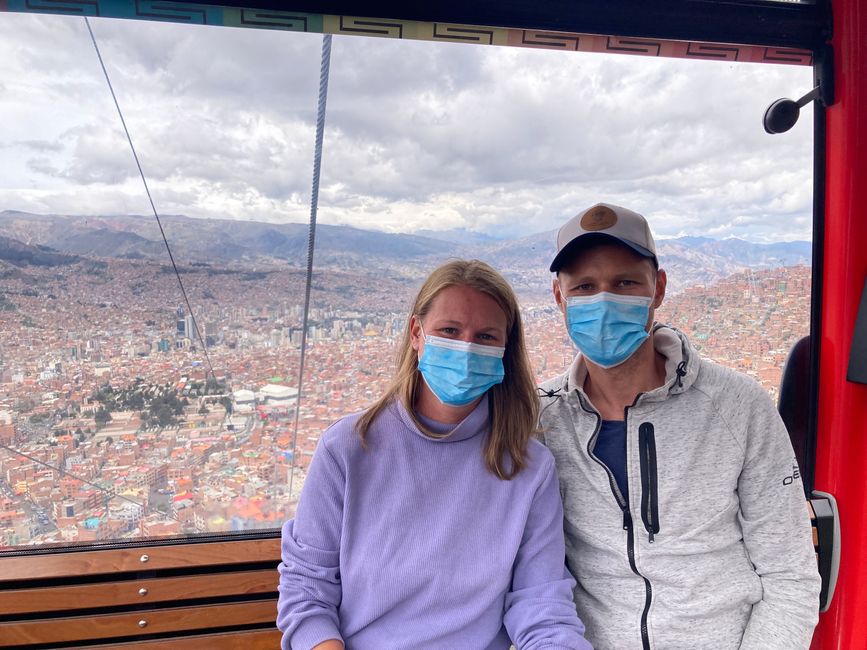
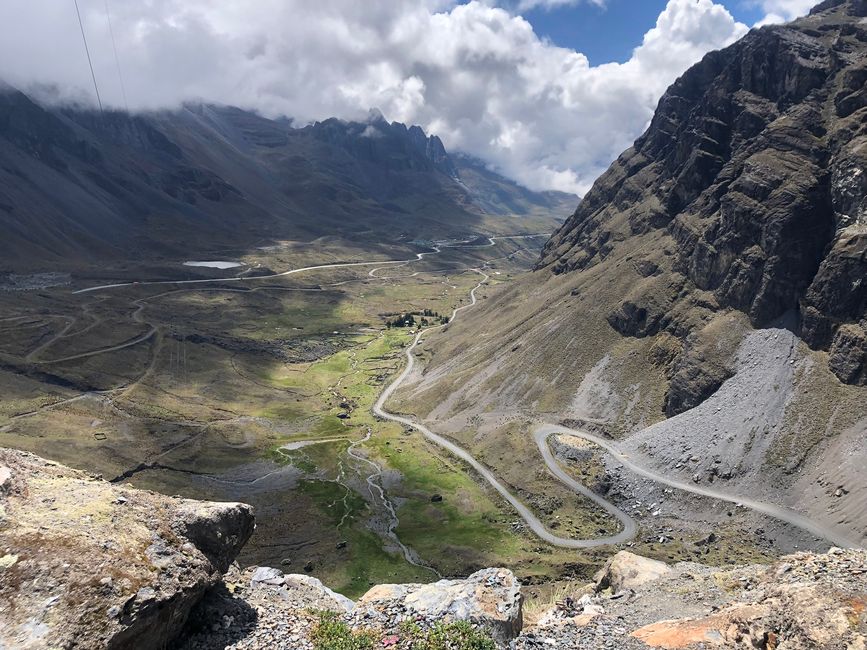
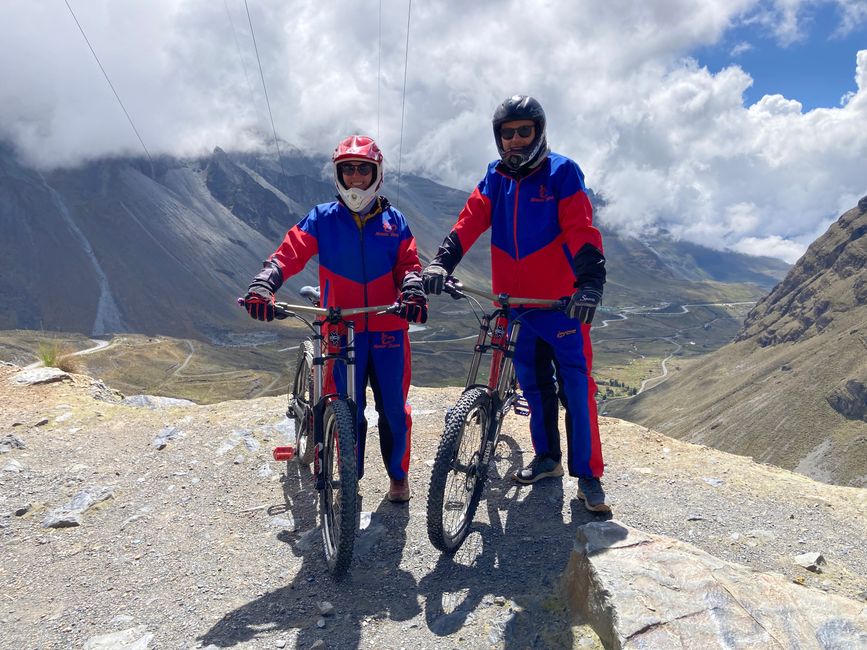
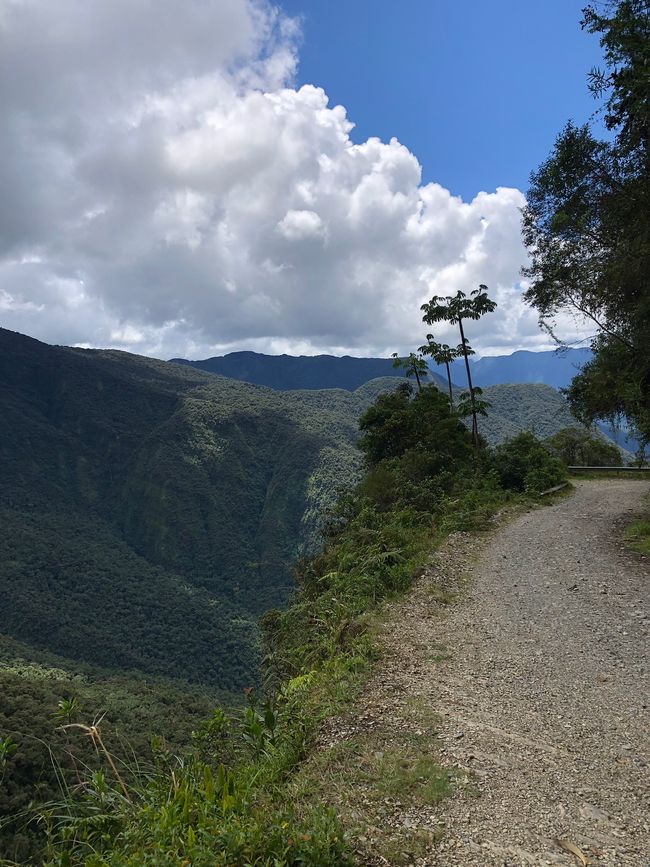
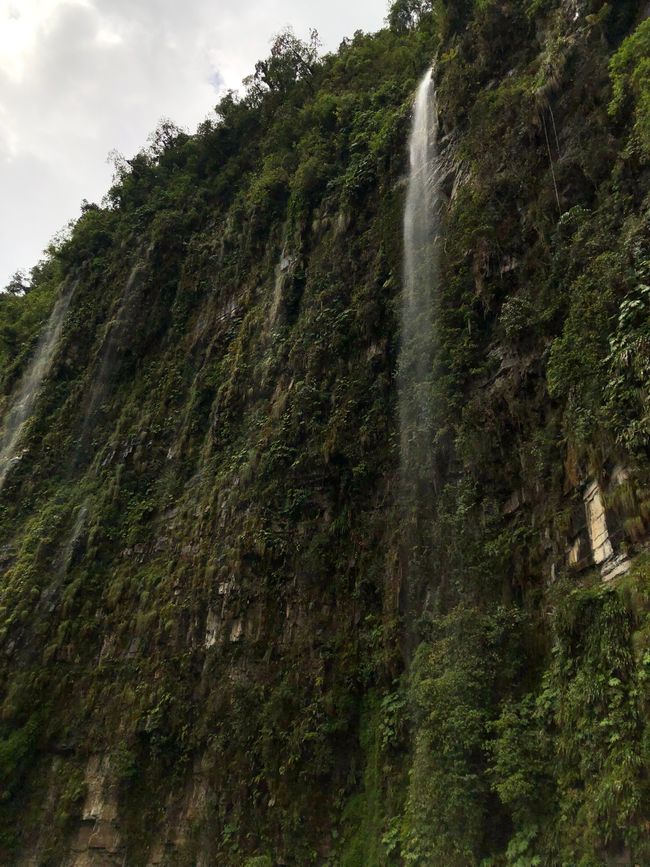
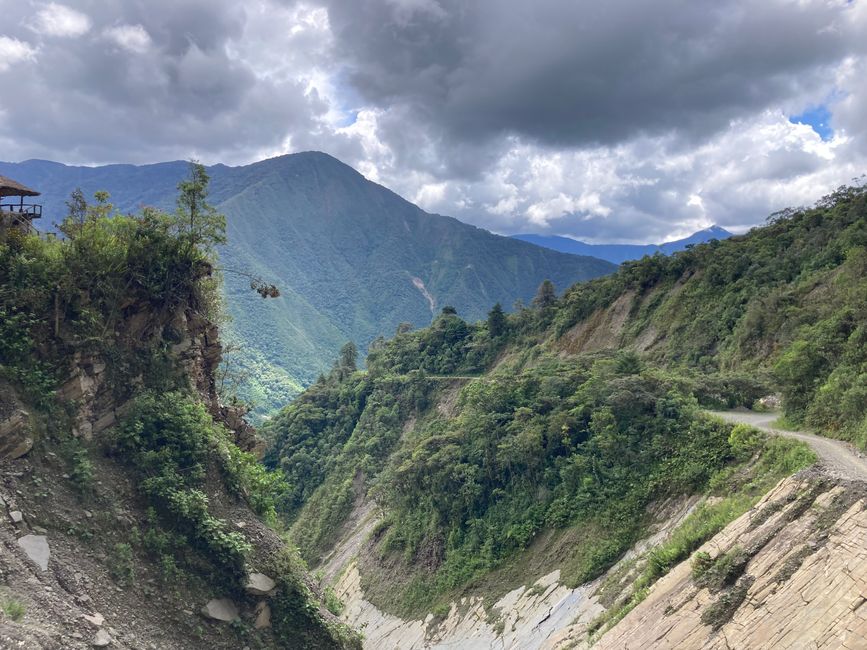
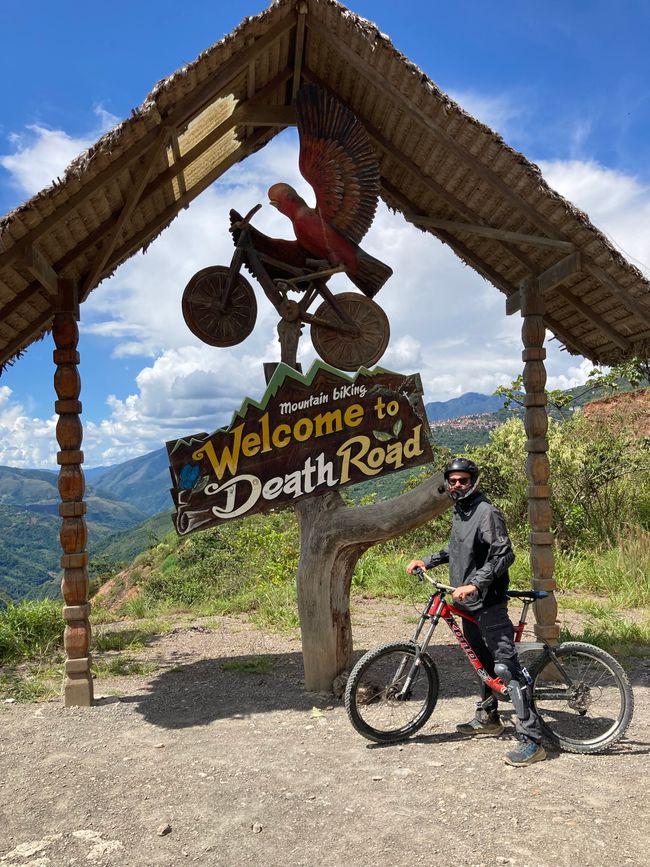
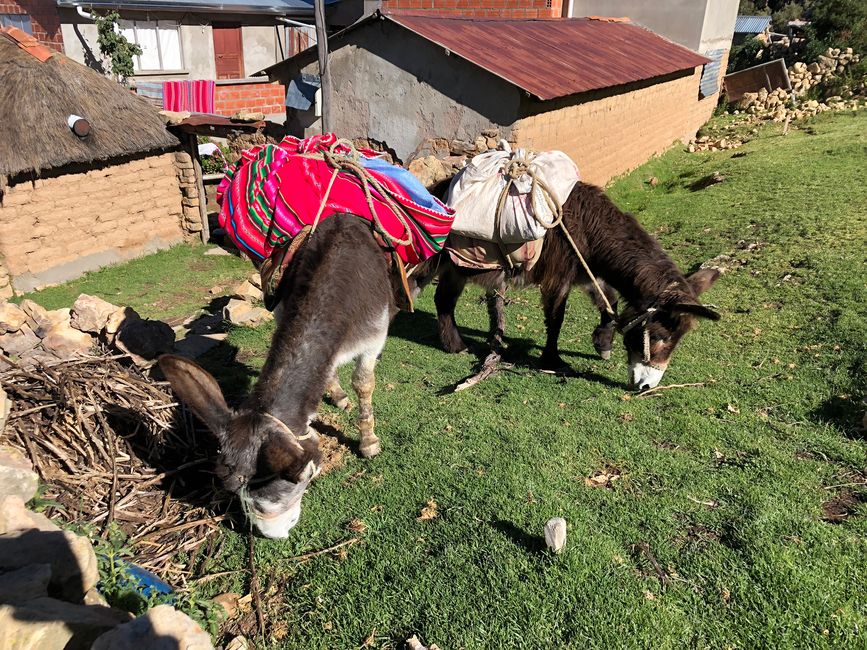
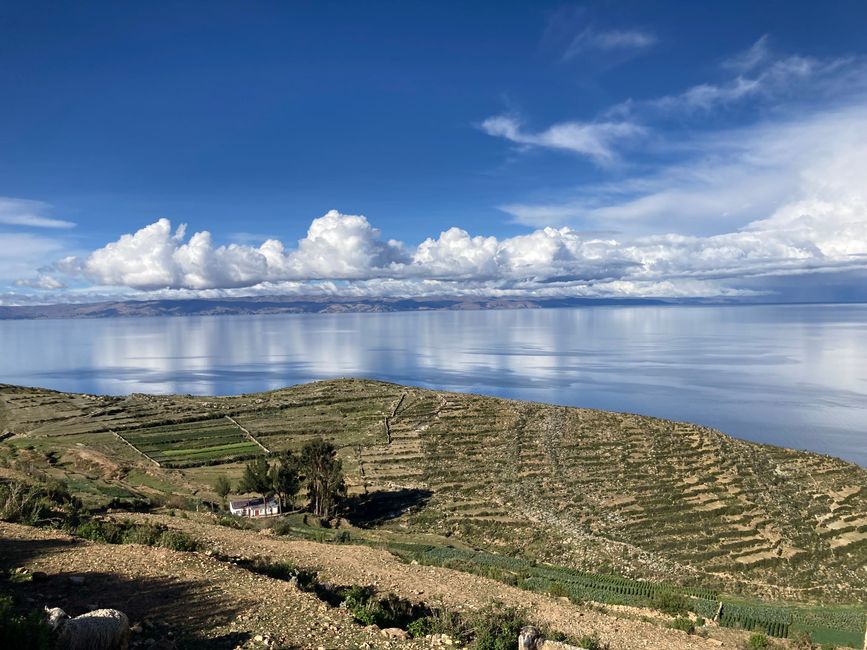
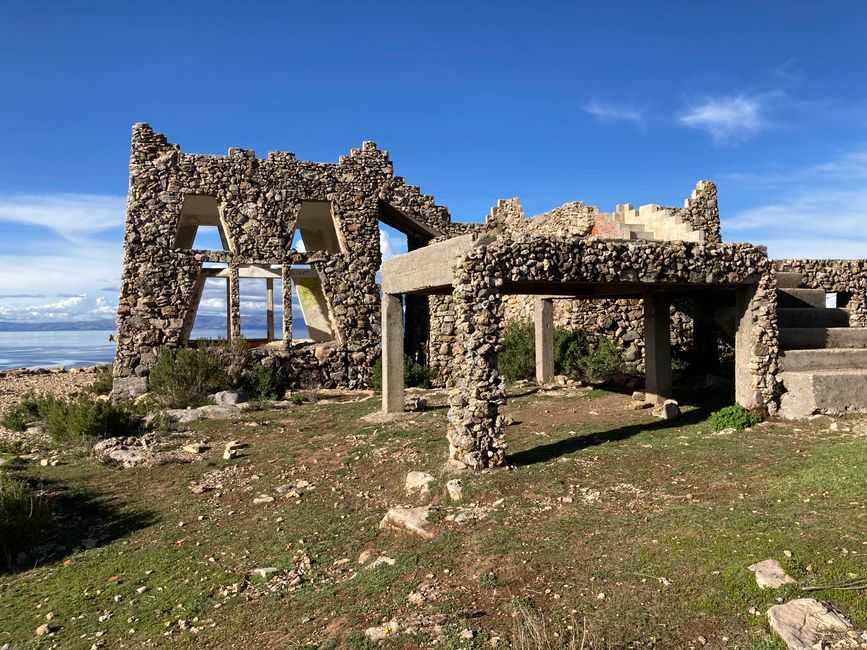
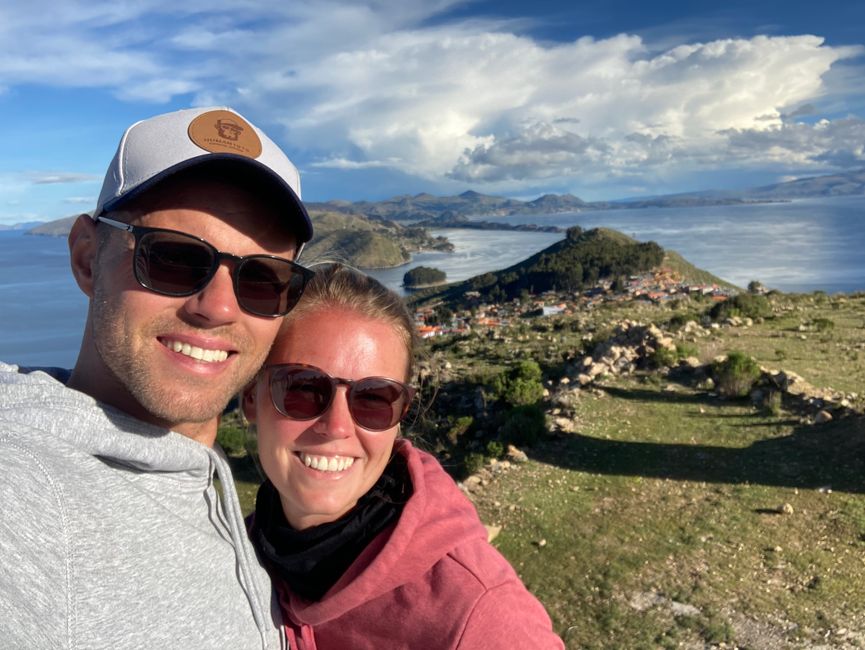
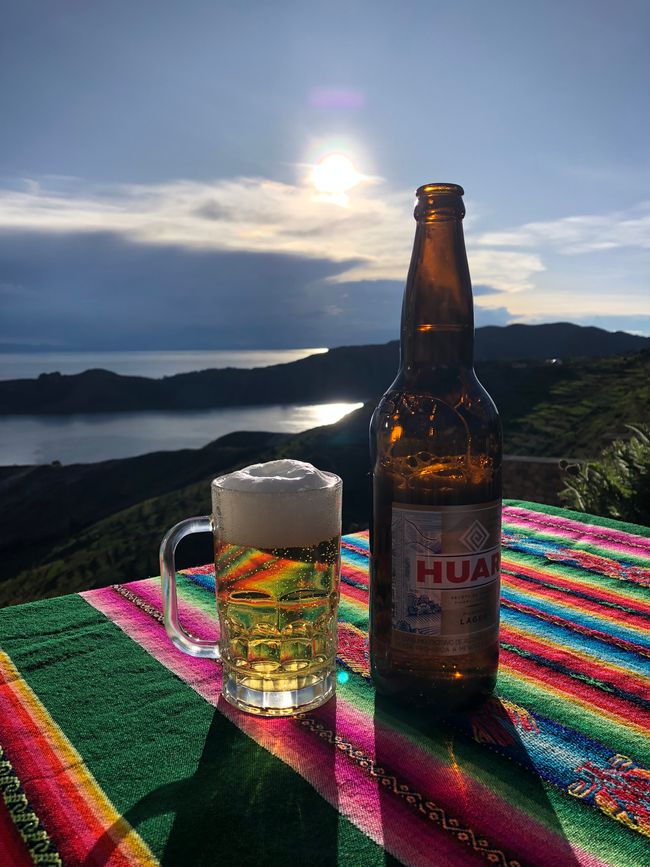
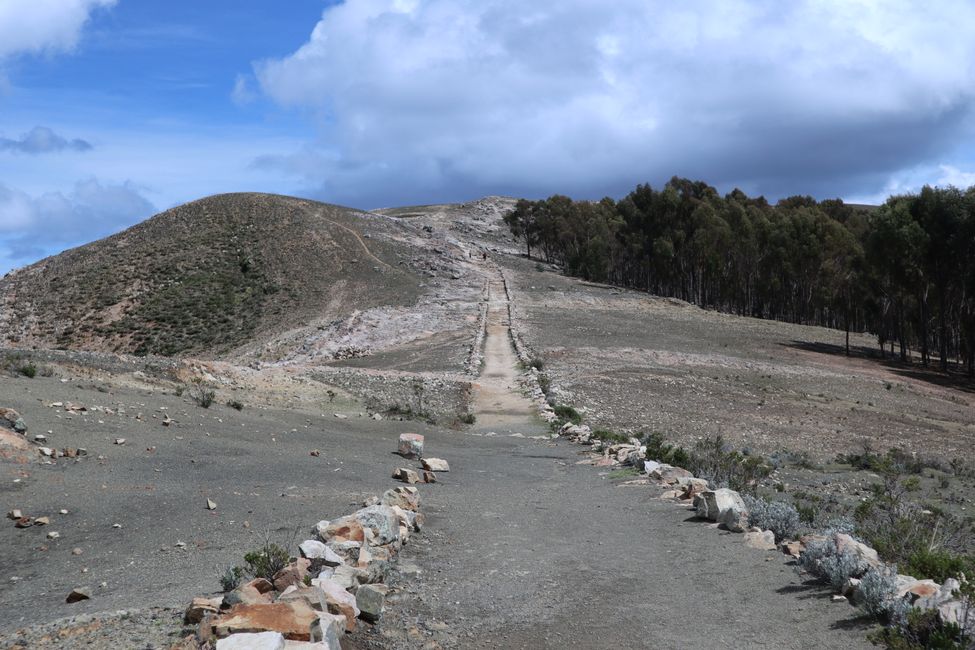
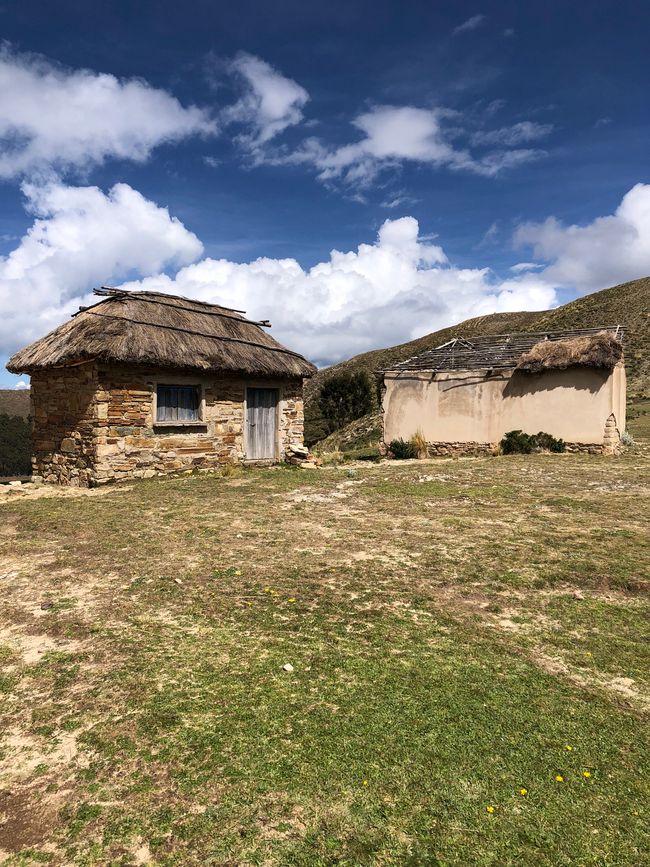
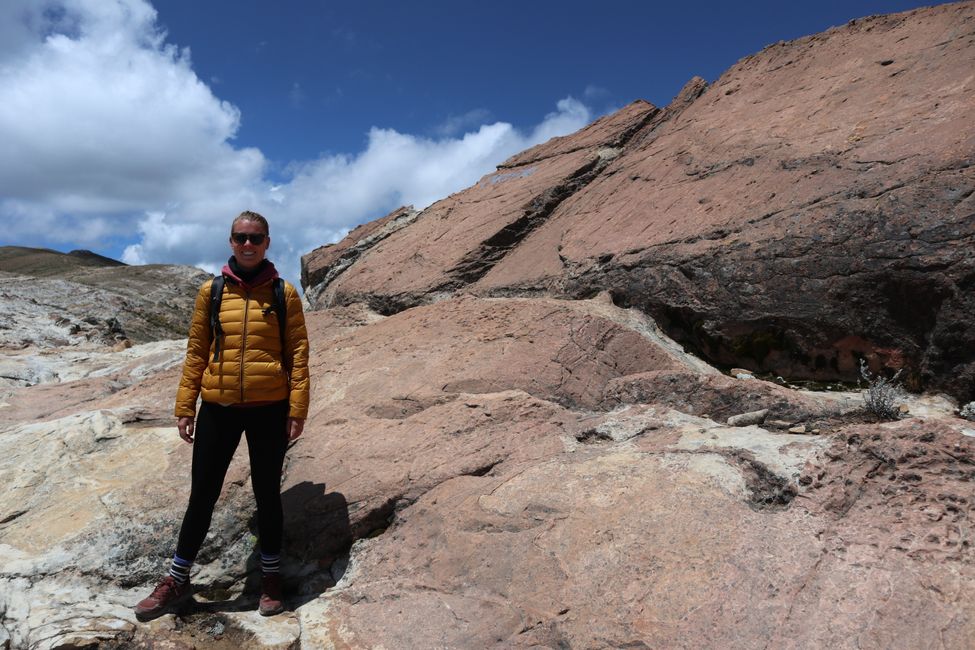
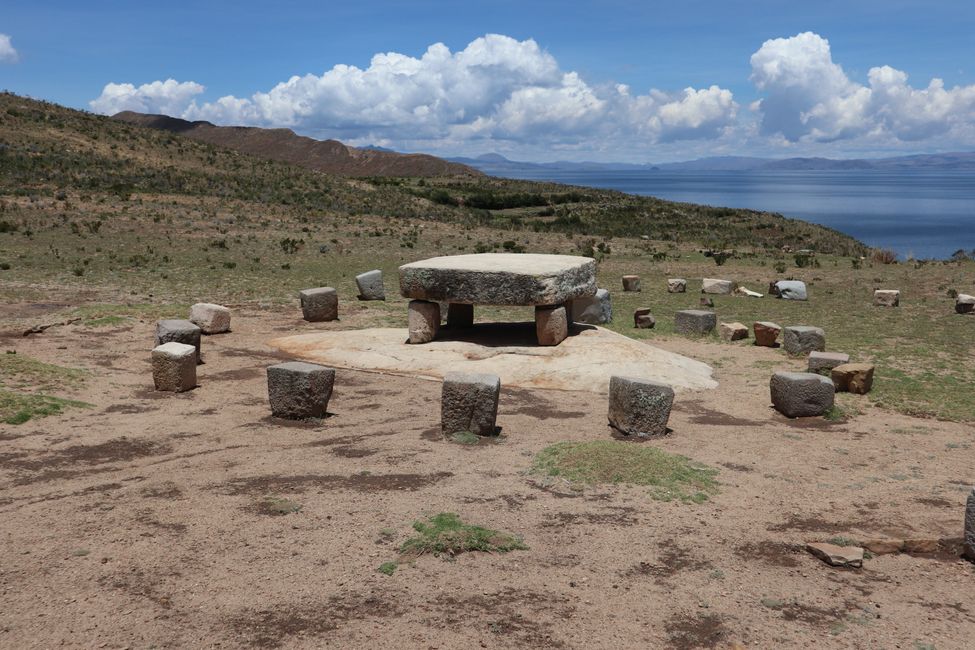
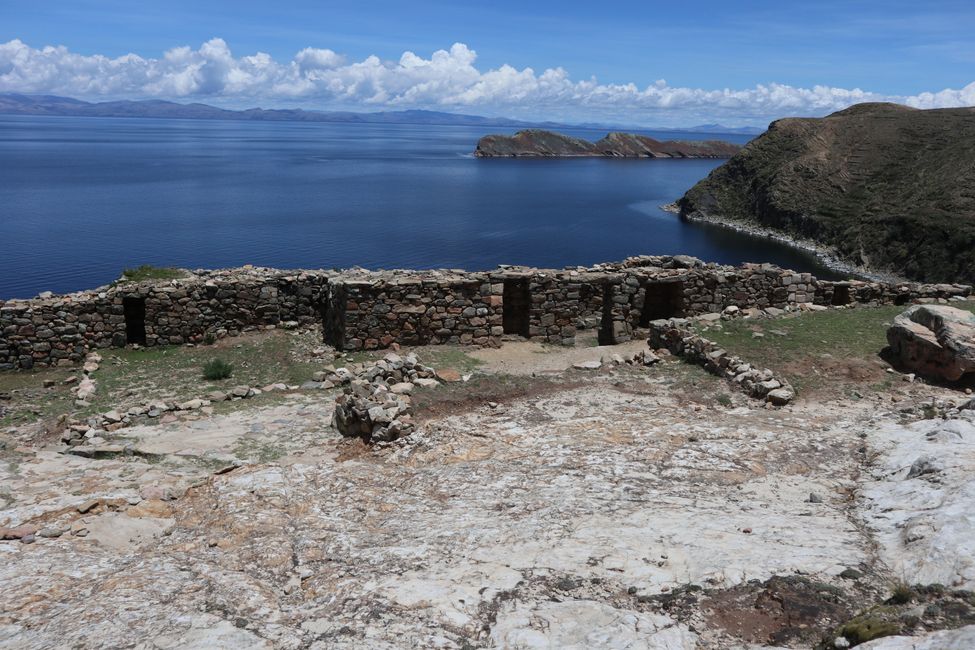
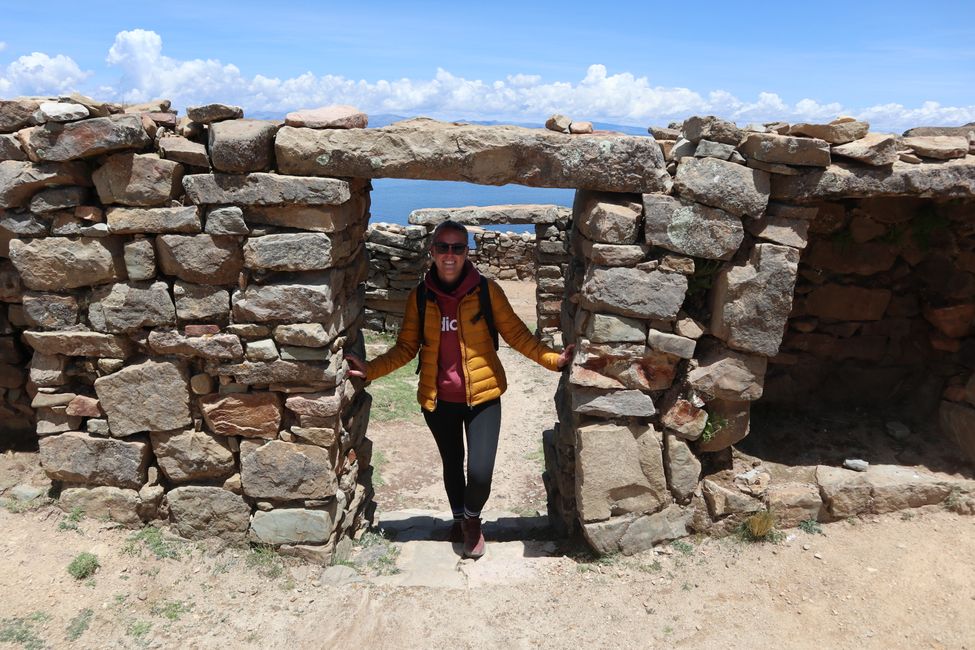
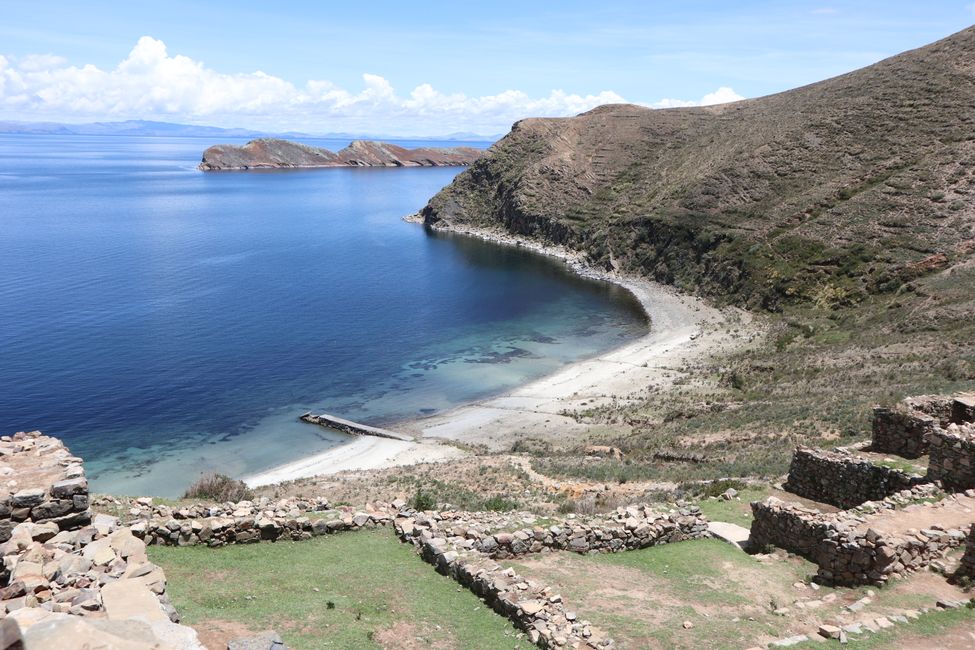
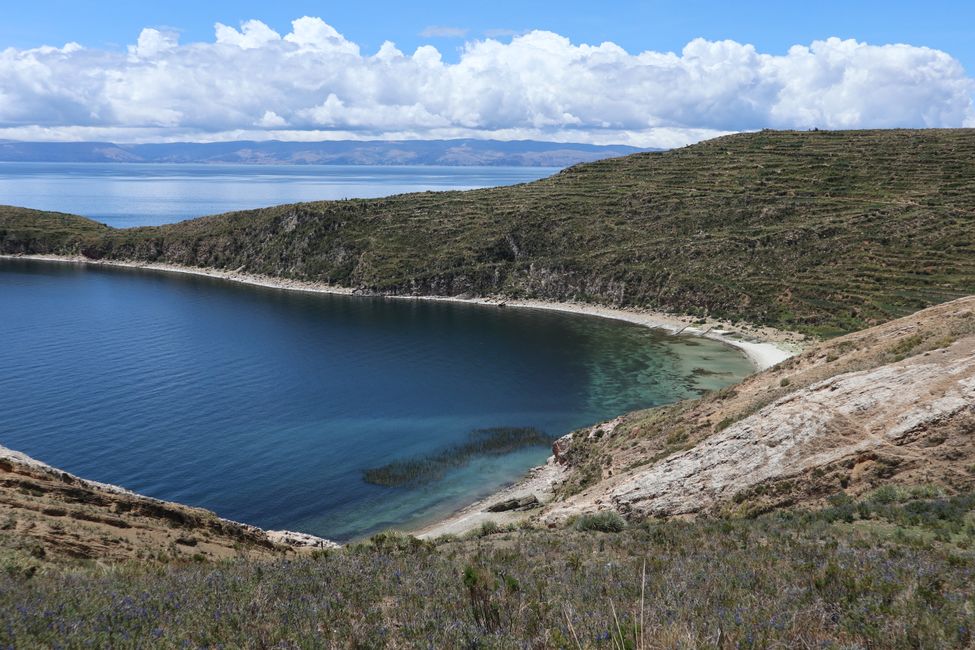
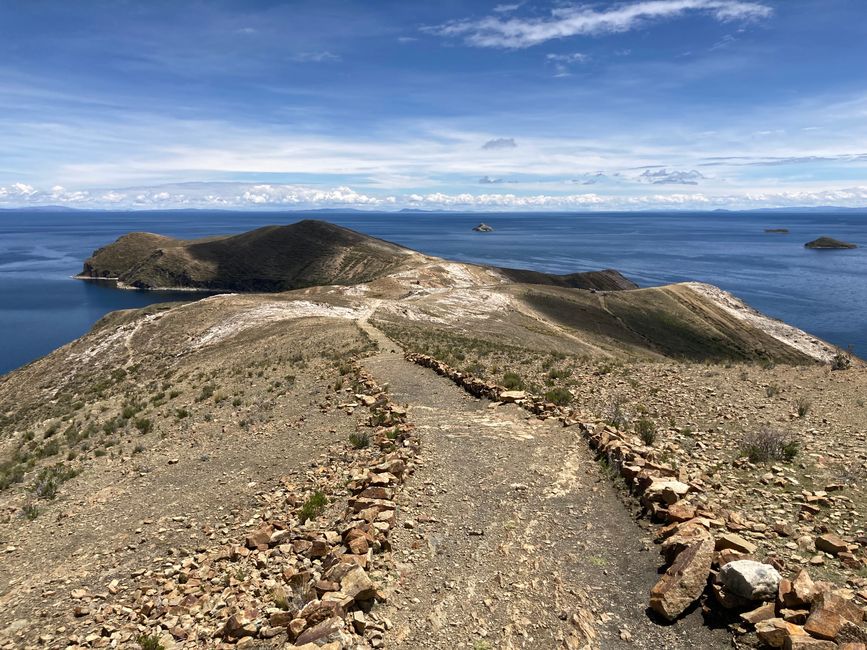
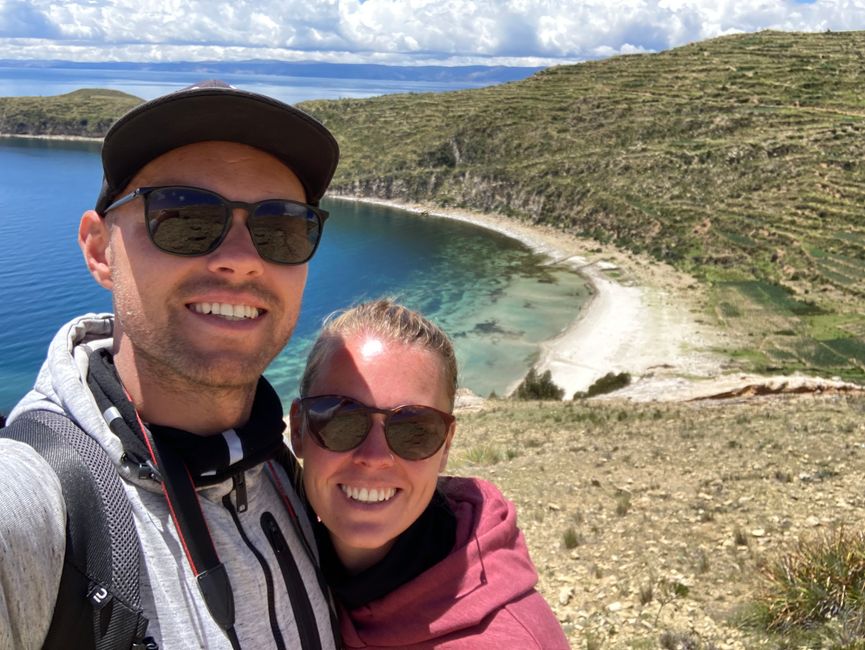
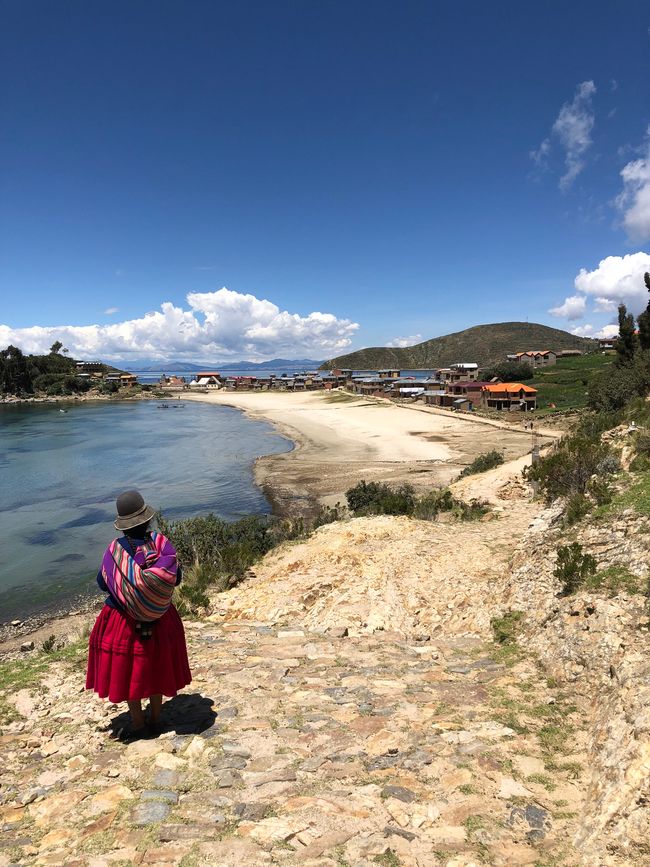
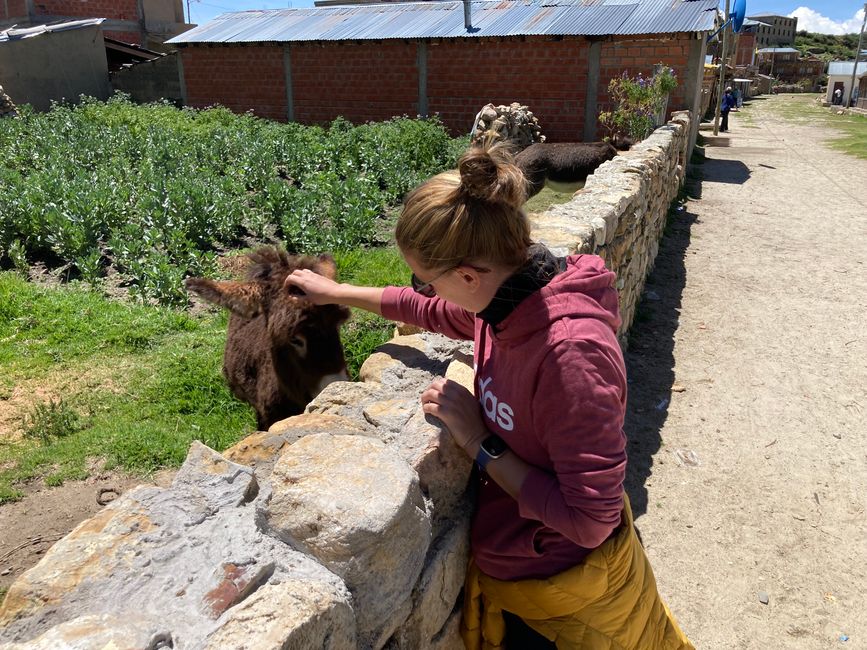
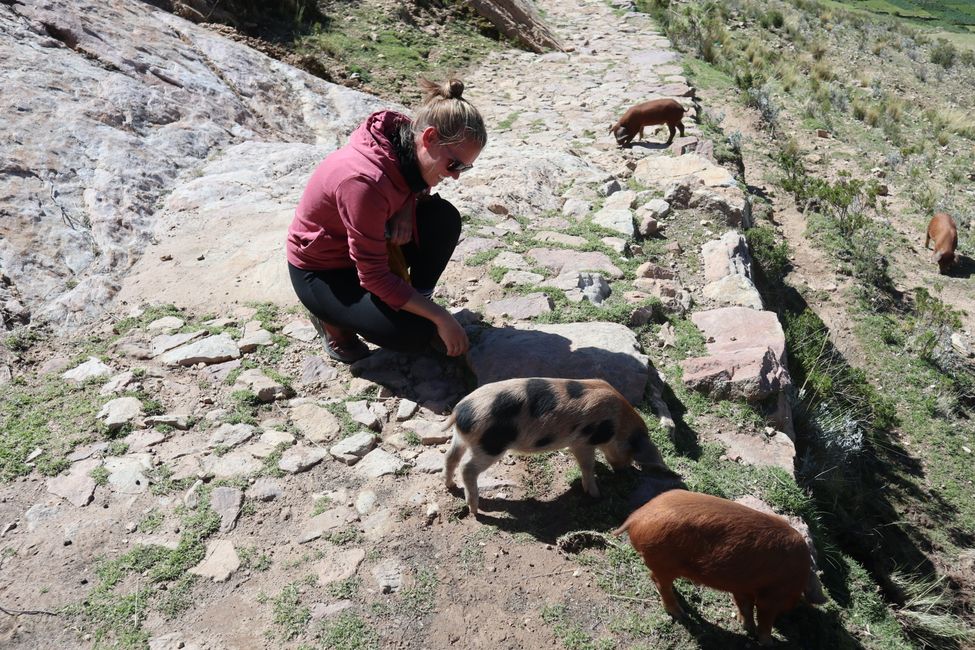
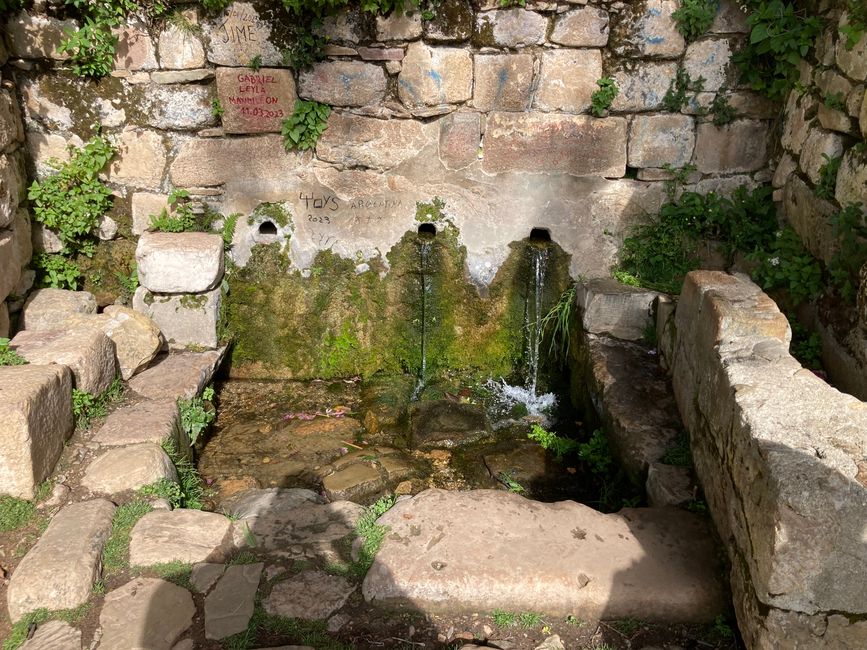
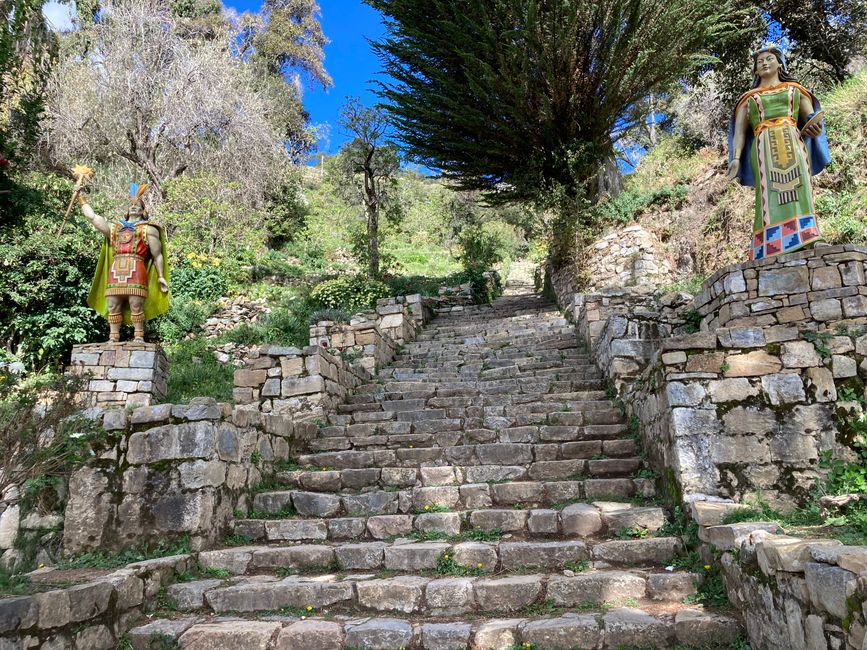
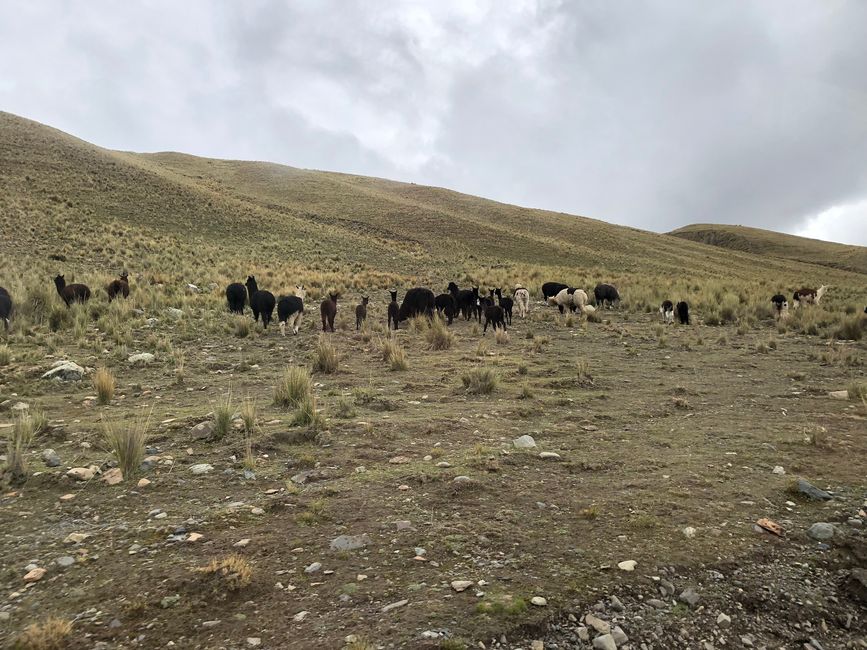
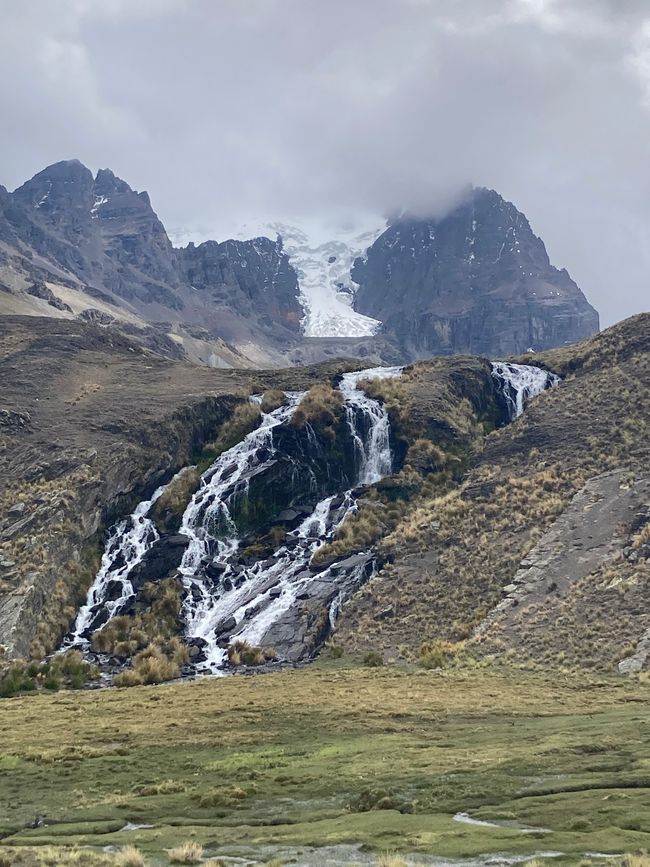
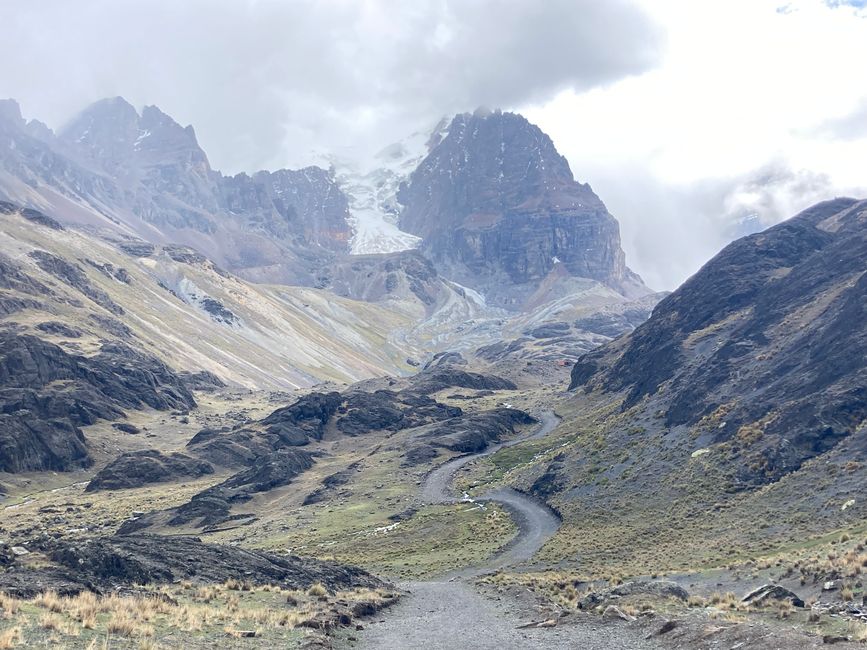
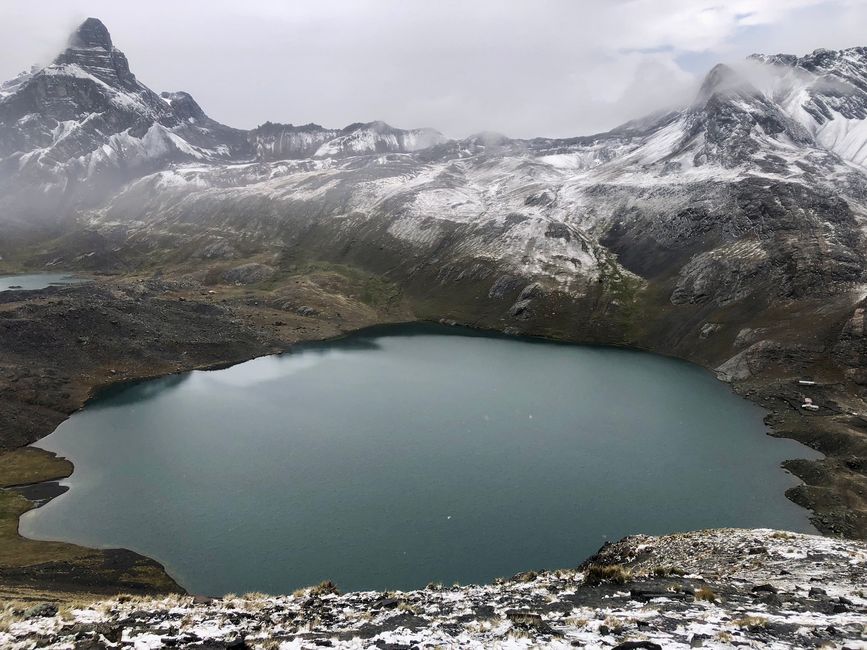
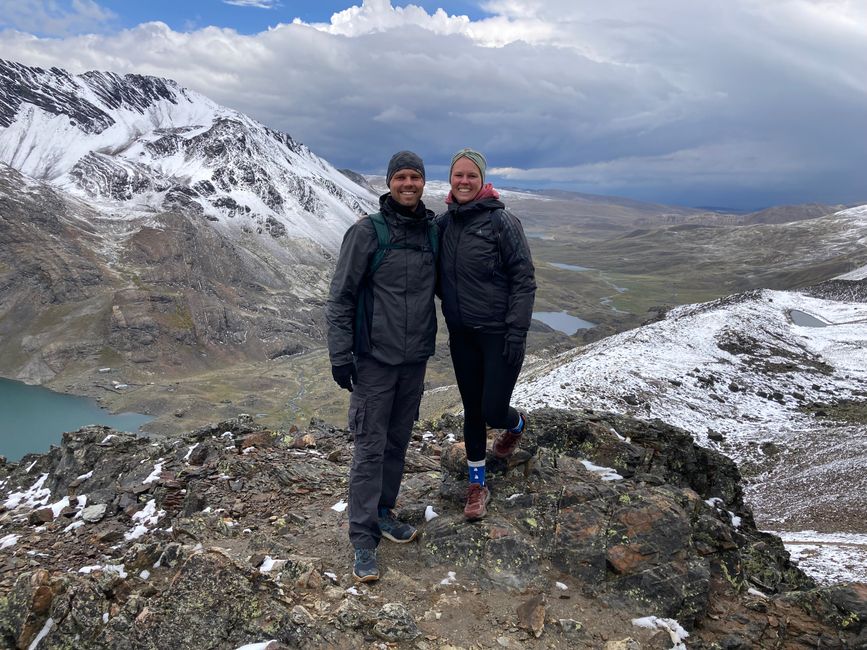
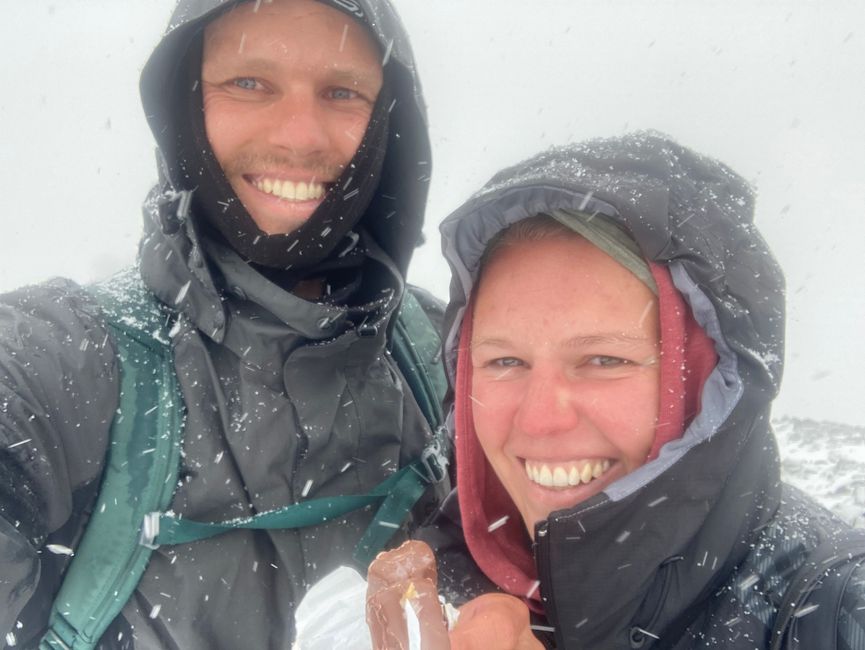
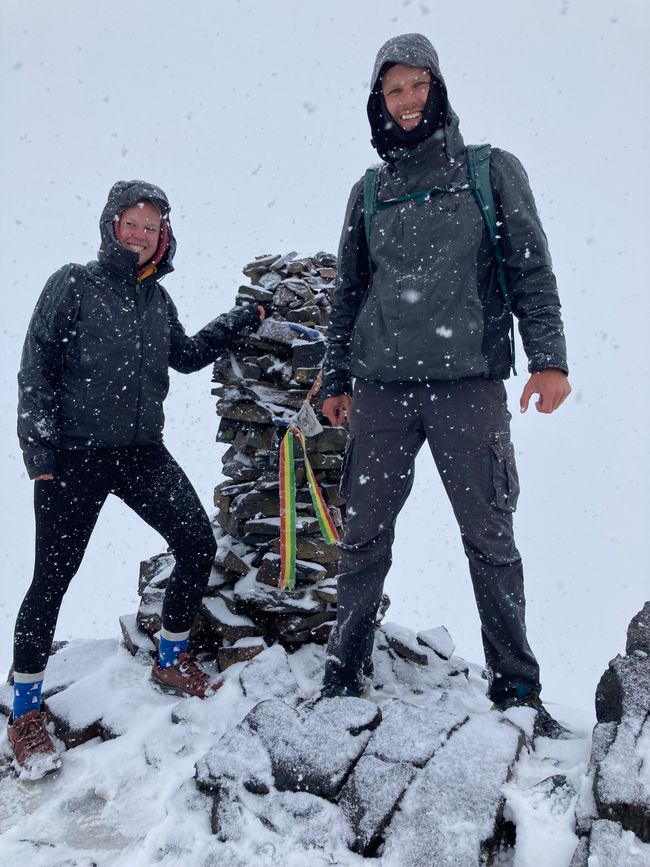
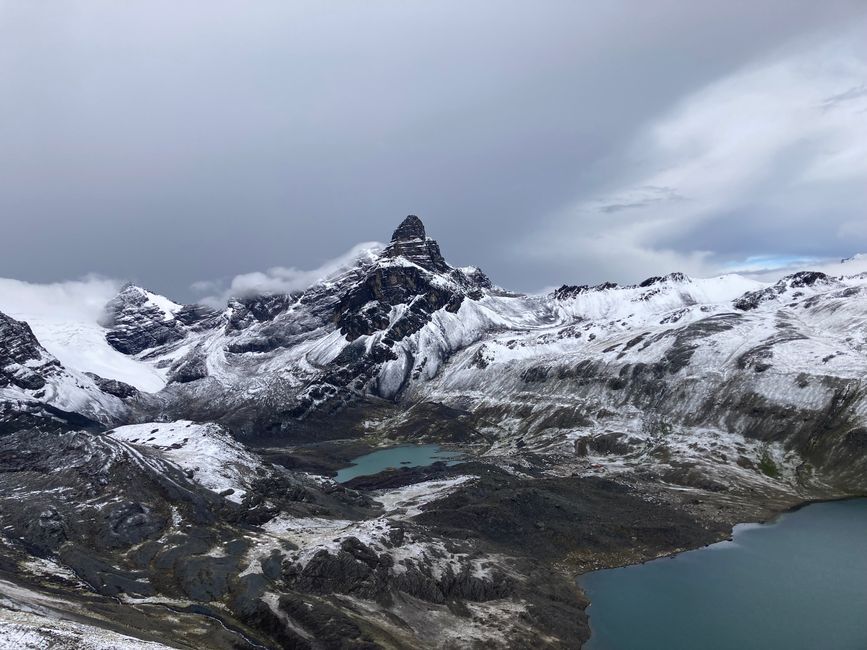
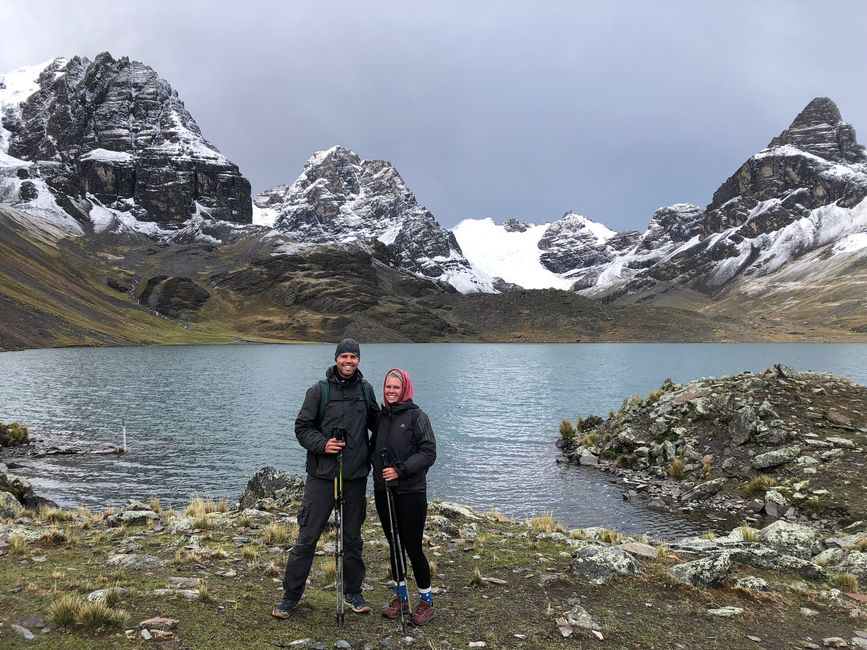
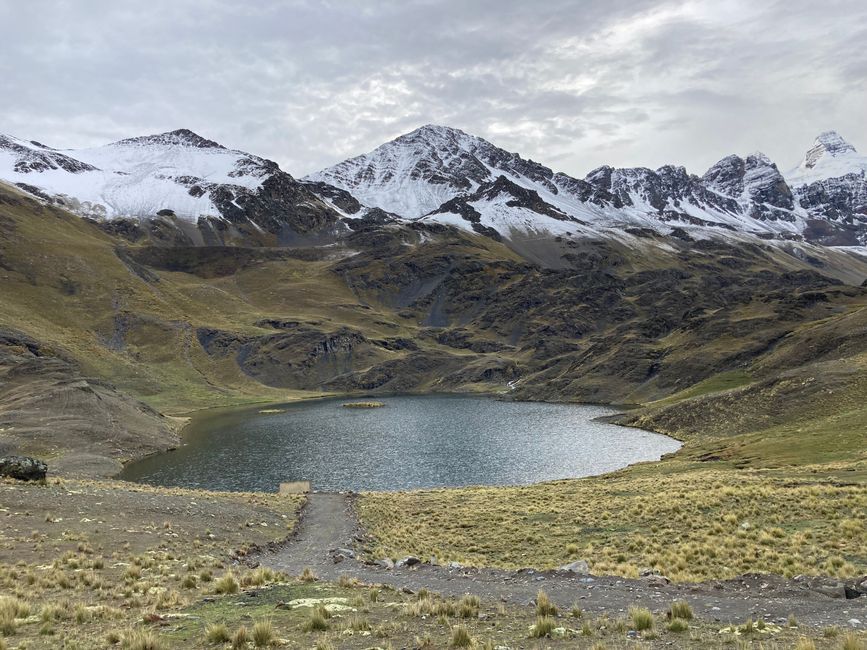
ንዜና ሳብስክራይብ ግበሩ
From Guayaquil we flew to Bolivia via Bogota and arrived in Santa Cruz at night. After one night there, we went straight to La Paz, where our stay in Bolivia really began.
Upon arrival in La Paz, we already had a first panoramic view of the city during the bus ride to the city center. The airport is located in El Alto, the higher part of La Paz, at an altitude of 4100 meters, and our accommodation was in the city center at an altitude of around 3600 meters. The city has a total elevation drop of approximately 1000 meters. Our accommodation was located directly on Calle Sagarnaga in the middle of the tourist center. We were surrounded by tour agencies, restaurants, and shops where you could buy all kinds of things made from alpaca wool.
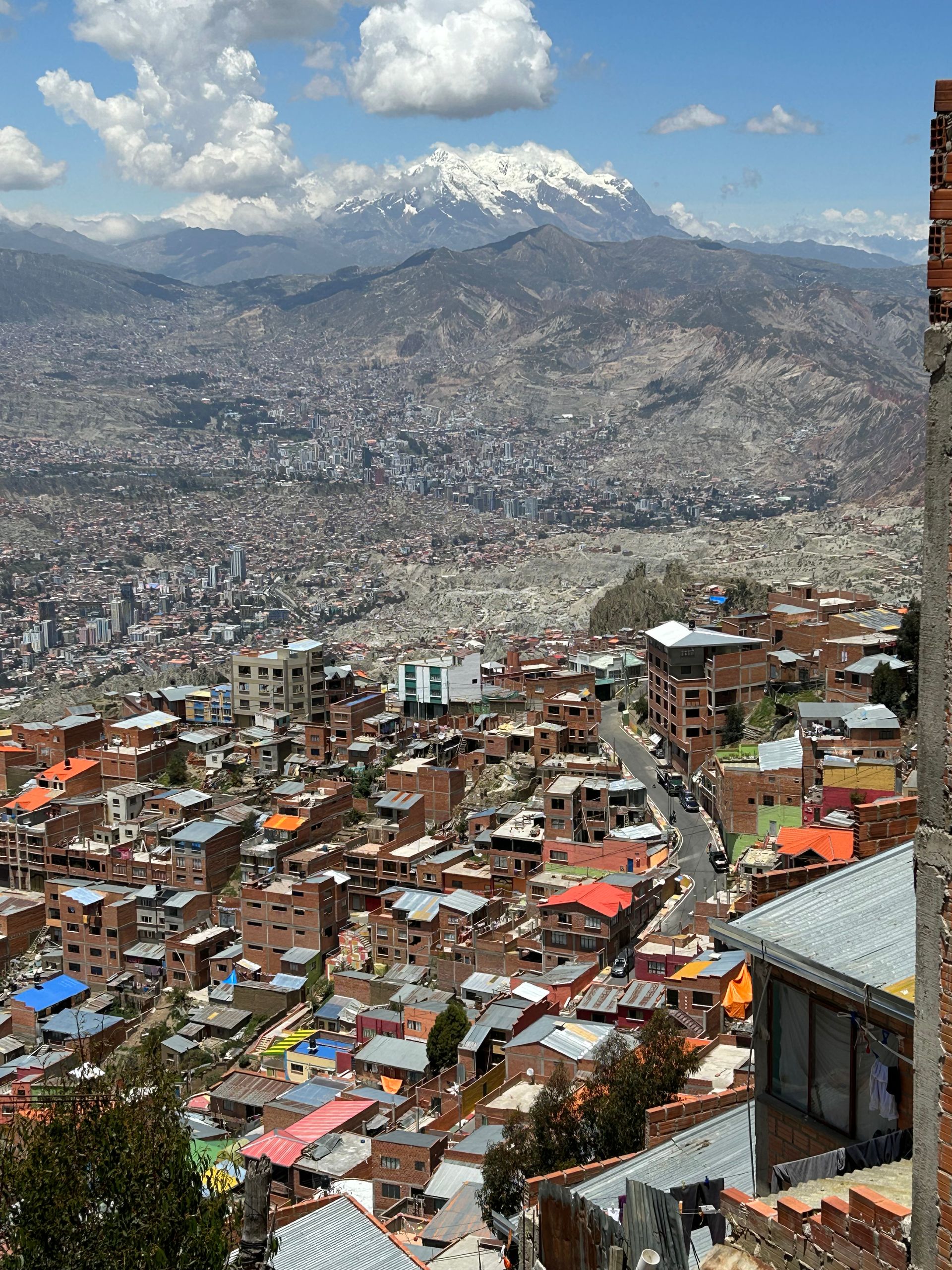
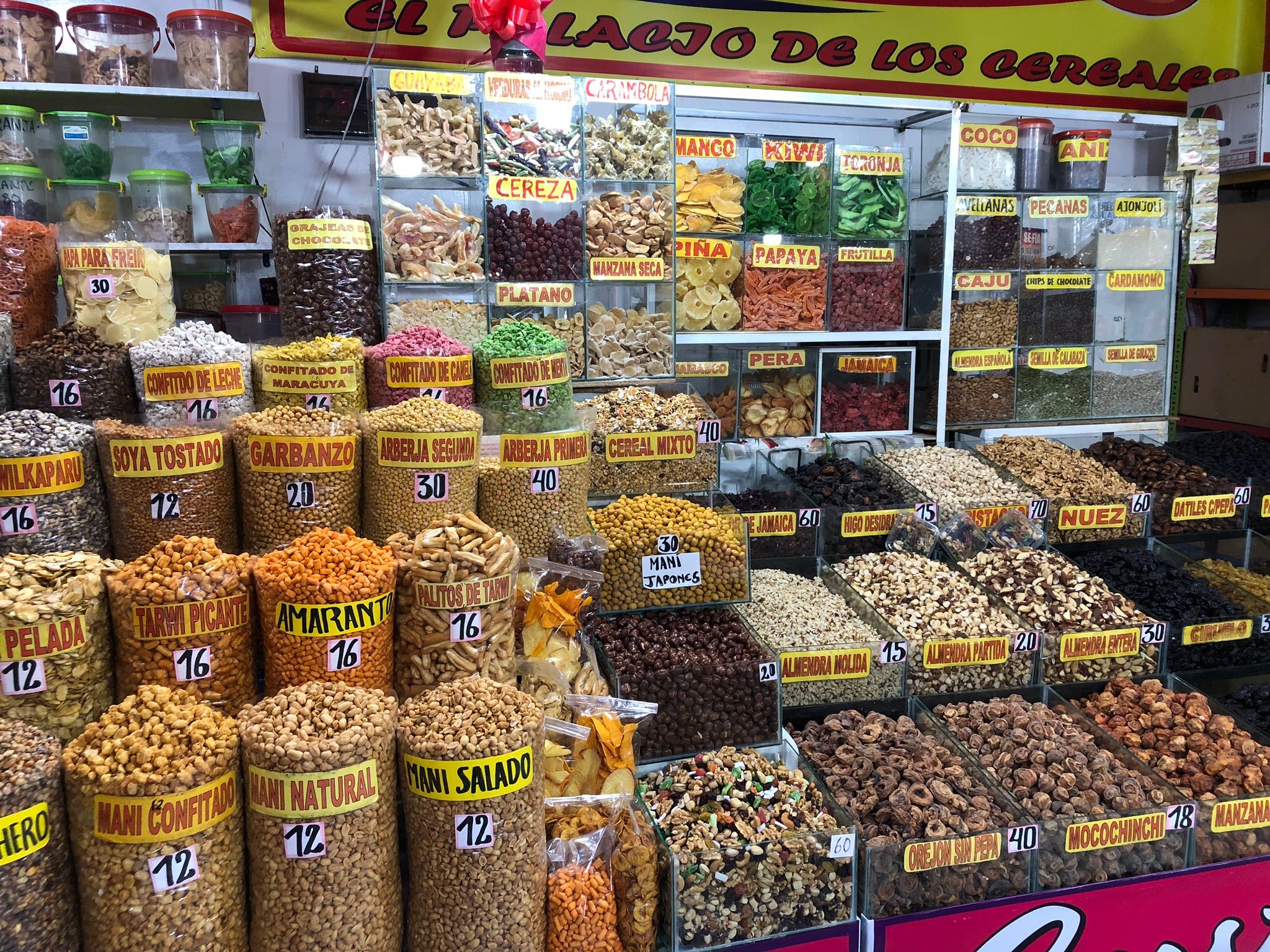
Since we were a bit weakened due to illness and also struggled with the altitude at the beginning, we didn't do much in the first few days.
We did a free walking tour that started at a prison in the city center where prisoners live with their families and pay rent. The more they pay, the higher their standard of living, from small cells to luxury accommodations. We then continued to a large street market (actually, La Paz is one big street market) where our guide told us a lot about the large indigenous population of La Paz. Especially about the Cholitas, the indigenous women with their typical clothing. Another interesting stop was the witch market. There you can buy all kinds of powders and scents, for example, for better concentration, against any diseases, or for men to appear more attractive to women. But even more bizarre are the dead llama fetuses and baby llamas hanging in every shop. These are used as offerings when building a house to bring good luck. The larger the house, the larger the llama offering must be. It should be noted that the llamas are not killed for this purpose. Only those that have died naturally are used. The tour was very interesting and gave us a good first impression of the city.
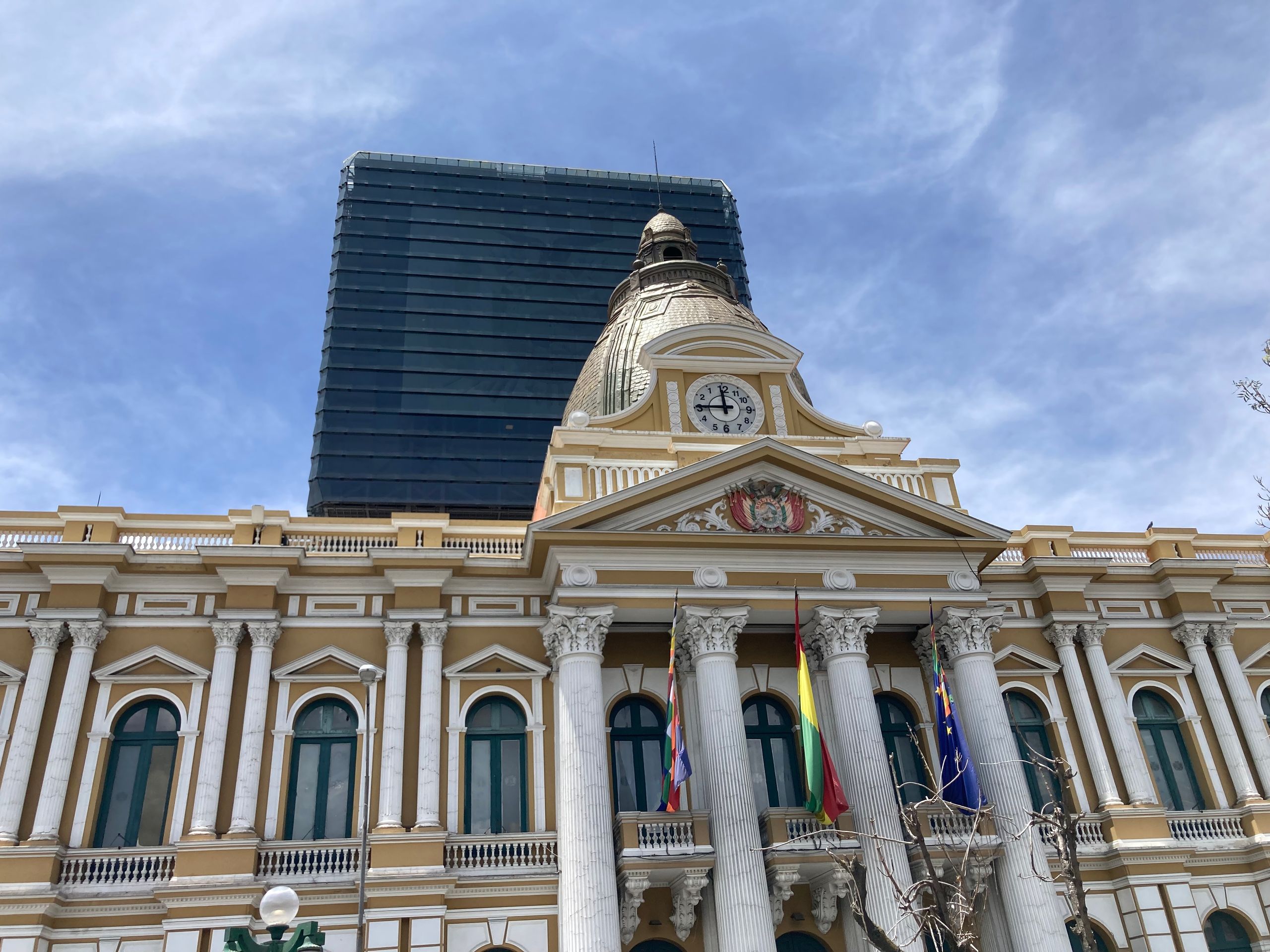
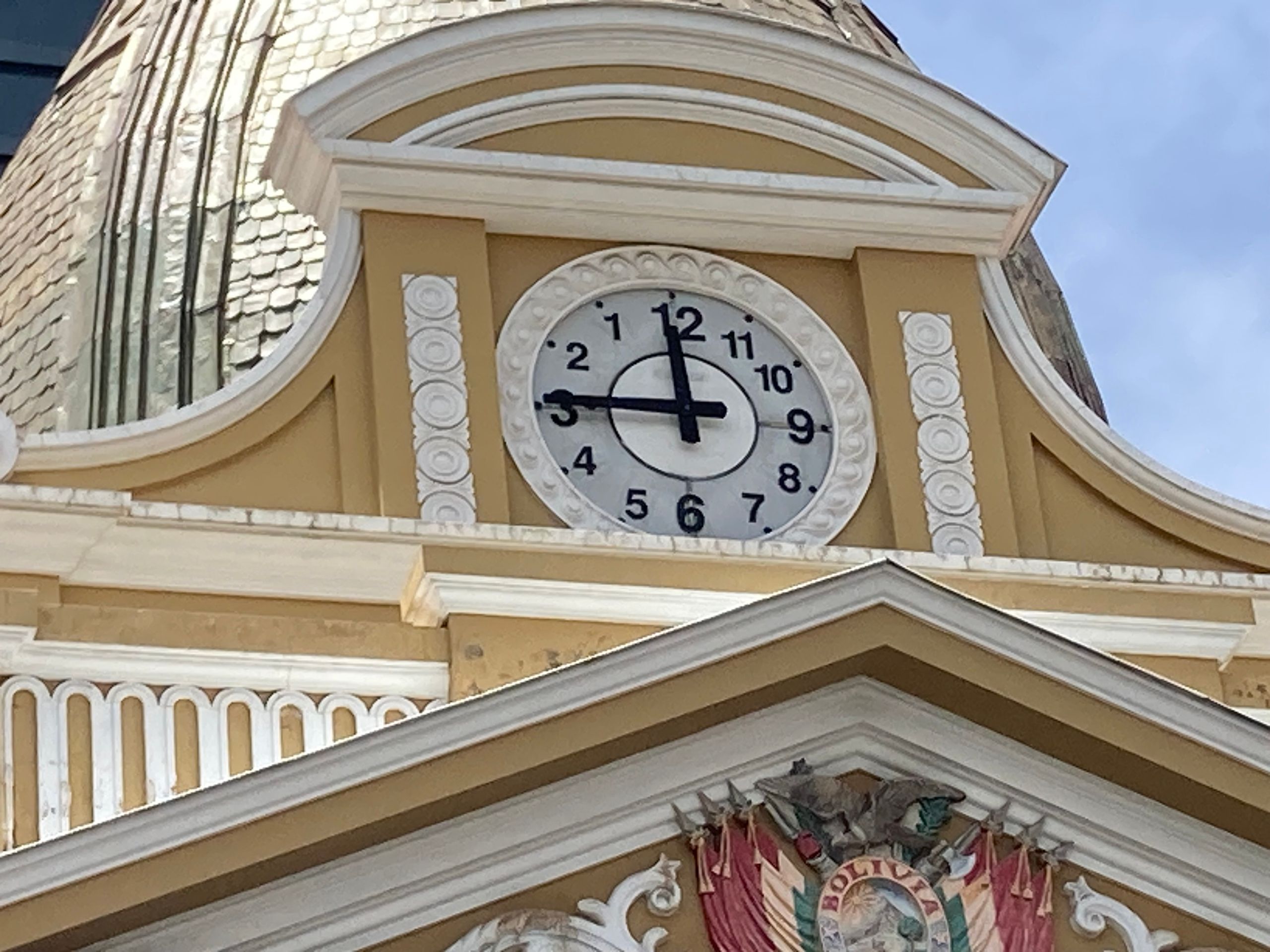
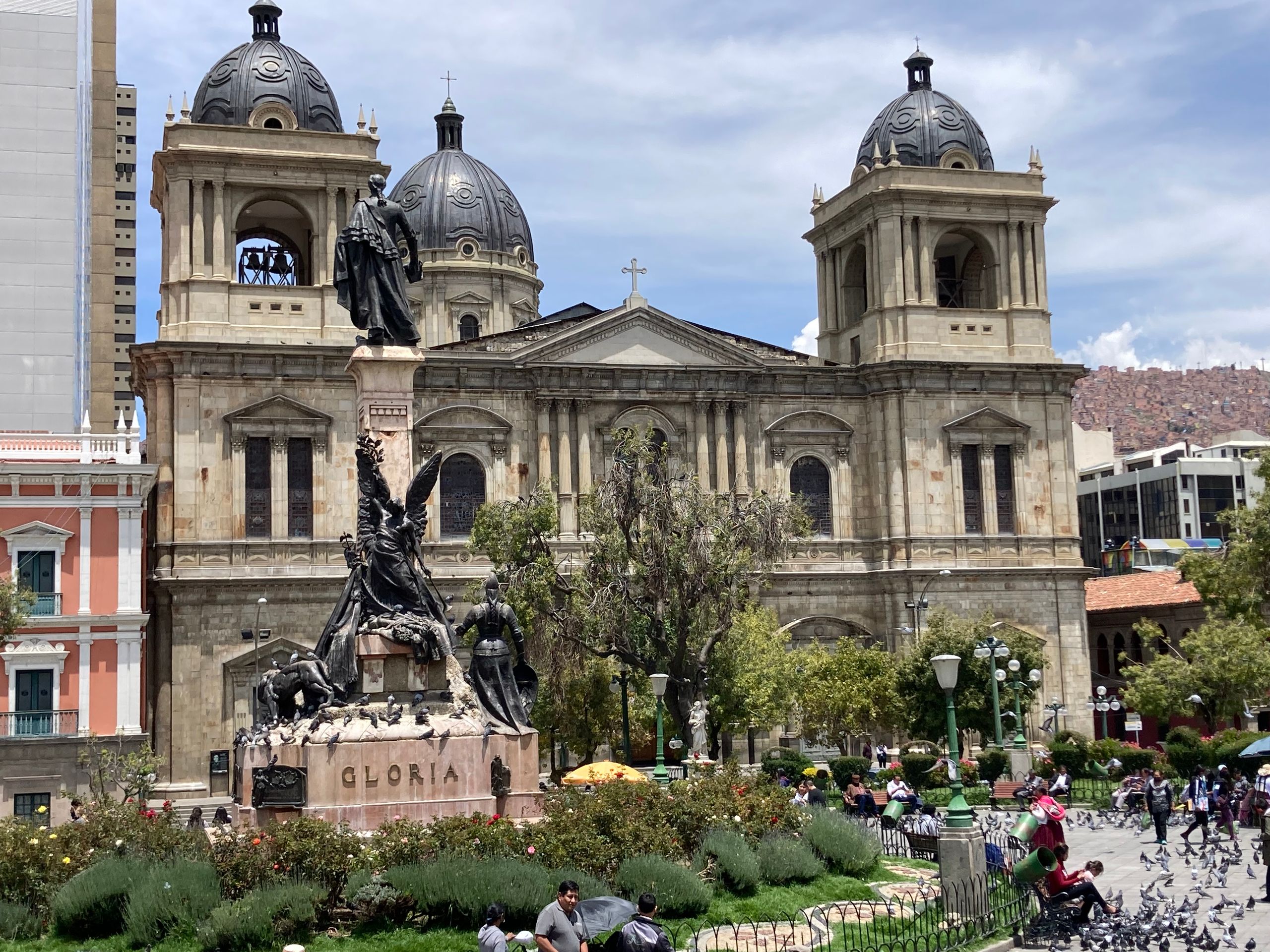
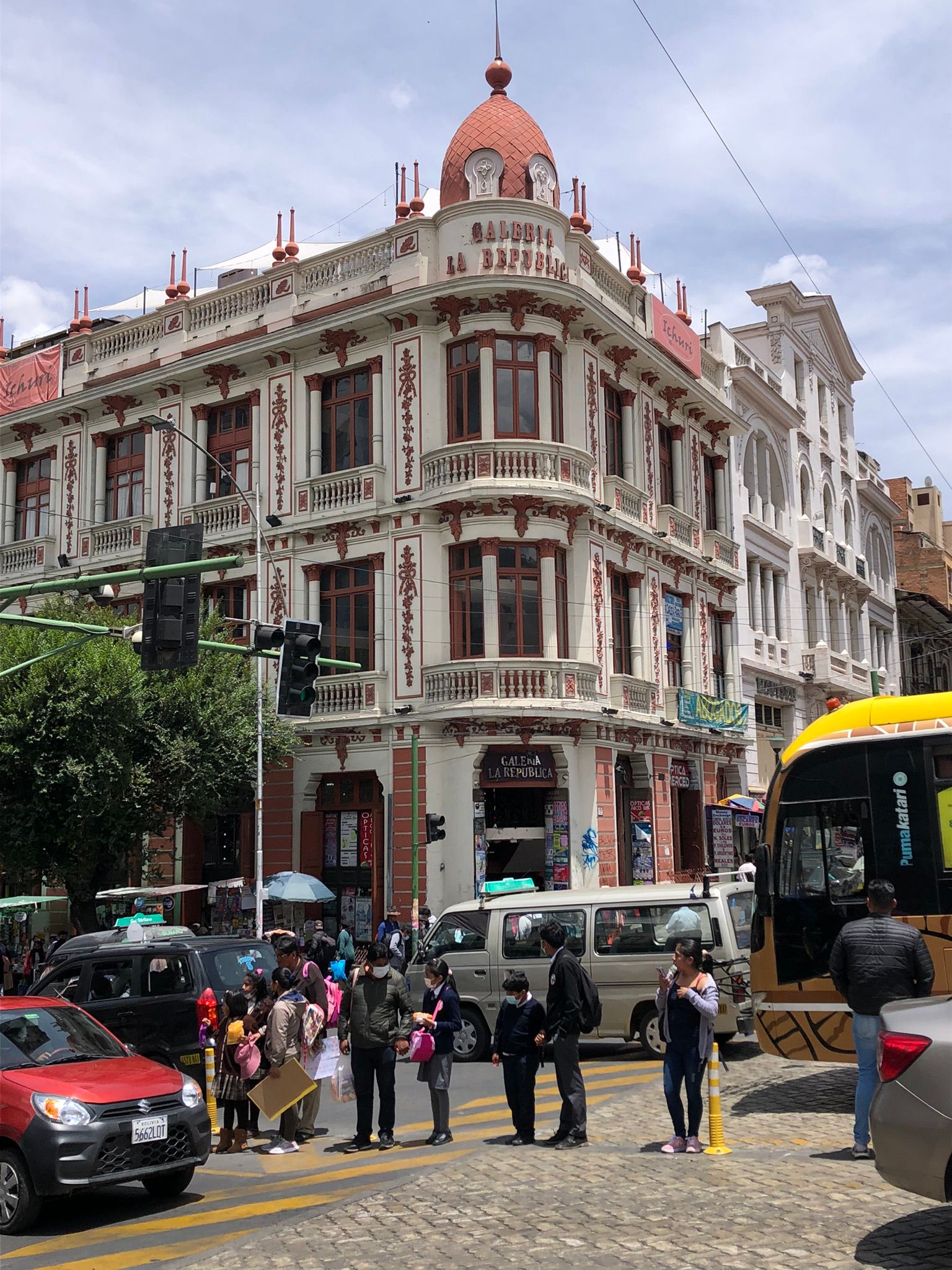
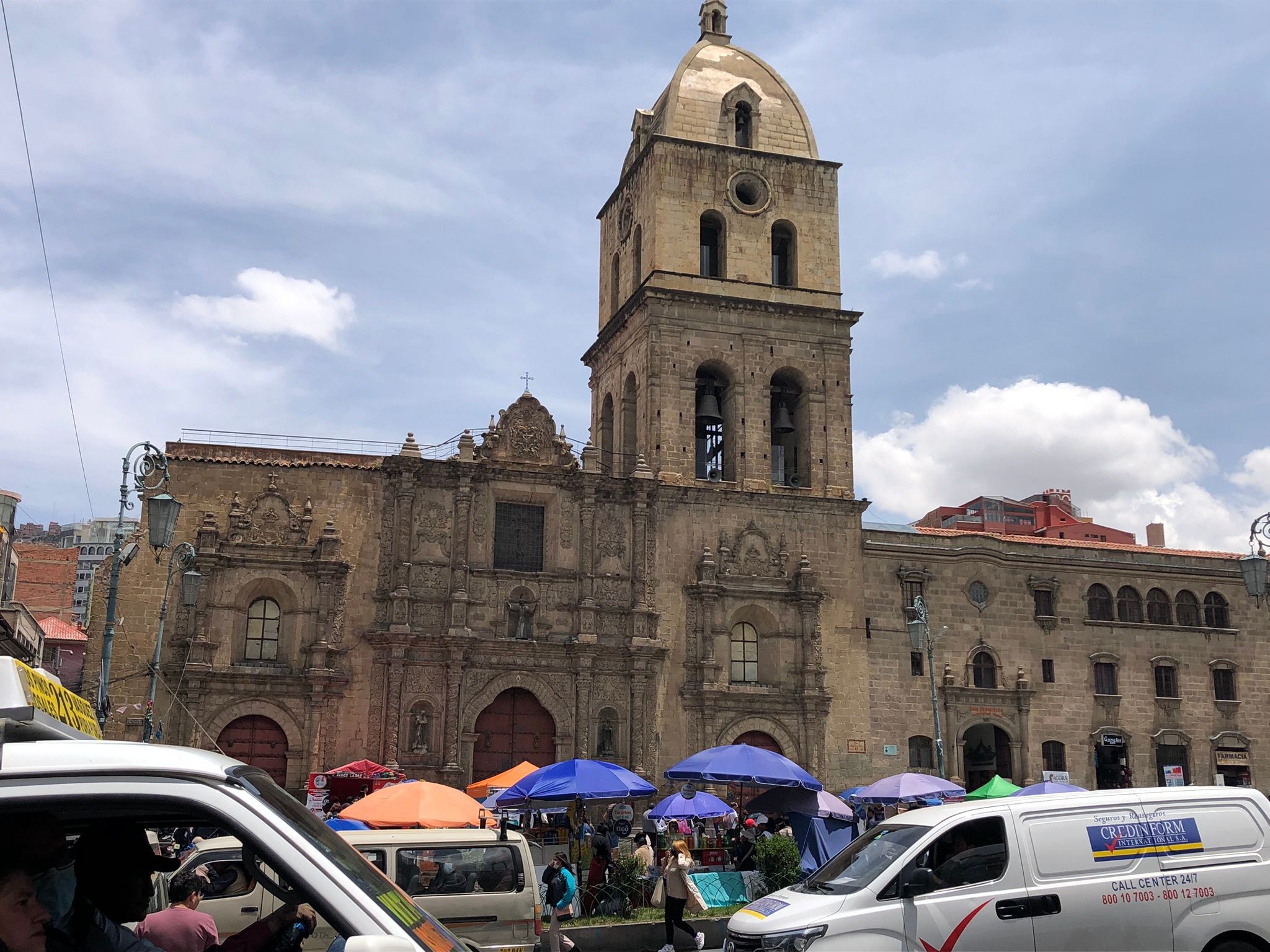
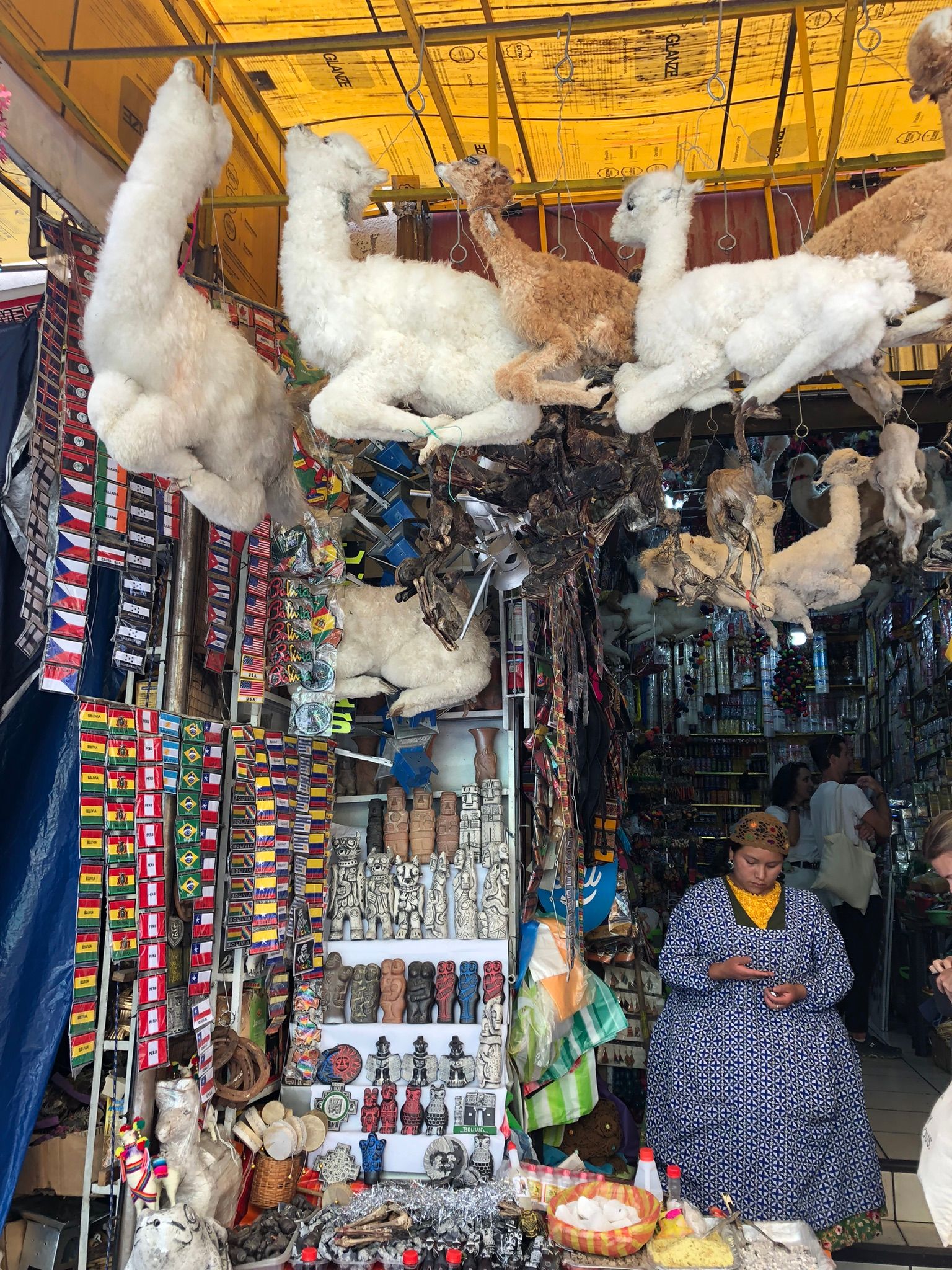



The next day, we visited the market of El Alto, the largest in South America and probably one of the largest in the world. It takes place every Thursday and Sunday and stretches for 5 kilometers in length, if I understood correctly. There is practically nothing that can't be found there. Loads of clothing, modern or traditional, food, cars and car parts, bicycles, dogs and cats, weapons, and much more.

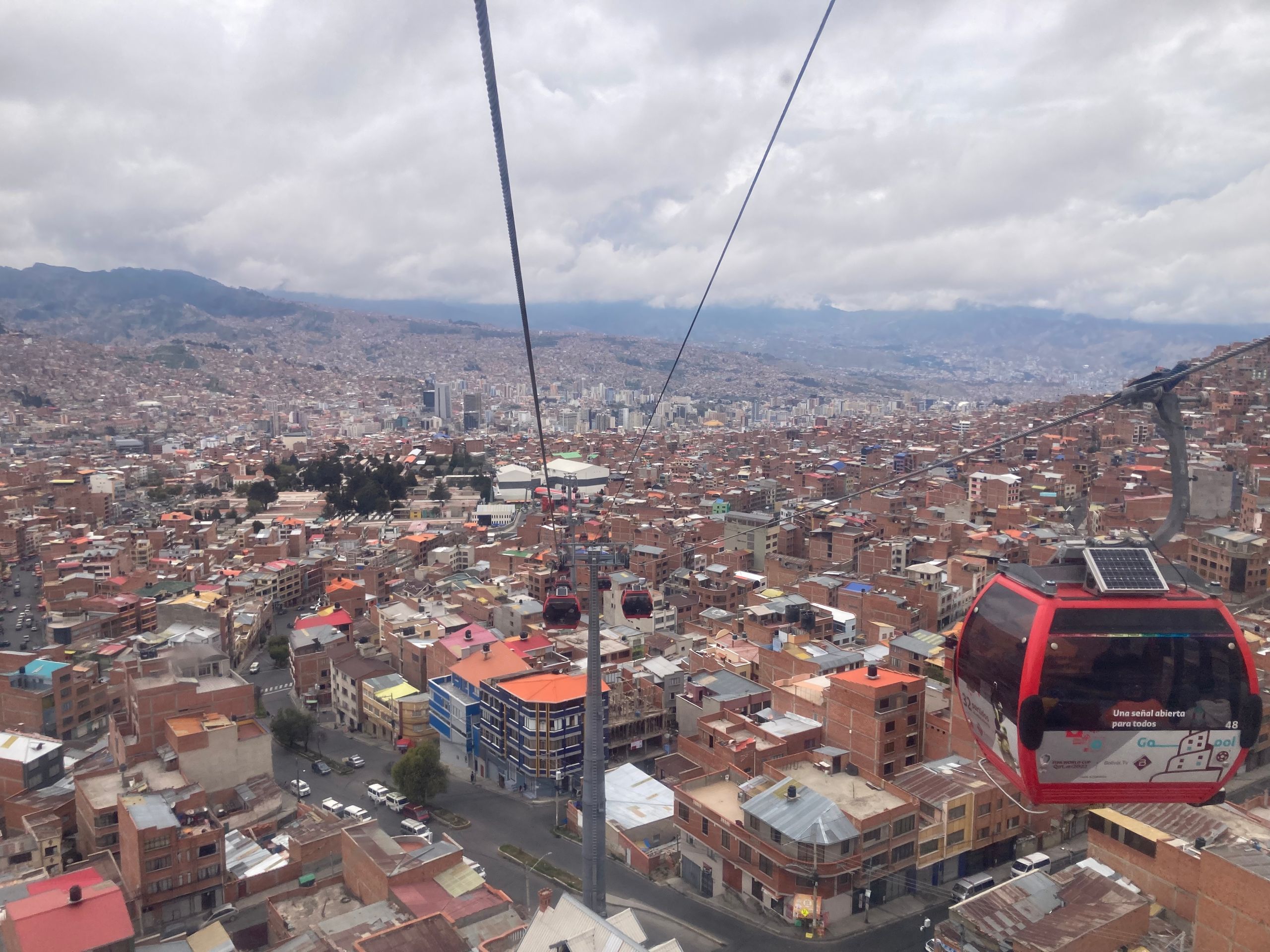

On our last day, we did the Death Road Tour, the most famous tourist attraction in La Paz. It involves biking down one of the most dangerous roads in the world, but fortunately it is no longer used by cars. In the past, even trucks and buses used to drive here, which is unimaginable considering the sometimes extremely narrow and unprotected route. You can watch YouTube videos to see for yourself. After being driven by bus to an altitude of 4700 meters, we cycled the first 20 kilometers along the main road. After a short break with some snacks, we started the descent on the Death Road. The scenery was truly impressive, sometimes we had to ride through small waterfalls, and at one point we had to carry our bikes due to a landslide. Unfortunately, our guide rushed us quite a bit, so we didn't have much time to admire the landscape at the stops and take photos. After 64 kilometers, we reached the bottom. We were still at an altitude of 1000 meters. It was pleasantly warm there, and after lunch, we were able to cool off in the pool. The tour is definitely a must-do in La Paz, but we should have chosen a different agency, as the organization was not really good.
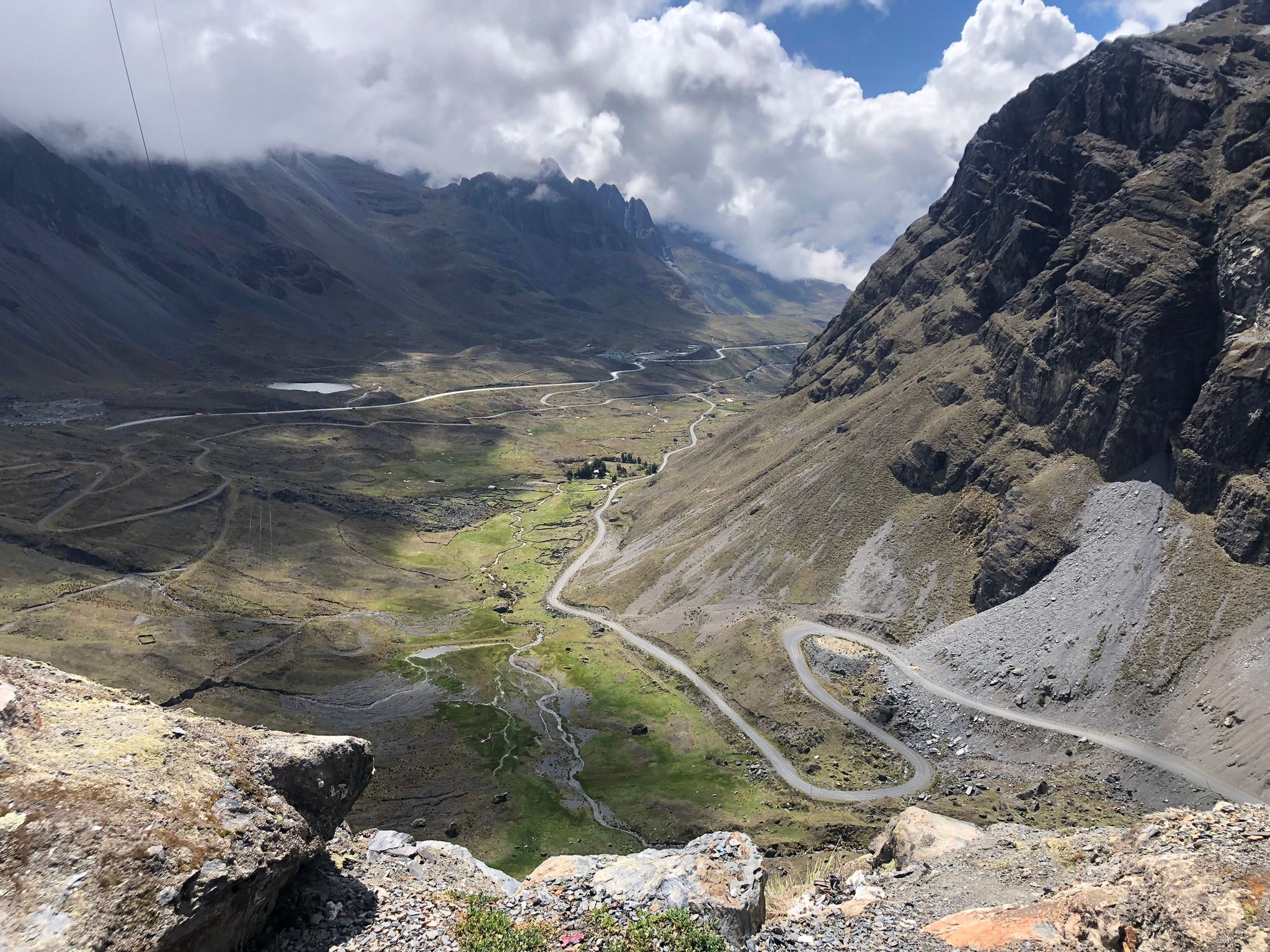

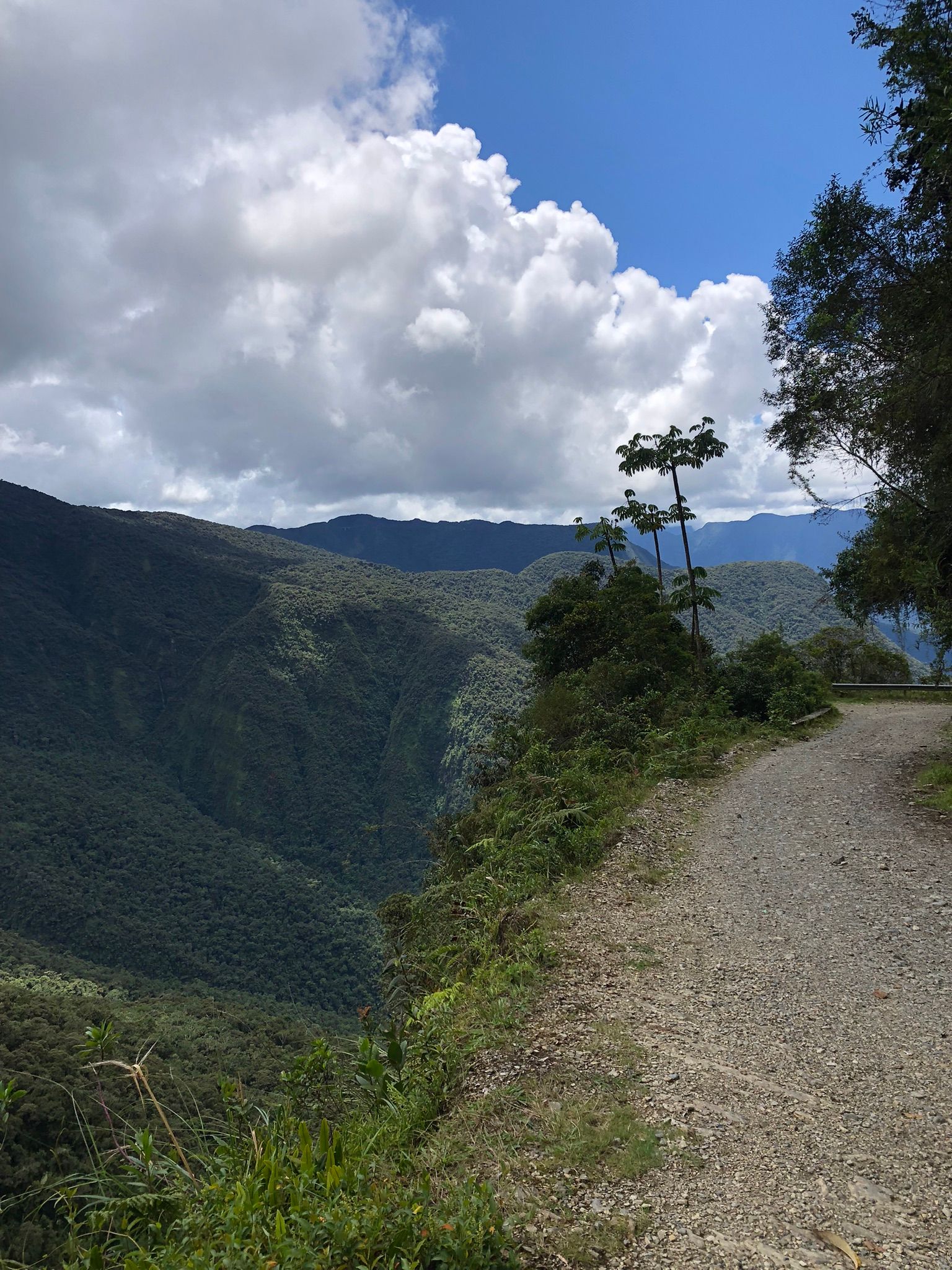
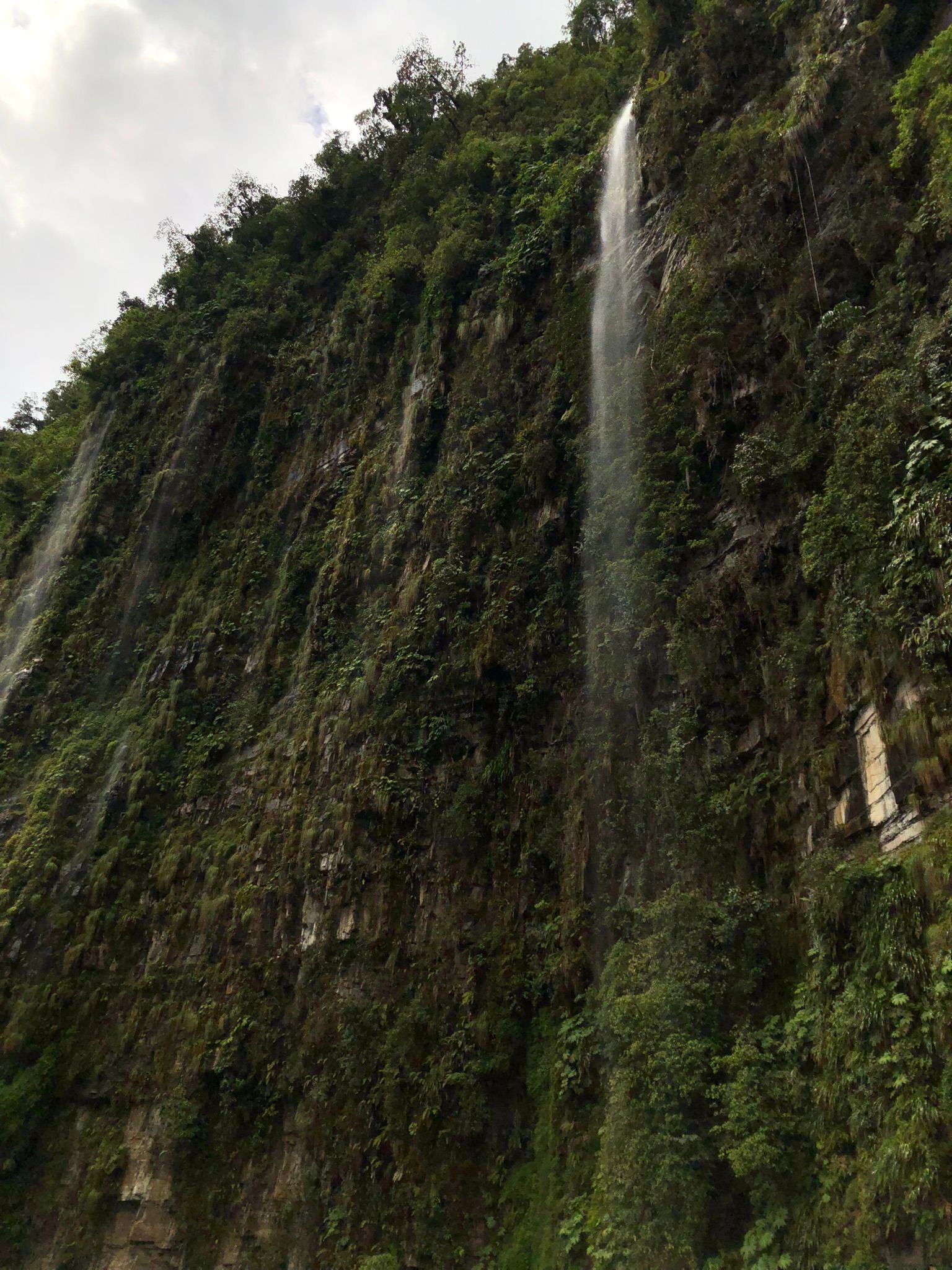

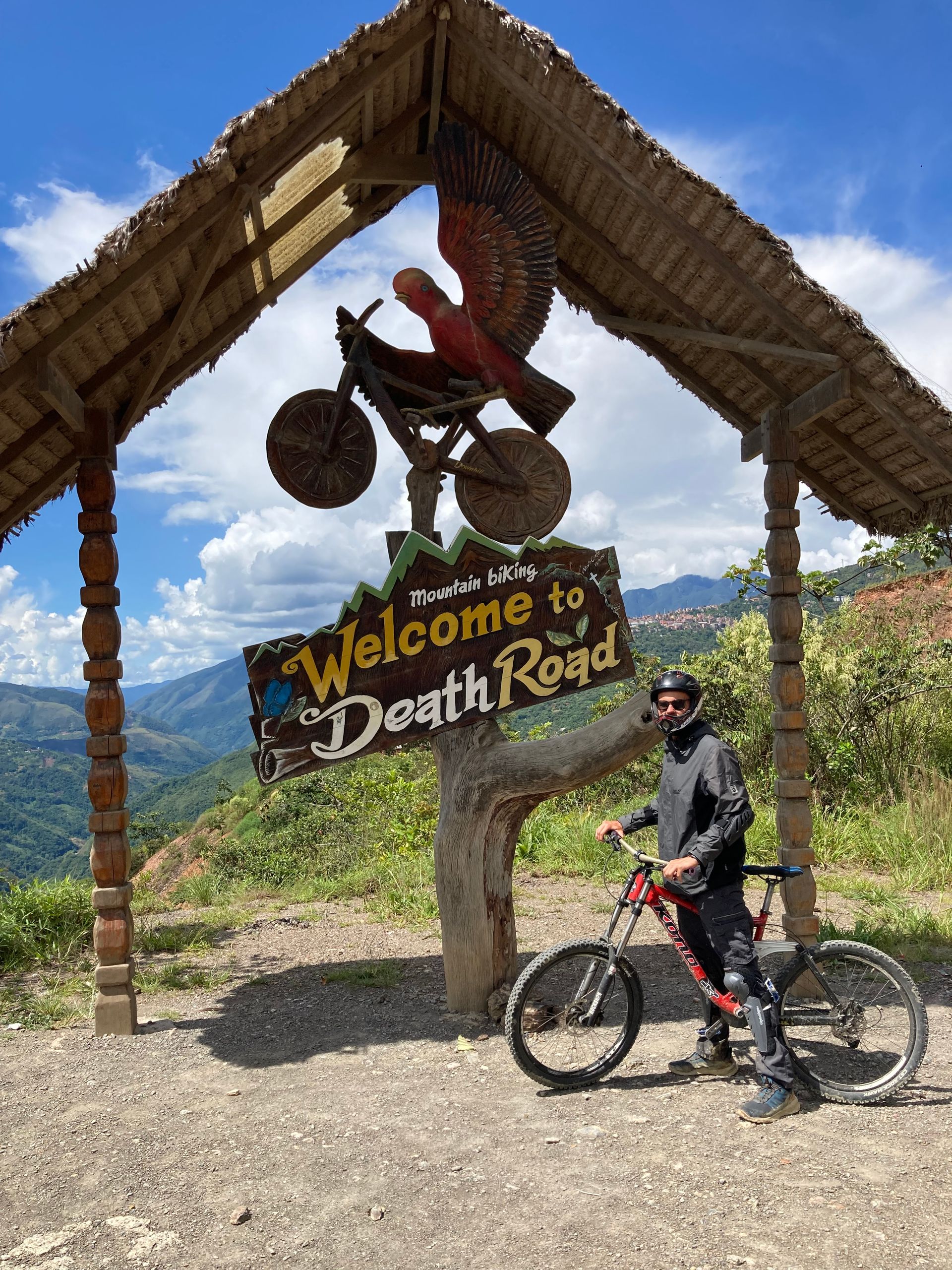
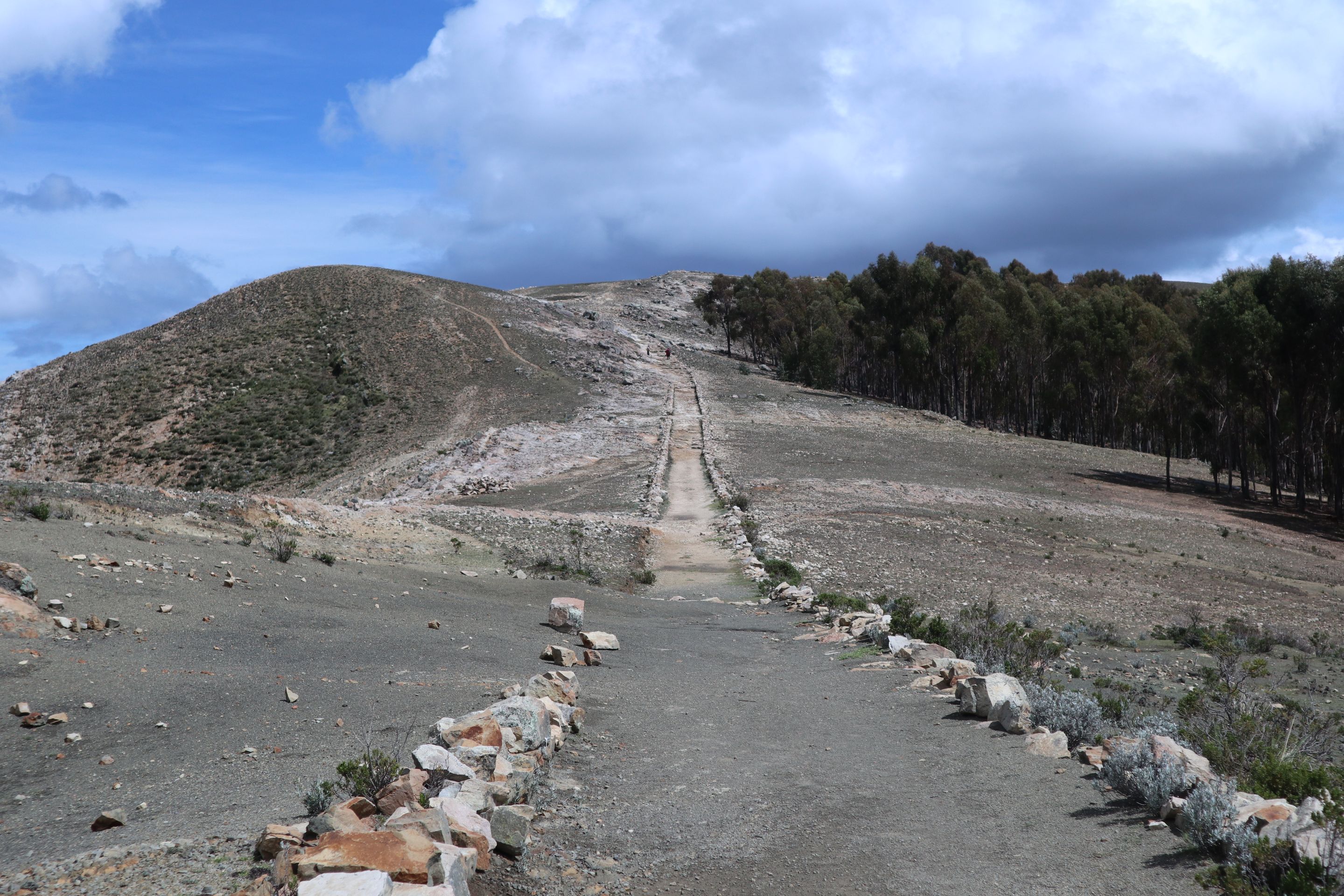
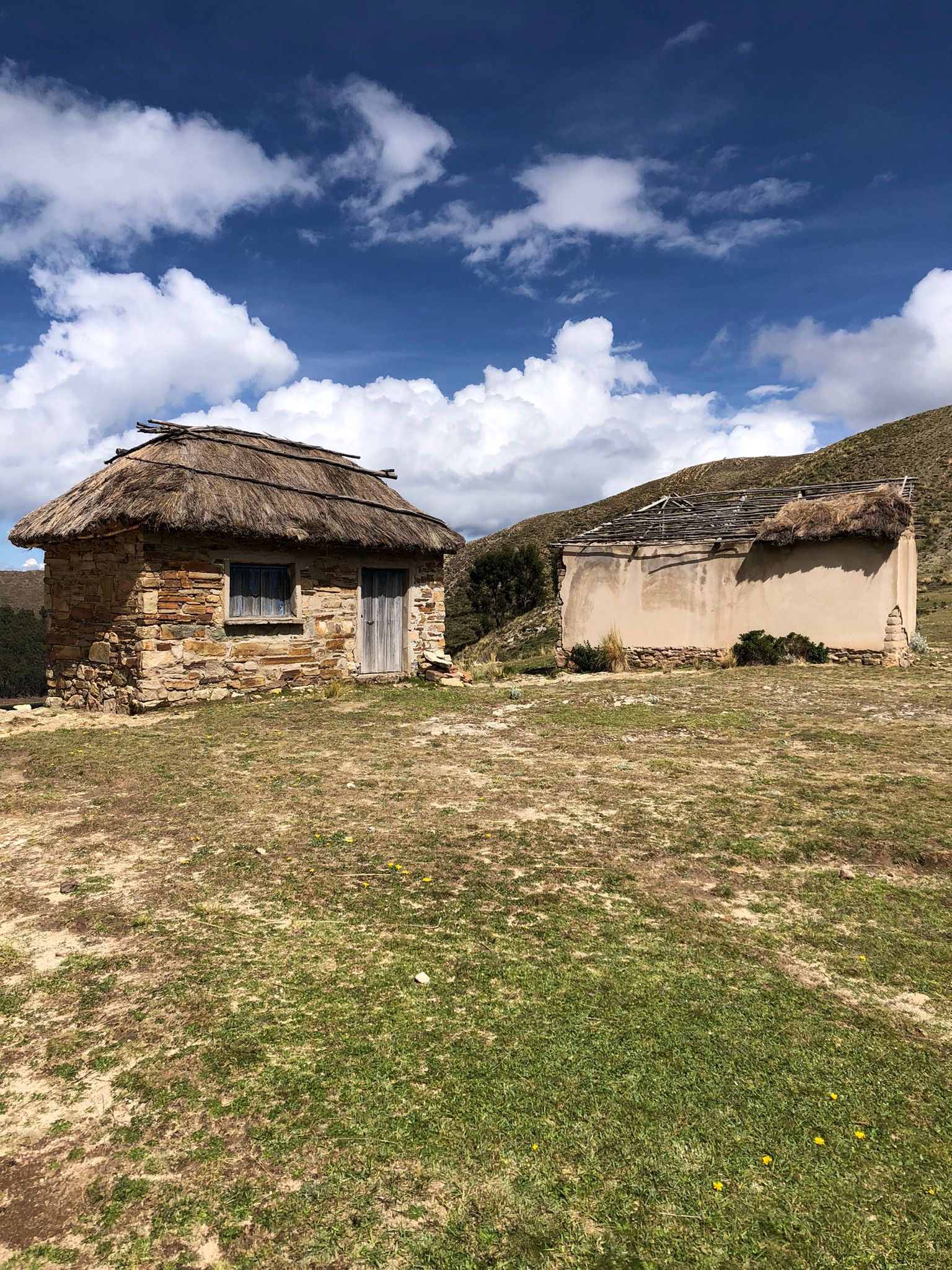
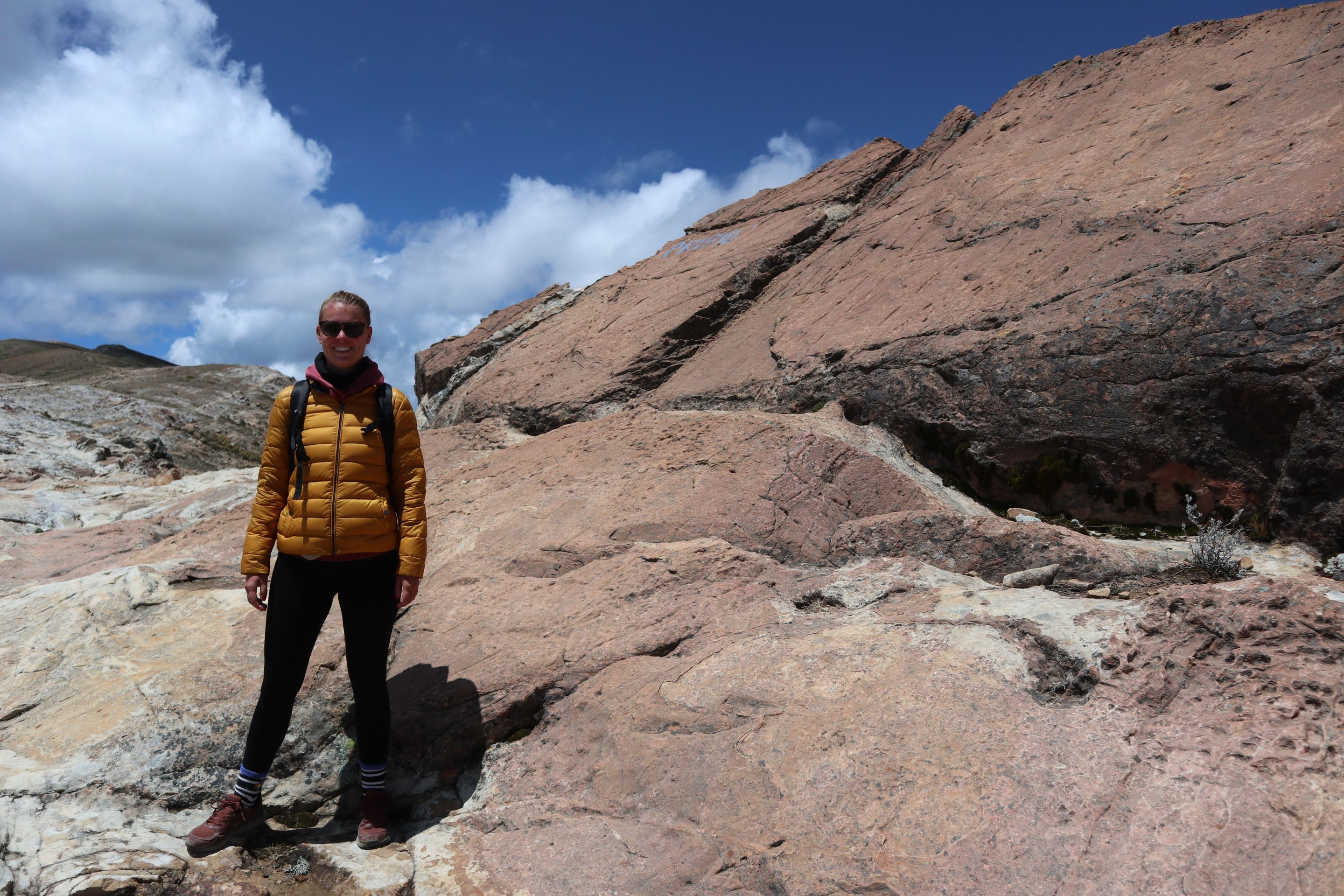
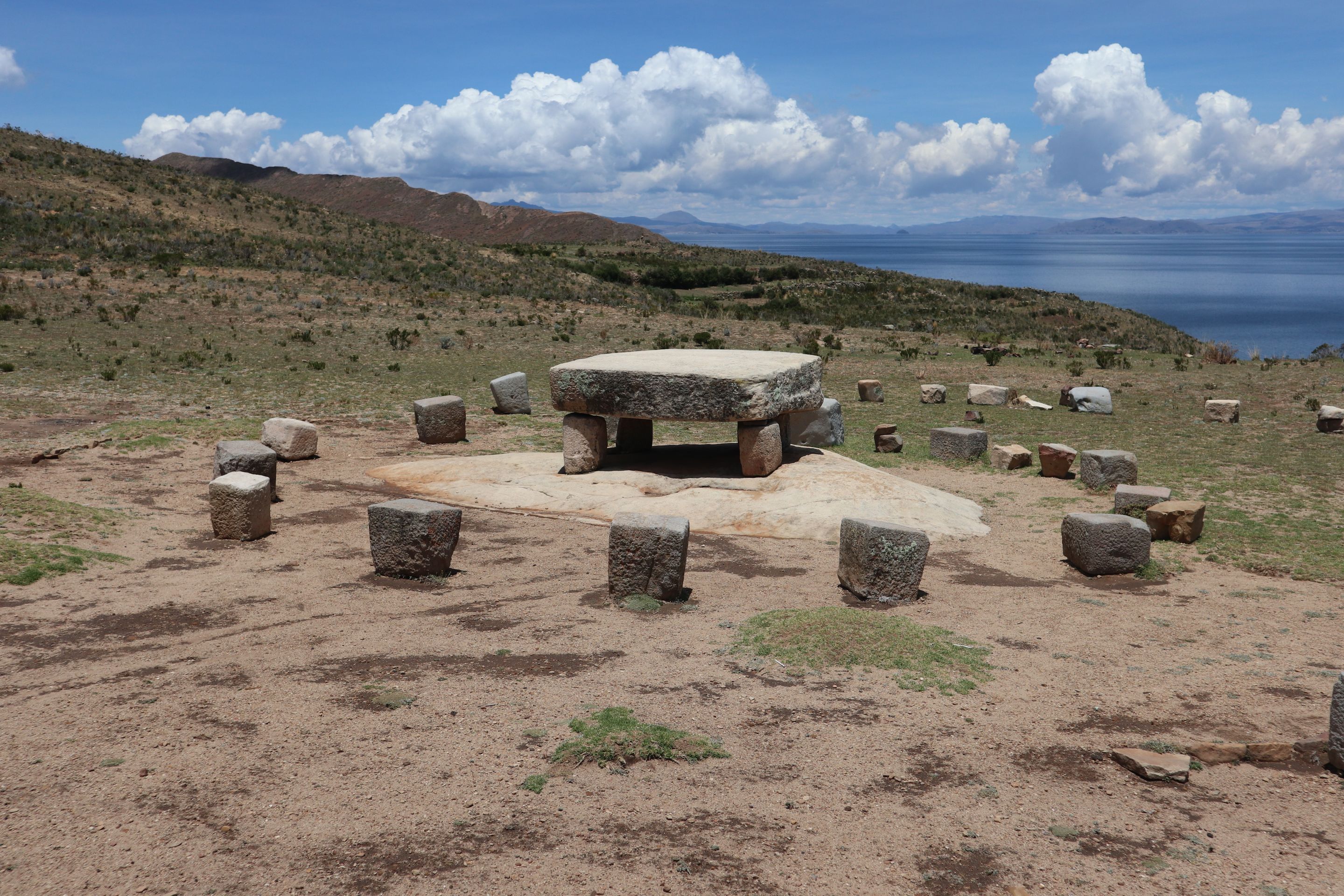
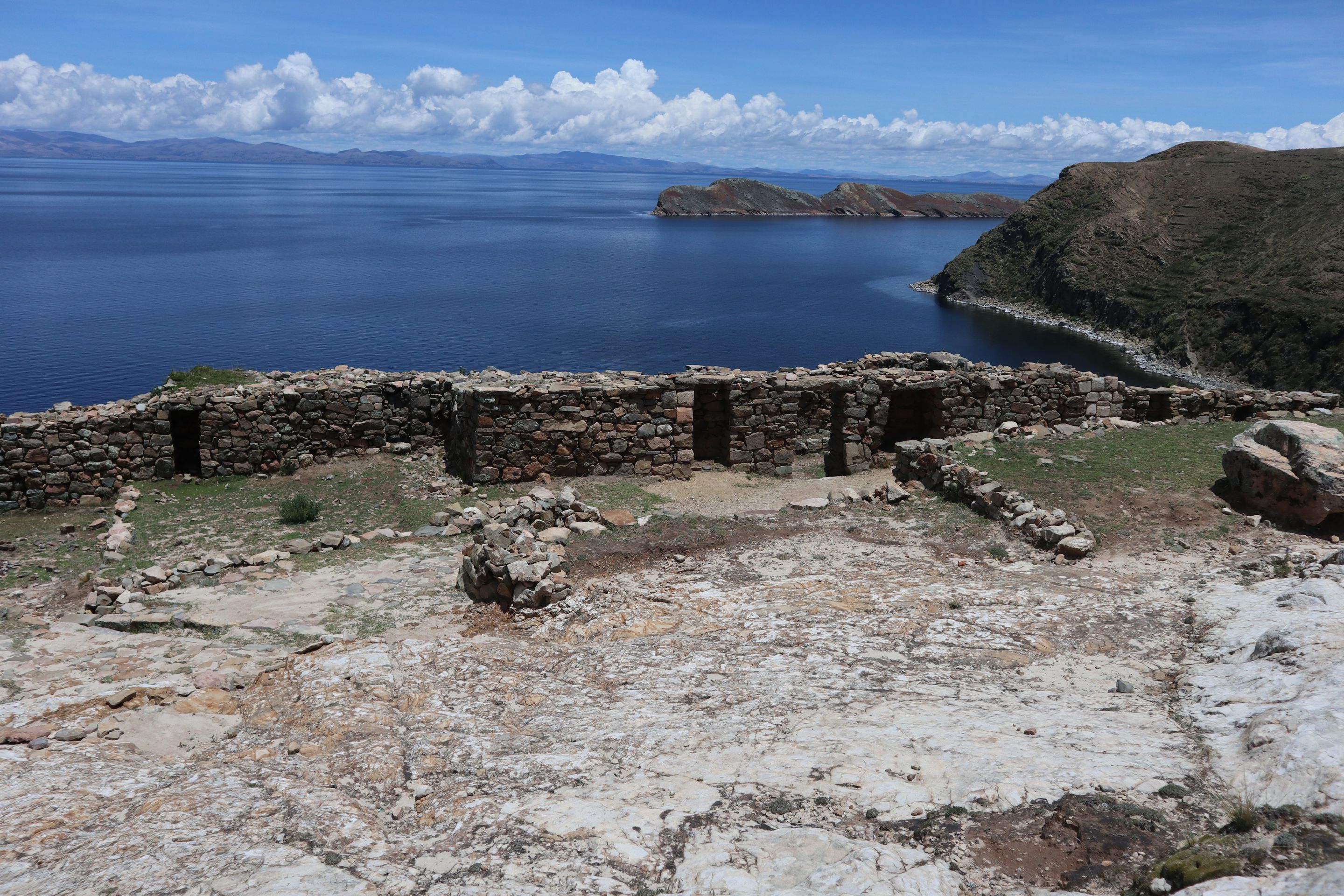


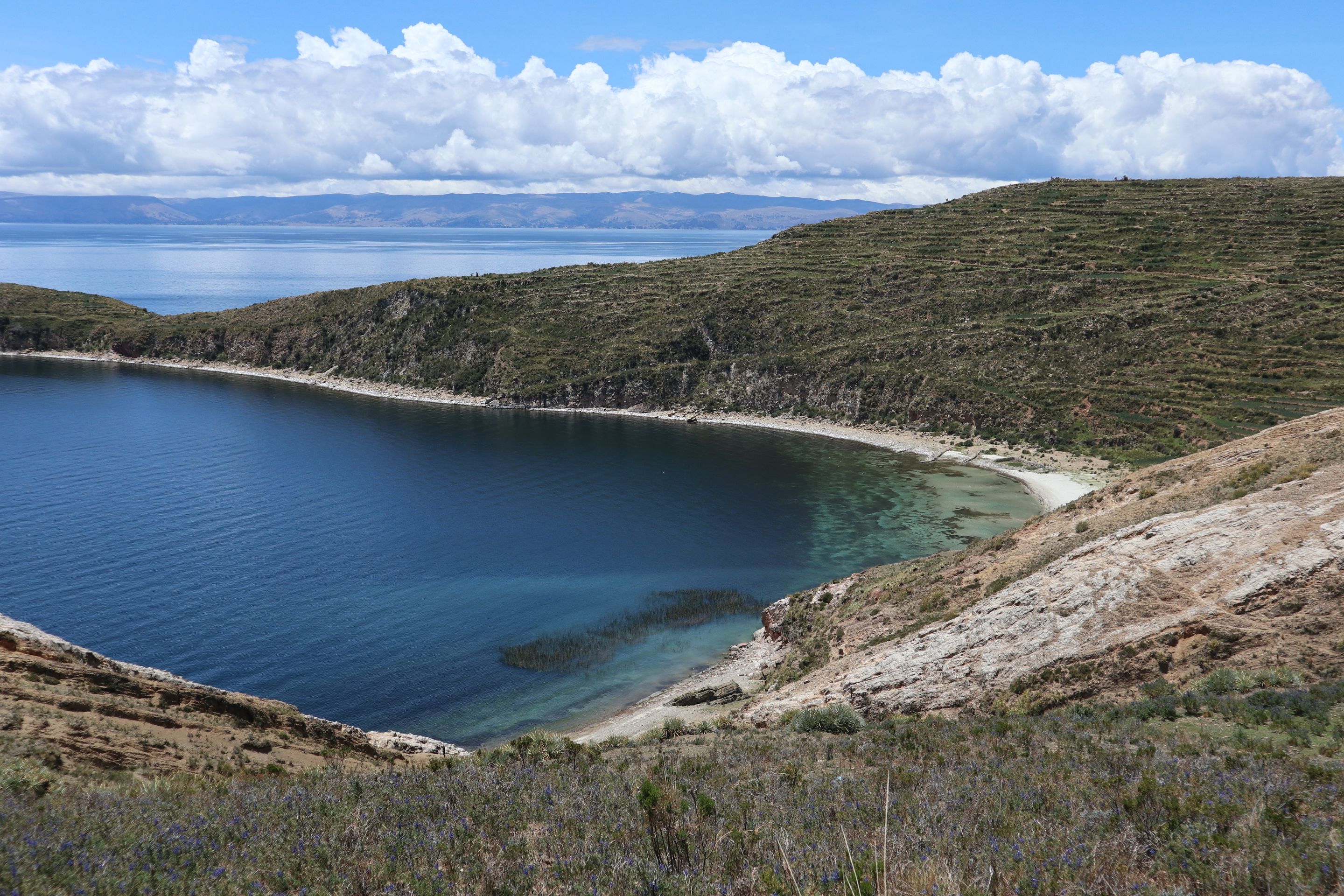
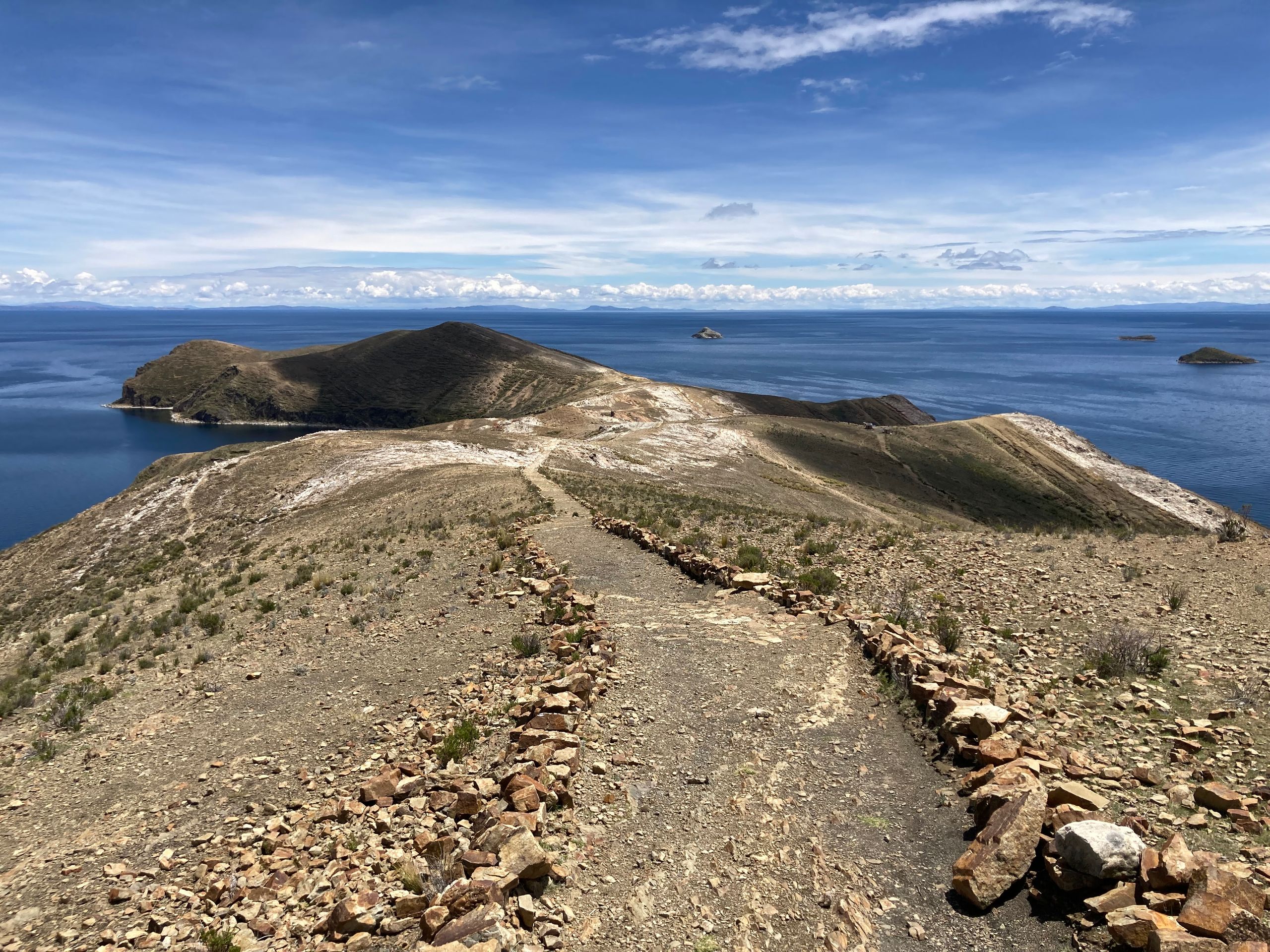
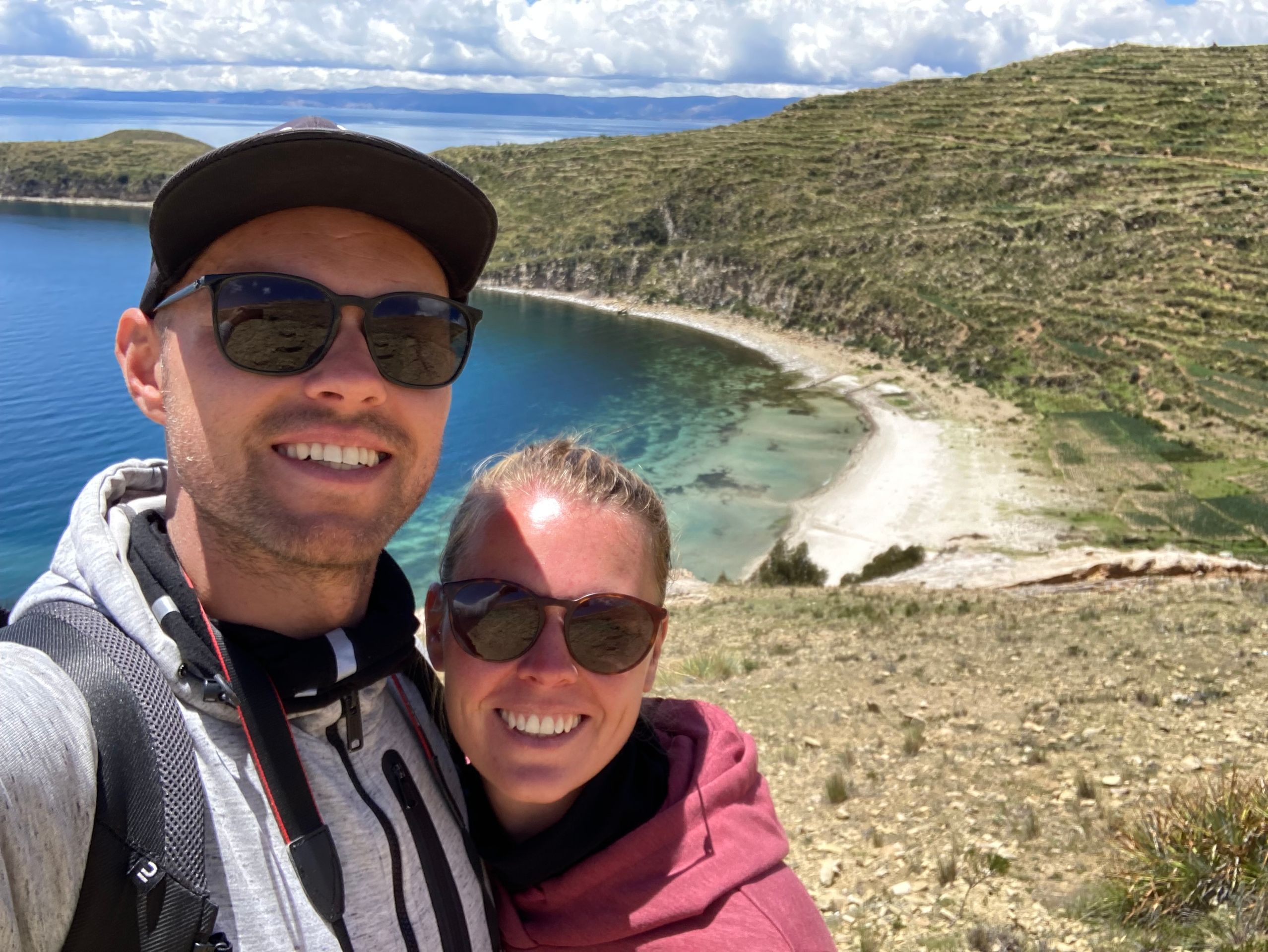
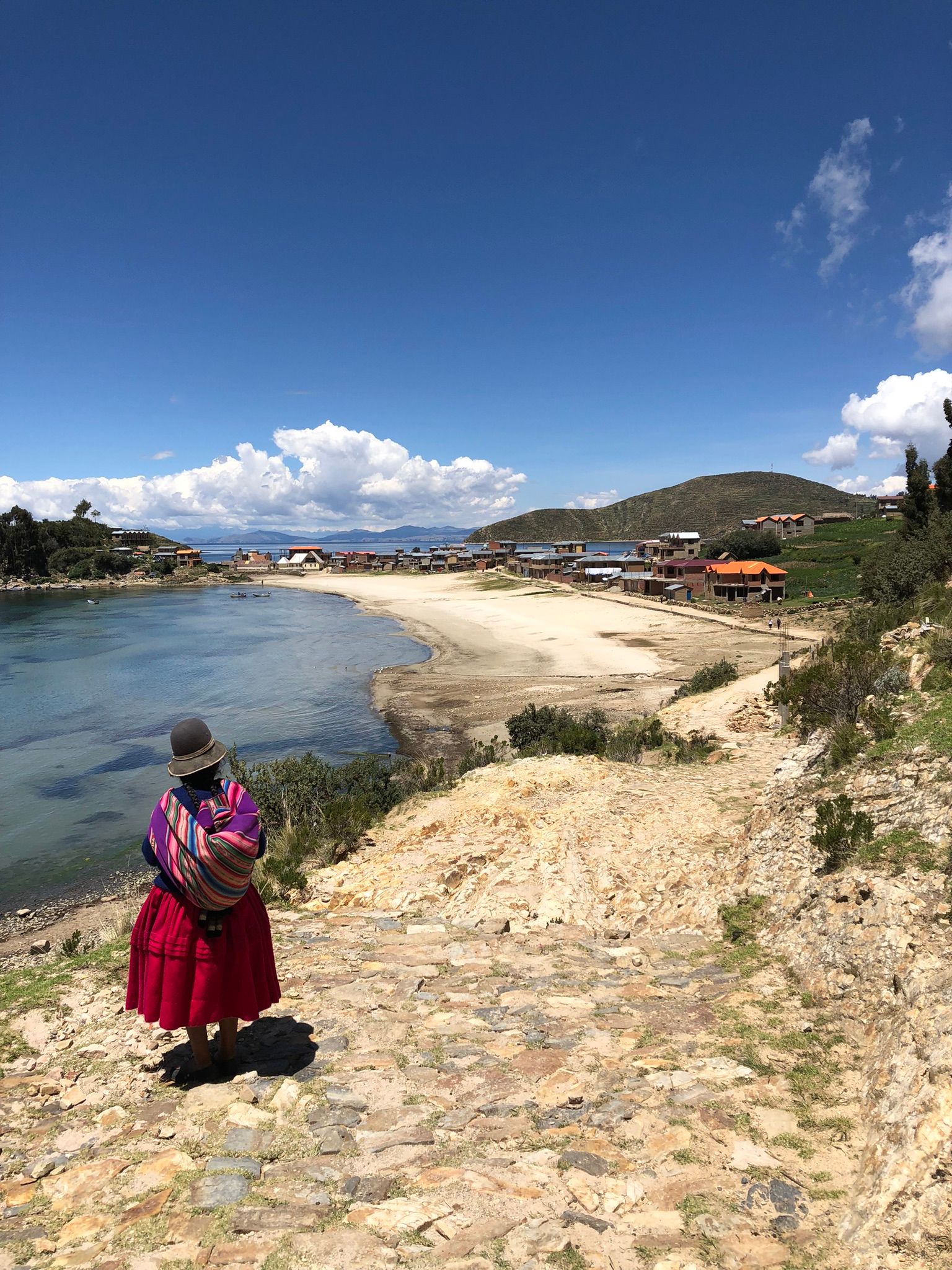
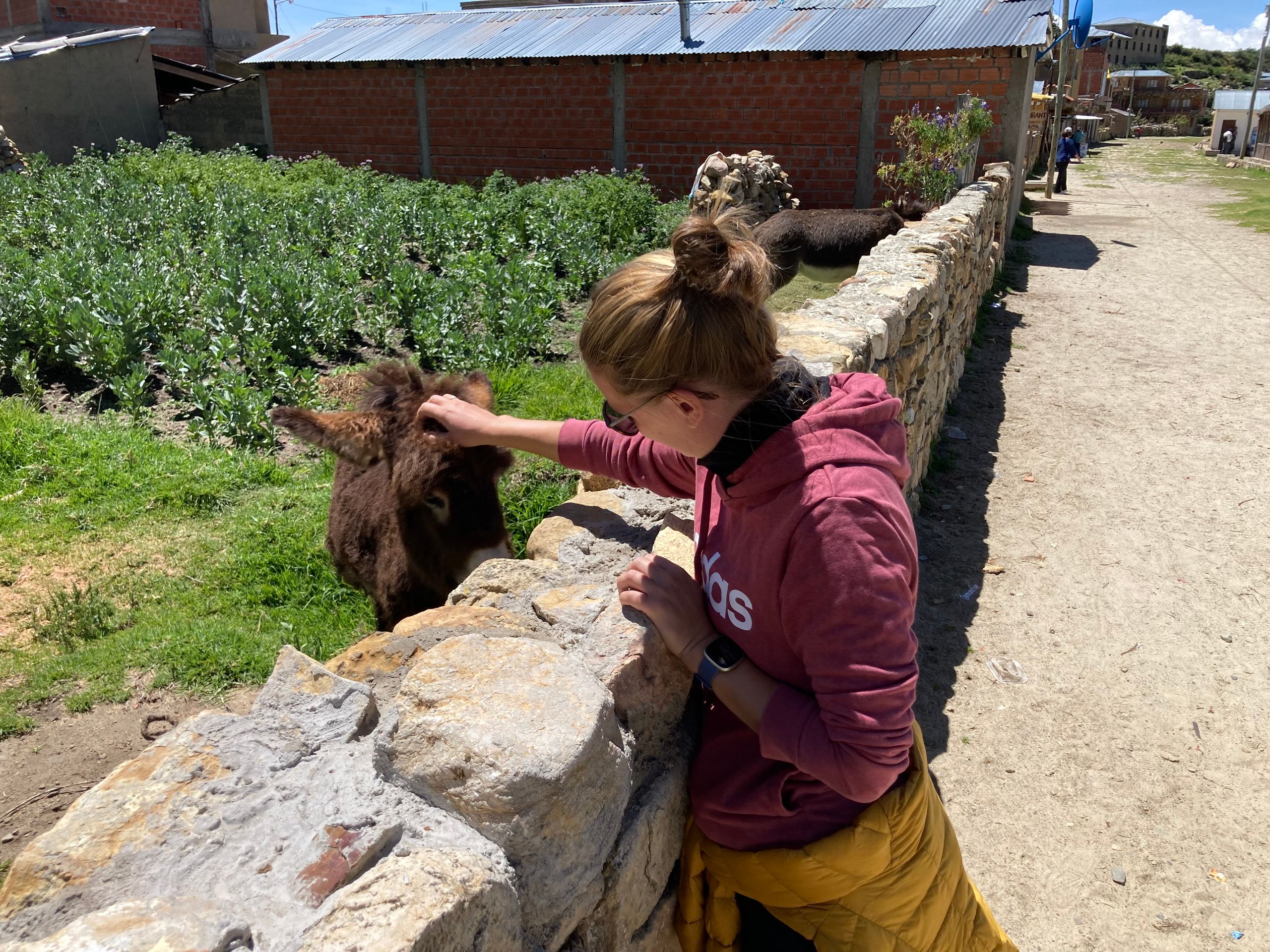

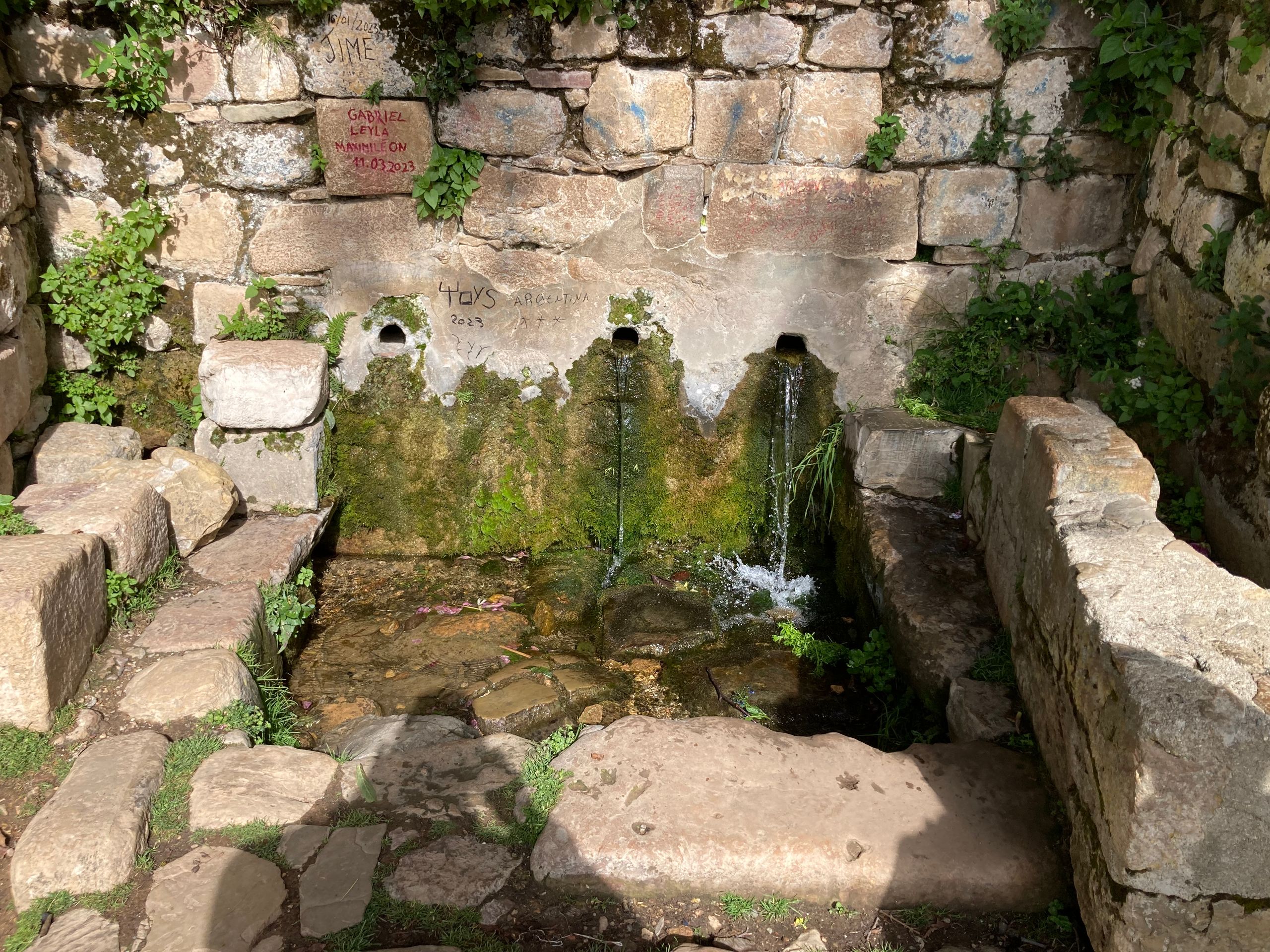
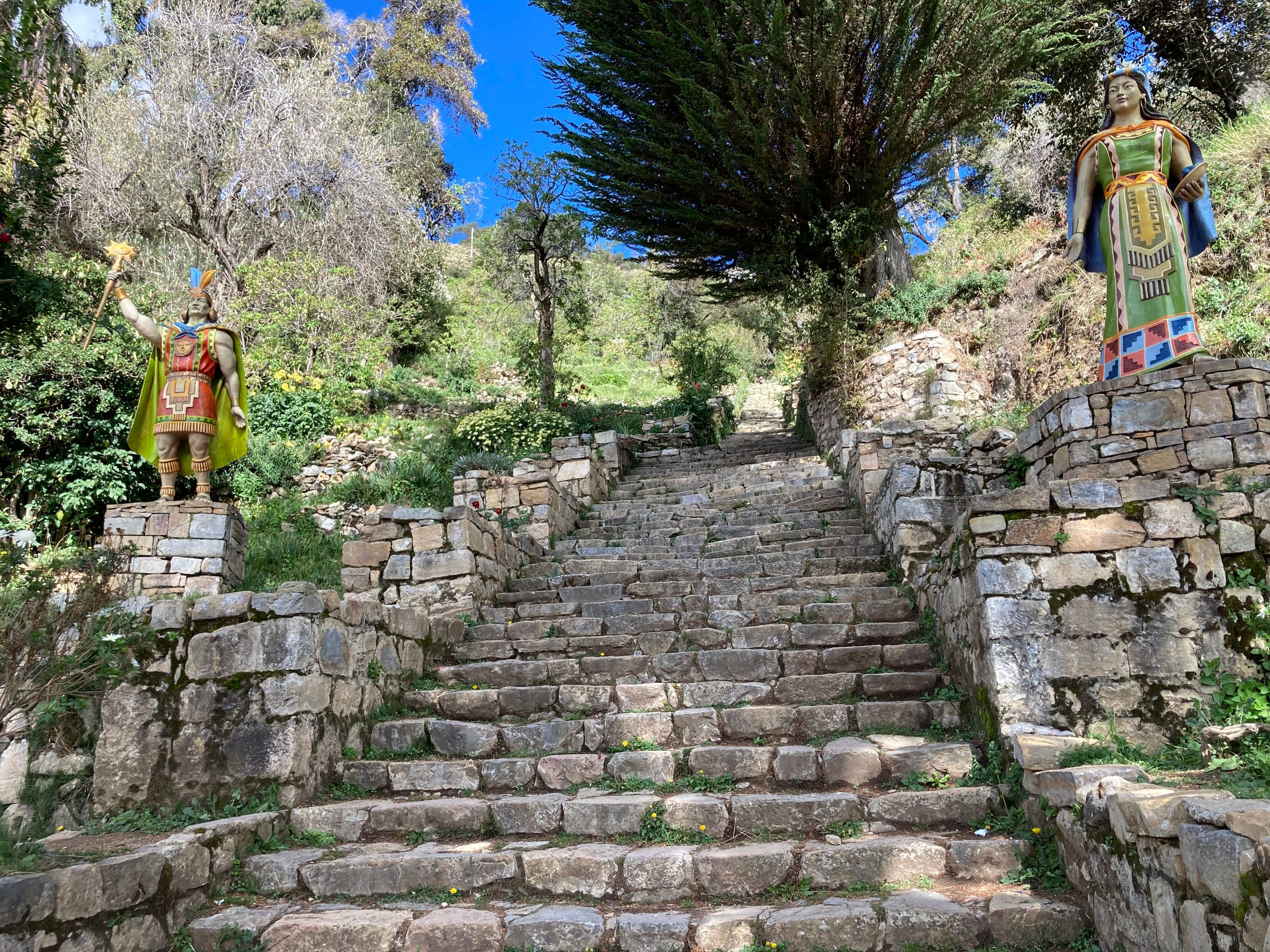
We stayed in La Paz for two more nights because we really wanted to do a hike. We chose to hike to Pico Austria, whose summit is at an altitude of 5350 meters. After a two-hour minibus ride into the mountains, we started the hike with a short march to the base camp at 4700 meters. There we had lunch before embarking on the challenging part of the hike. We climbed up to the summit in about 3.5 hours, with changing weather. First rain, then beautiful sunshine and accordingly wonderful views of the landscape, and finally snowfall at the summit. Unfortunately, we didn't have a view from the summit as everything was covered in clouds. On the way down, the sky cleared again, allowing us to take some great photos. We then took the bus back to La Paz. The trip was an extraordinary experience, even though the last meters uphill were absolutely exhausting. The effort was definitely worth it. Only the view from the summit could have been better.
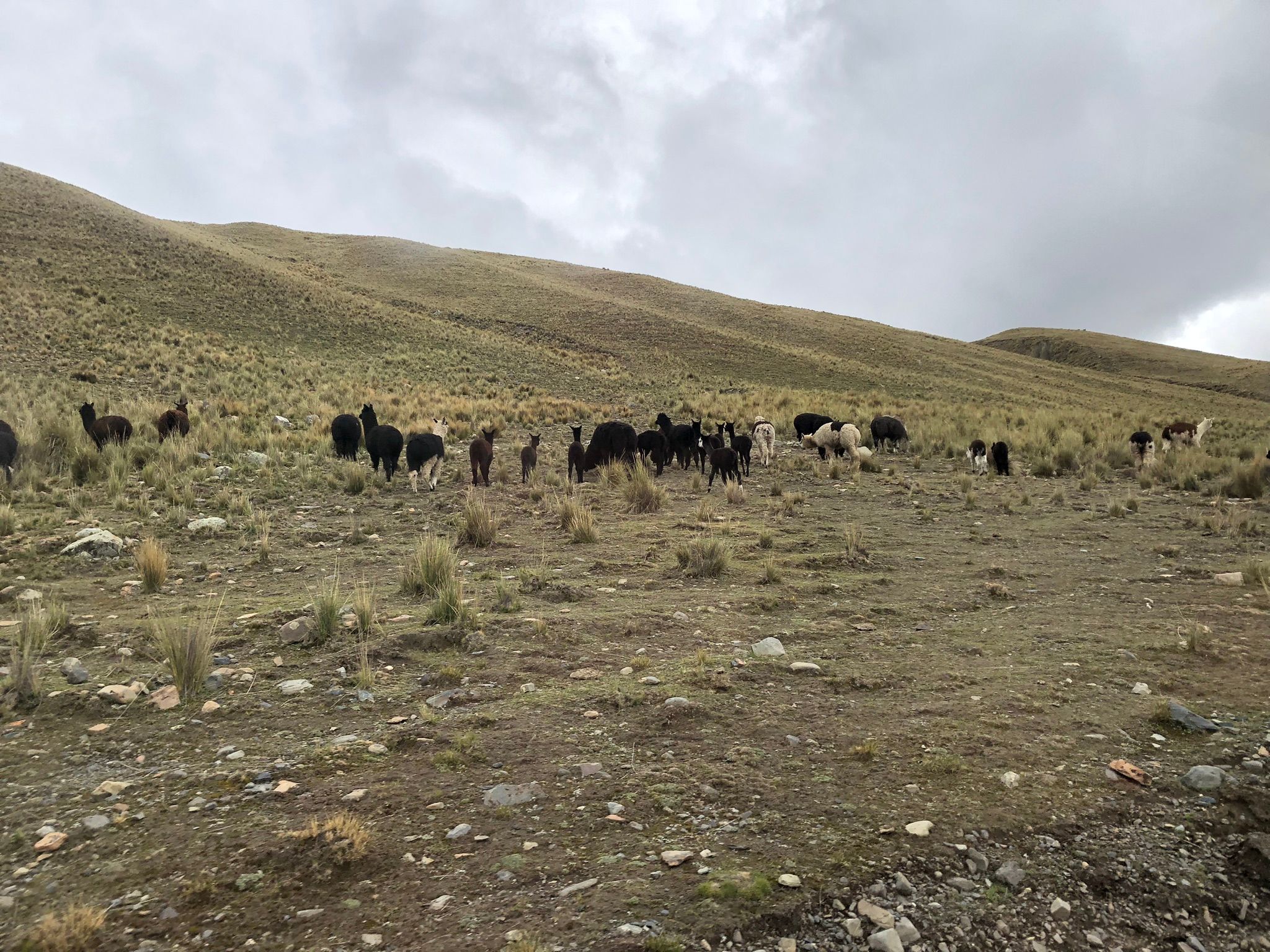
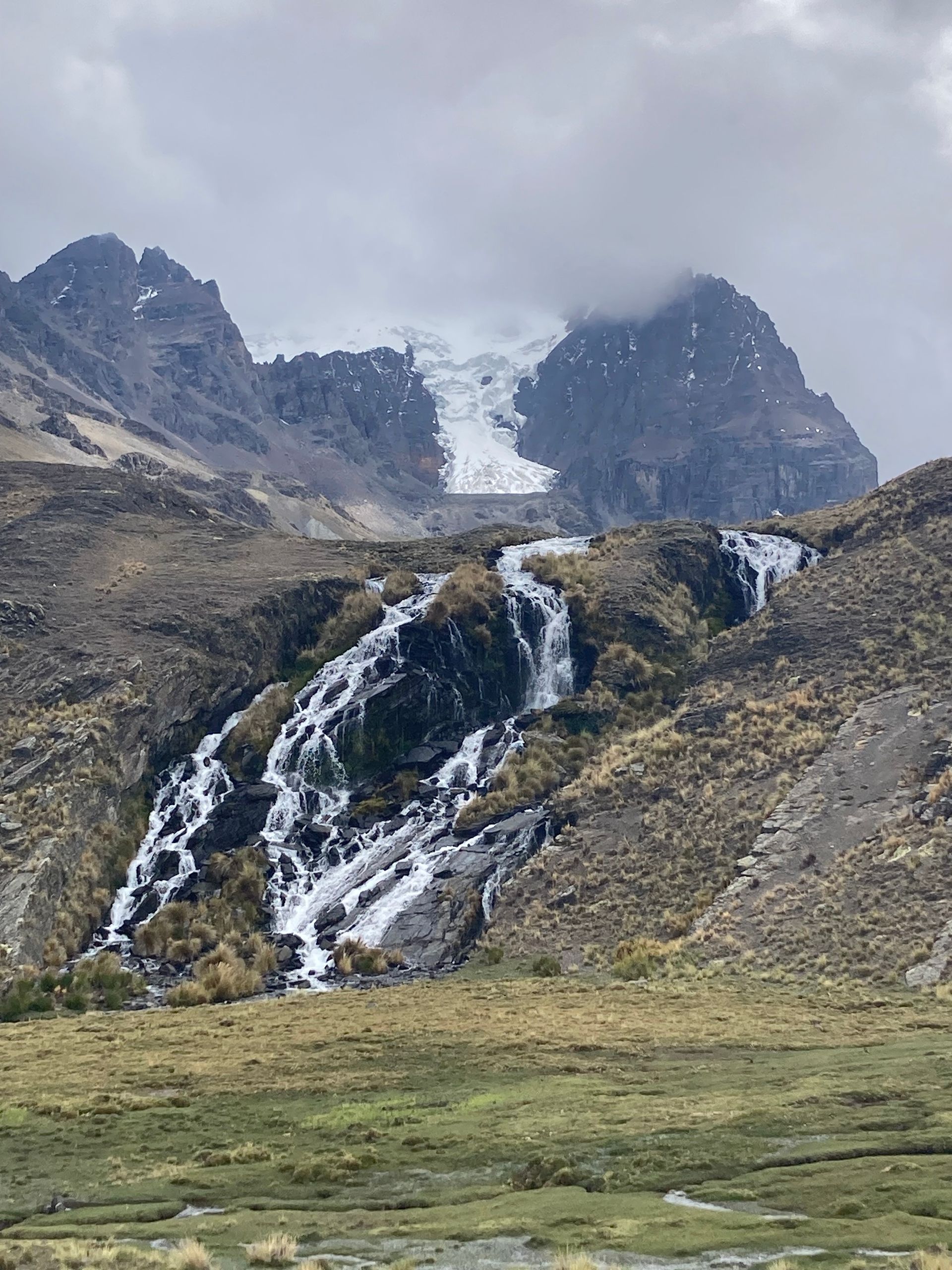
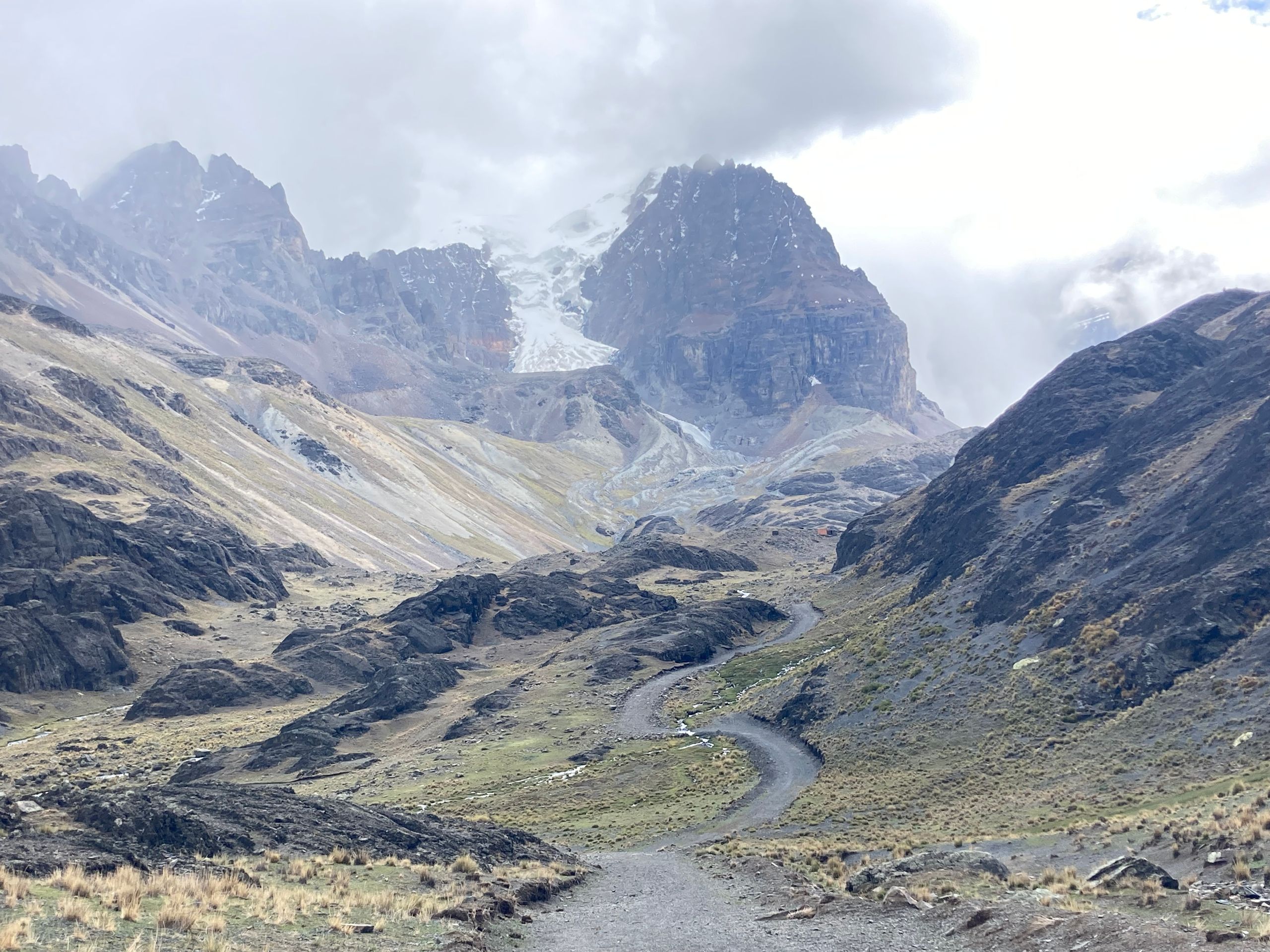


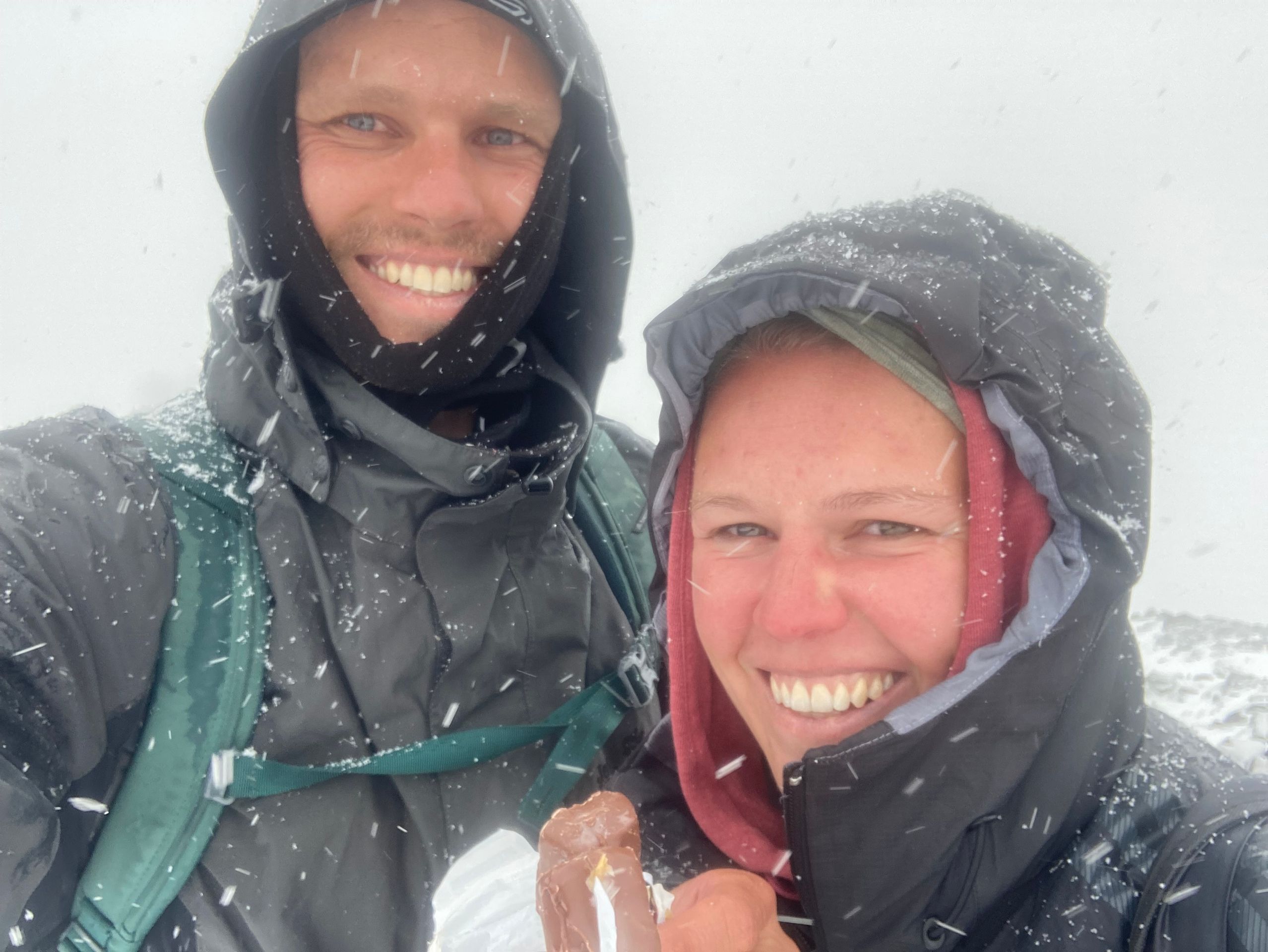
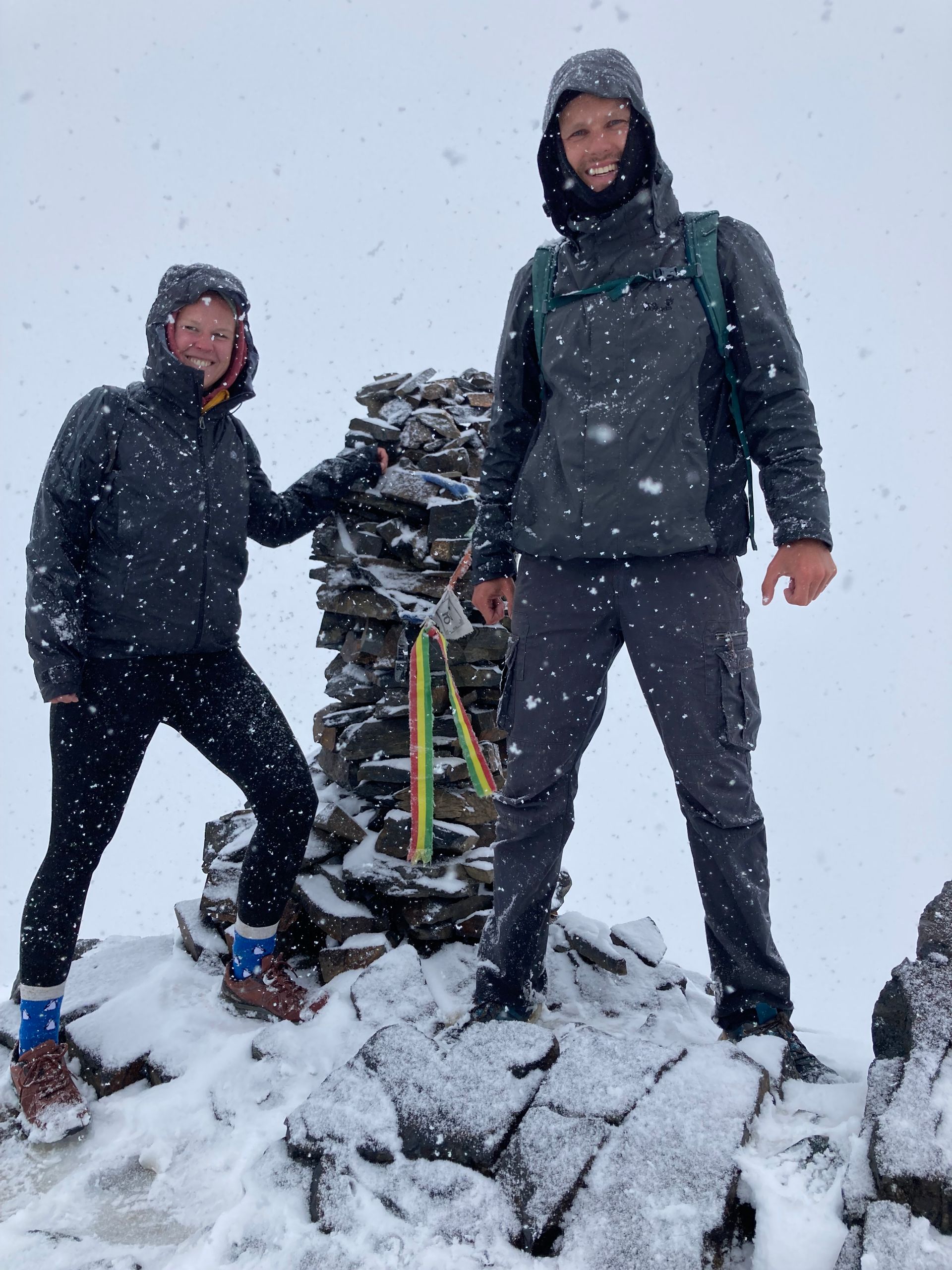
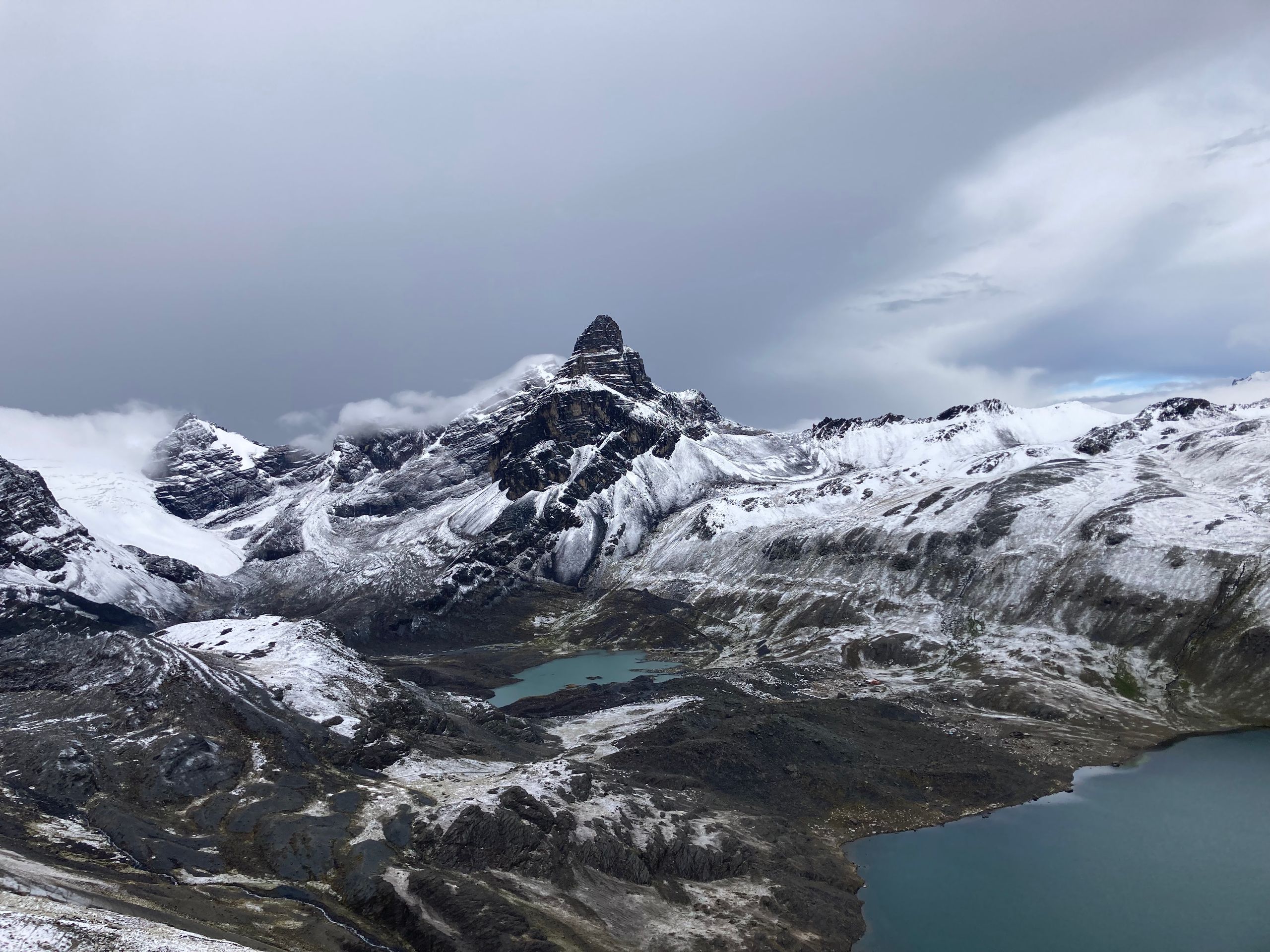
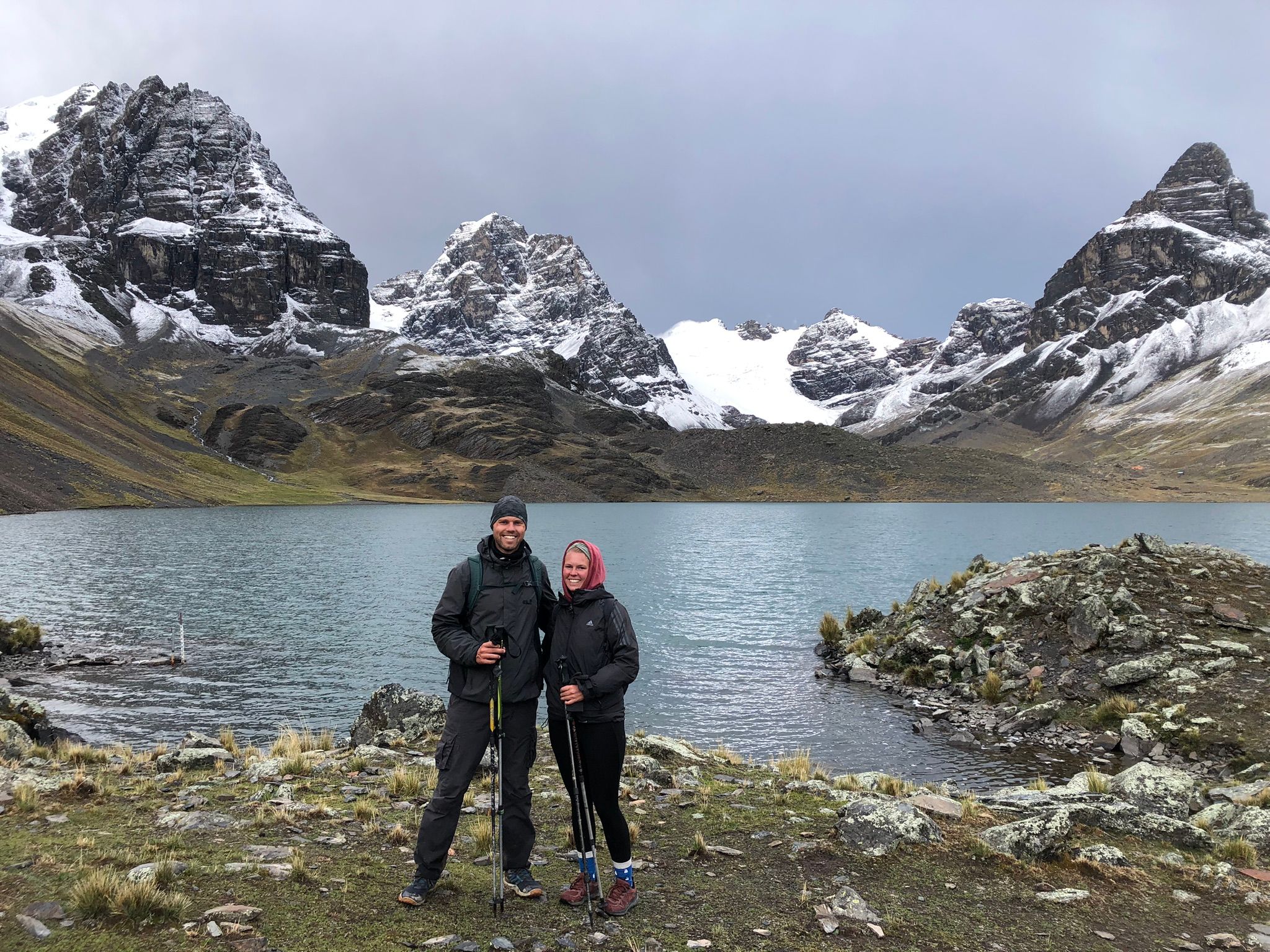
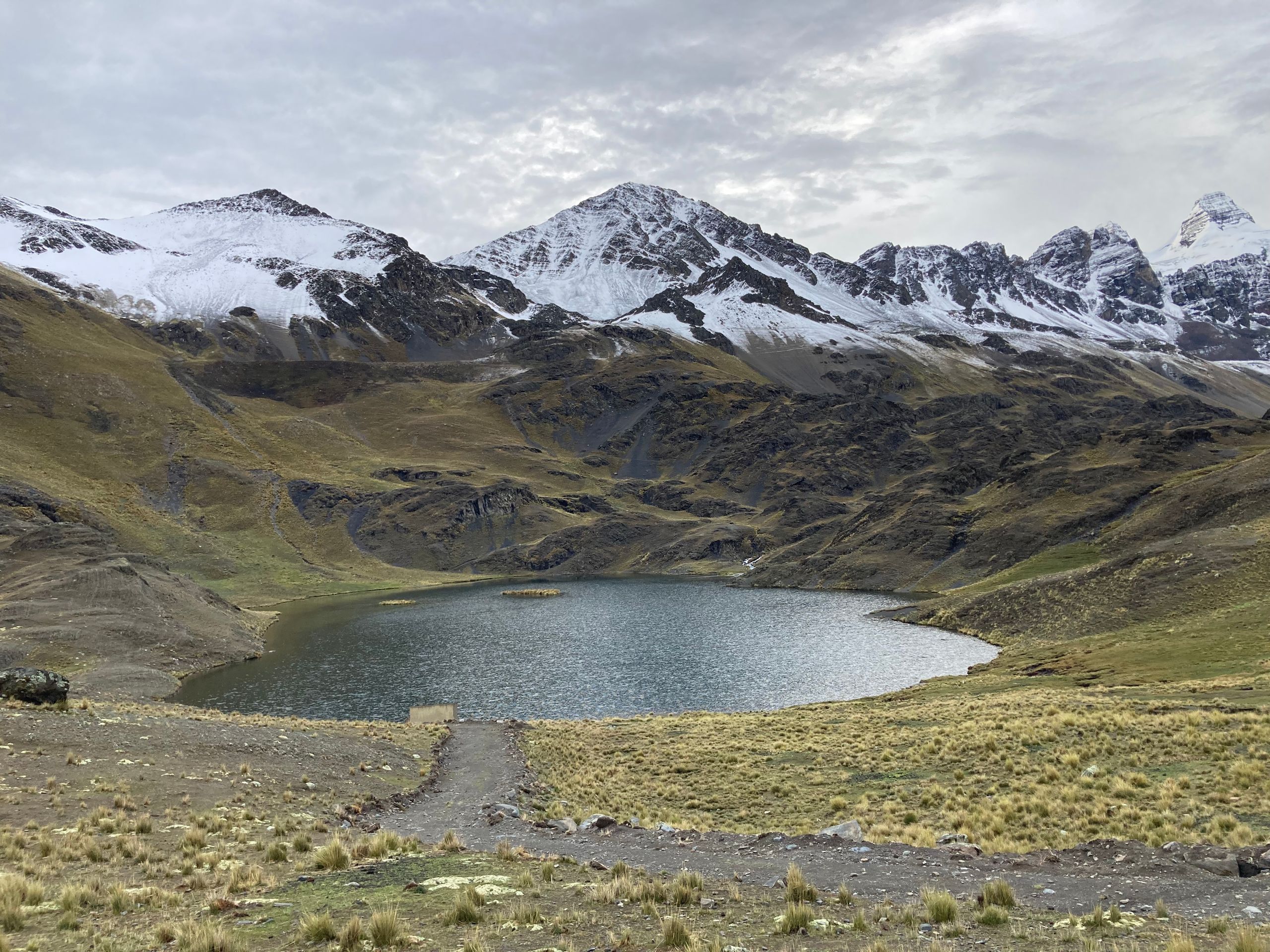
ንዜና ሳብስክራይብ ግበሩ
መልሲ

ጸብጻባት ጉዕዞ ቦሊቭያ
